


growing food making energy living fully treading lightly




growing food making energy living fully treading lightly
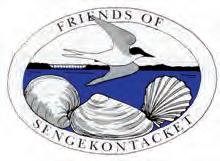

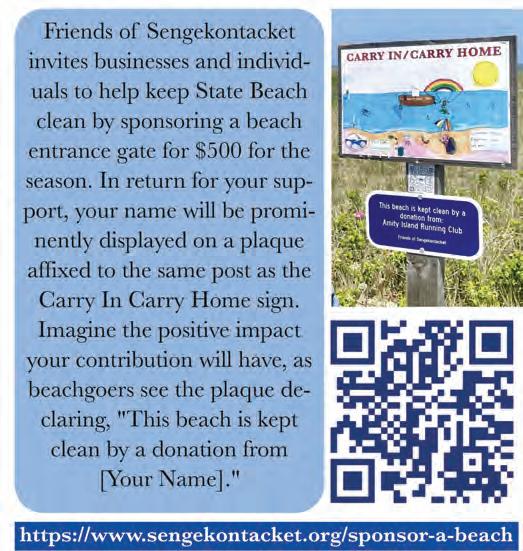
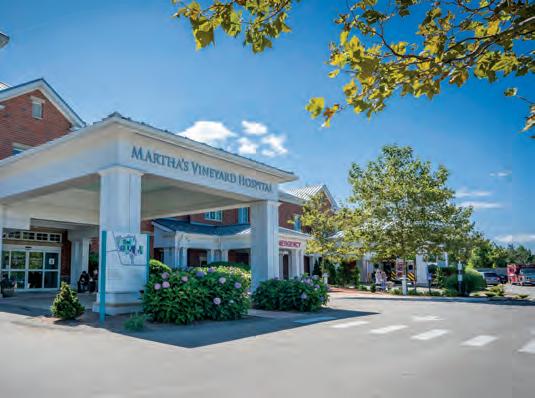

At Martha’s Vineyard Hospital, we believe a healthy Island starts with a healthy environment.
Martha’s Vineyard Hospital is committed to keeping the hospital clean and sanitized to create a healthy environment for patients and staff. Understanding that some cleaning products include chemicals that are harmful to the environment, the hospital switched to using Ecolab products in the Fall of 2022, a cleaning product that that provides infection protection while also protecting our precious environmental resources. We’re proud to be working with cleaning products that put health, safety and sustainability at the forefront for our patients and our employees.

“Look again at that dot. That’s here. That’s home. On it everyone you love .” –Carl Sagan
President Victoria Riskin
CEO Raymond Pearce
Editors Brittany Bowker, Jamie Kageleiry, editor@bluedotliving.com
Senior Writer Leslie Garrett
Chief Financial Officer David Smith
Associate Editors Lucas Thors, Julia Cooper
Editorial Assistant Emily Cain
Copyeditor Laura Roosevelt
Creative Director Tara Kenny
Designer/Production Manager Whitney Multari
Design and Production Vesna M. Nepomuceno
Digital Projects Manager Kelsey Perrett
Digital Assets Manager Alison Mead
Web Producer Grace Hughes
Contributors this Issue Randi Baird, Geraldine Brookes, Doug Cooper, Hermine Hull, Sheny Leon, Sam Moore
Ad Sales Josh Katz, adsales@bluedotliiving.com
Consumer Marketing Laurie Truitt
•
Bluedot and Bluedot Living logos and wordmarks are trademarks of Bluedot, Inc.
Copyright © 2024. All rights reserved.
Bluedot Living: At Home on Earth is printed on recycled material, using soy-based ink, in the U.S.
Bluedot Living magazine is published quarterly and is available at newsstands, select retail locations, inns, hotels, and bookstores, free of charge. Please write us if you’d like to stock Bluedot Living at your business.
Editor@bluedotliving.com
Sign up for the Martha’s Vineyard Bluedot Living newsletter, along with any of our others: the BuyBetter Marketplace, our national ‘Hub” newsletter, and our soon-to-be-launched Bluedot Kitchenr: bit.ly/MV-NEWSLETTER
Subscribe! Get Bluedot Living Martha’s Vineyard and our annual Bluedot GreenGuide mailed to your address.
It’s $24.95 a year for all four issues plus the Green Guide, and as a bonus, we’ll email you a collection of Bluedot Kitchen recipes.
Subscribe at bit.ly/MVBluedotSubs
Read stories from this magazine and more at marthasvineyard.bluedotliving.com

Find Bluedot Living on Twitter, Instagram, Facebook, and YouTube @bluedotliving
Did you know that the nineteenth-century landscape artists are credited with inspiring the conservation movement, and the creation of American national parks? Here on the Vineyard, our artists memorialize views we might not see on our own, or views that might one day be lost — to the sea (or maybe to development), and maybe encourage us to become better stewards of the land around us.
W hen I mentioned to Art Director Tara Kenny that I wanted to have a lot of wonderful landscape art in this issue, she said, “You should have Doug Cooper write about the geology of those landscapes.” Doug Cooper, father of associate editor Julia Cooper, and an Island soil engineer and geologist, shared his “Island Geology Tour” with many of us Bluedotters last fall. He explained to us how varied and unique MV is, with its sandplains and glacial moraines, great ponds and salt marshes. We asked Jennifer Pillsworth and Chris Morse at the Granary Gallery (and Field Gallery) to select some images that represented the variety of landscapes artists captured over the years. Doug Cooper explains in the text how those features came to be.
Big thanks to Doug, and to Jennifer Pillsworth and Chris Morse for all their help and enthusiasm.
I have a new colleague at Bluedot MV: Britt Bowker will be taking over as editor of this magazine as the year goes on (I’ll still be involved!). Britt worked at the MVTimes, and recently
A year-round business serving the Island of Martha’s Vineyard for their furniture, mattresses, bedding, and home decor needs.



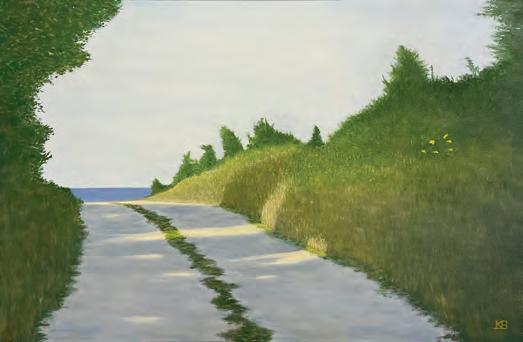
The Boston Globe. Welcome, Britt!
More news: We’ll be launching our Bluedot Kitchen newsletter this fall. You’ll find recipes, tips on avoiding food waste, and good stories about the people who make our food. Sign up here: bit.ly/BDL-newsletters
O ur Late Summer issue, out in August, will be entirely devoted to food on the Island, so you’ll get a taste of Bluedot Kitchen.
Human/Nature, Art and Conservation on Martha's Vineyard will be at the MV Museum from Sept. 19 to Jan. 12, 2025. More info at: bit.ly/MvMuseum
Until then — thanks, as always, for reading.
– Jamie Kageleiry



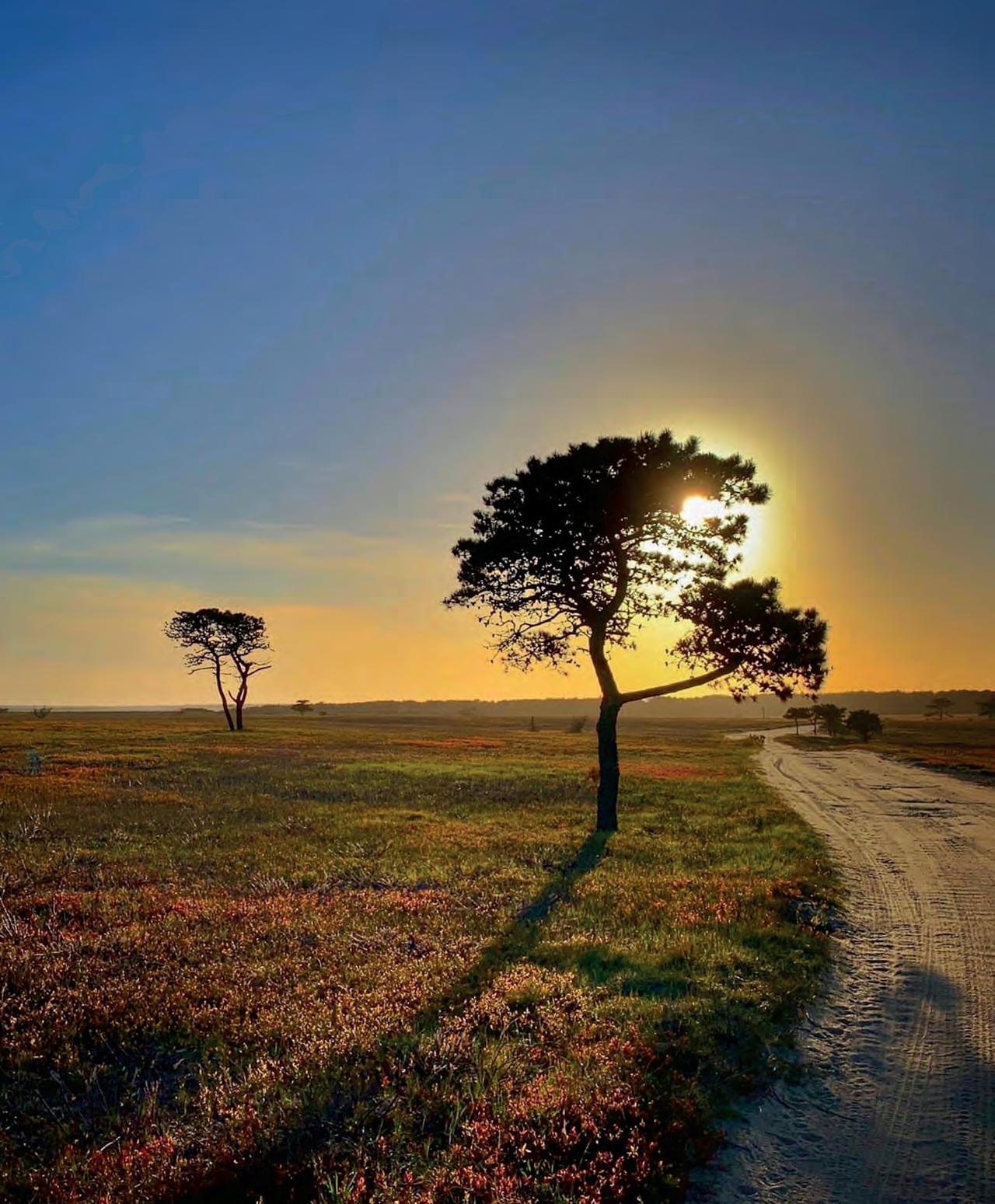
By Lucas Thors
By Doug Cooper
Hermine Hull
Sam Moore
By Geraldine Brooks
Lucas Thors

By Kelsey Perrett
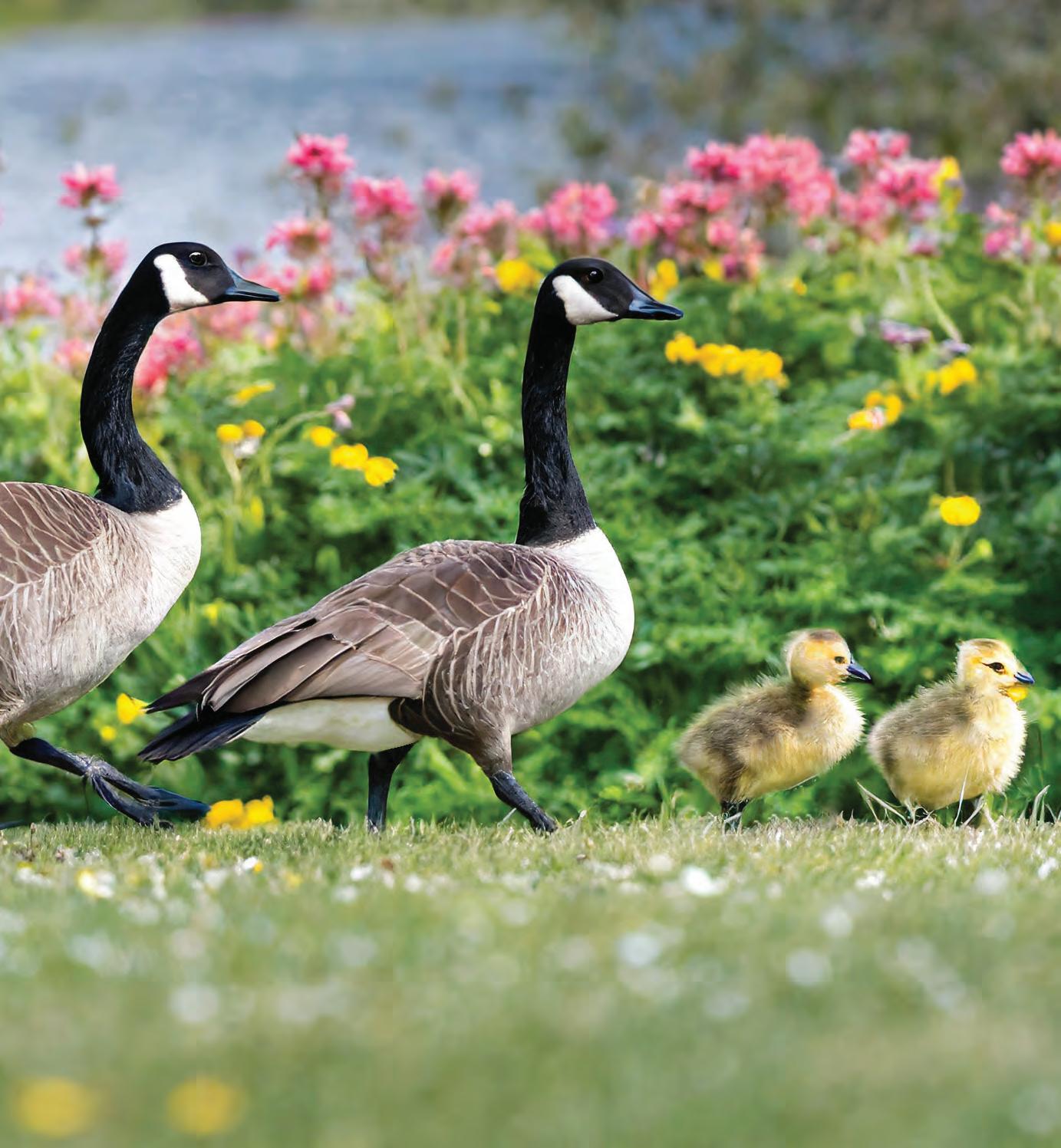

Vineyard students immersed themselves in backyard foraging, energy resilience, and more at the sixth annual gathering.
Story and Photos by Lucas Thors
Felix Neck Preserve, a sanctuary that spans hundreds of acres and is home to a rich variety of plants and wildlife, was filled with Island students for the sixth annual Martha’s Vineyard Climate Summit. I arrived at the sanctuary early Thursday morning, as sleepy but excited students filed off buses and gathered around Felix Neck
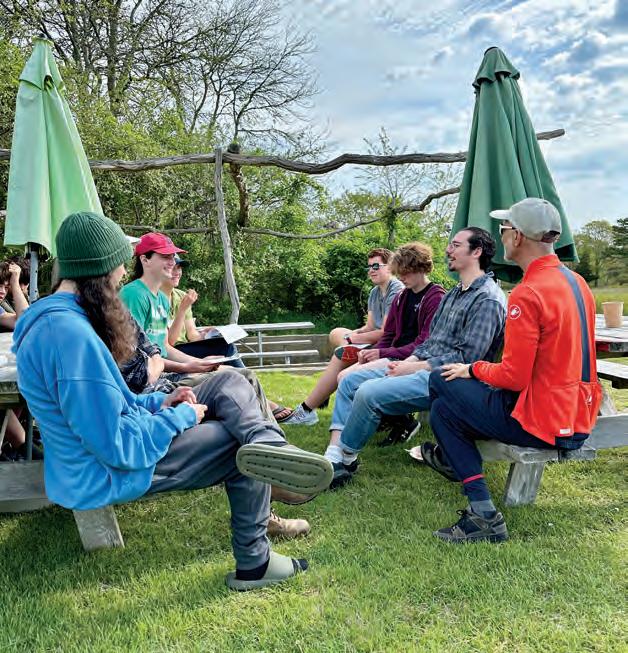
staff members to get familiar with the day’s agenda. Rain was in the forecast for later in the afternoon, so there was no time to waste.
Teachers and naturalists at the preserve have nurtured the next generation of eco stewards for decades by offering naturebased education to students of all ages. The climate summit gives
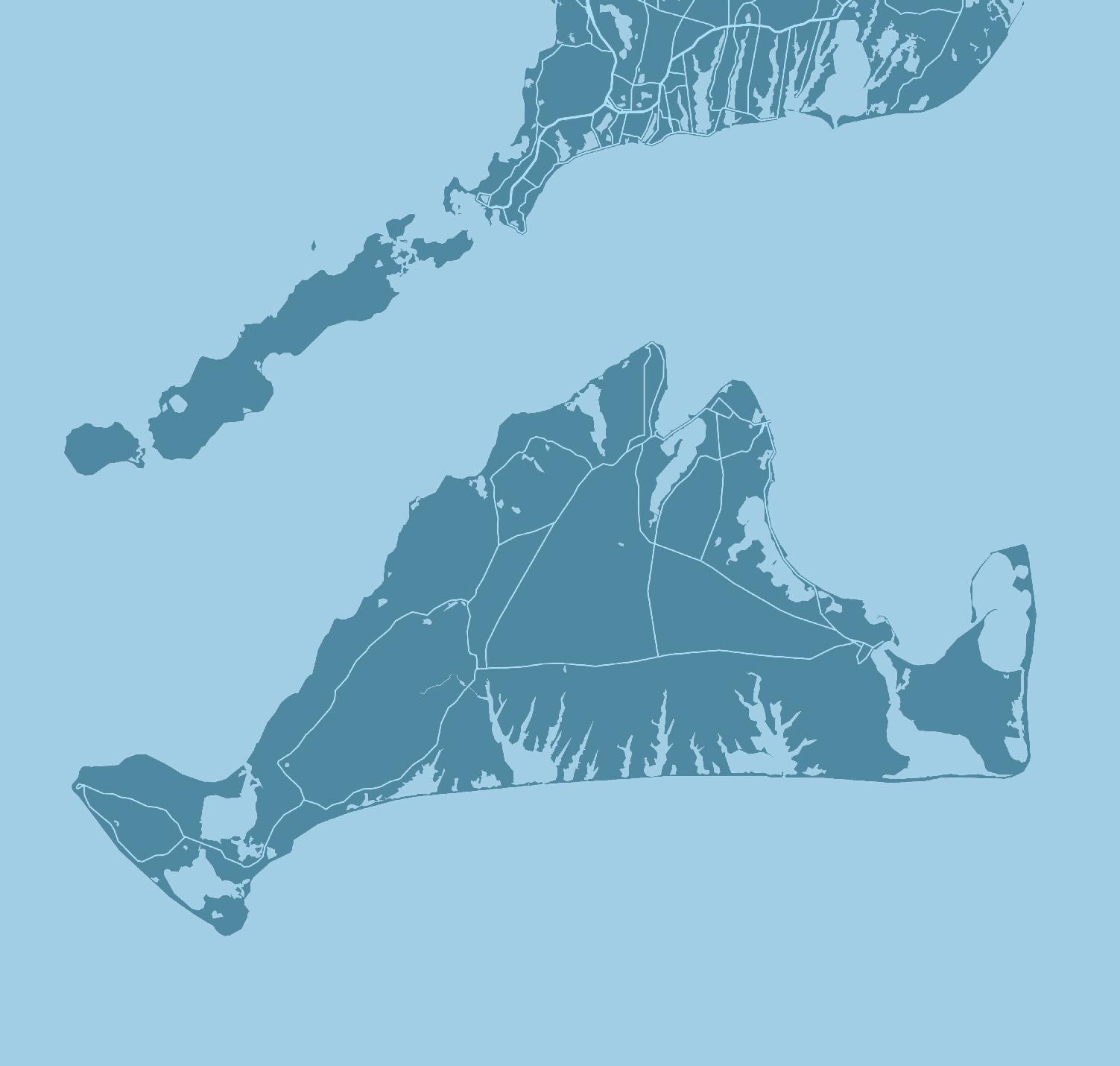
On our one-year anniversary as the first B Corporation certified bank in Massachusetts, our deep connections to community, local business, and environment continue to inspire our mission of banking as a force for good.
“Felix was a Wampanoag person, and a farmer, and he knew how to care for this land.”
–Alexis Moreis, Wampanoag Tribe of Gay Head (Aquinnah) member
Martha’s Vineyard Regional High School and Martha’s Vineyard Public Charter School students the opportunity to guide their own learning, and let their interests dictate the day of outdoor education. Students led various roundtable discussions on topics like Wampanoag land stewardship, fast fashion and thrifting, and creative ways to reduce plastics. They also worked with their teams to design conceptual garden plots using string as a grid and cards representing the different crops. Students made flower prints, and foraged for native edible plants in other hands-on workshops.
MVRHS science teacher Heather Lochridge spoke to groups about Island Eats, a local organization that’s offering a reusable alternative to single-use plastic takeout containers. (See bit.ly/ IslandEats.) “We all know how bad single-use plastics are. Island Eats offers stainless steel bowls with silicone lids — a bunch of different
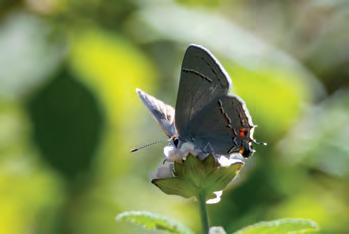
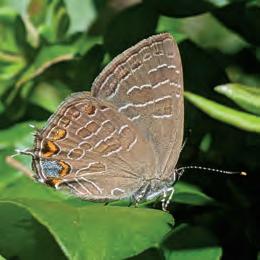

restaurants and coffee shops have partnered with them,” Lochridge said. “Some places also have metal soup containers and metal cups.” Students at the climate summit ate lunch in Island Eats stainless steel bowls, giving them a firsthand look at the rapidly-growing program.
At an adjacent table, members of the local renewable energy cooperative Vineyard Power gave students a rundown on the organization’s goals, and how they’re supporting individuals, families, and businesses transition to clean energy. Luke Lefeber, Vineyard Power controller and renewable development manager, said his team is working with the community to build solar installations and integrate them with local battery storage. “Eversource can only do so much, so you need to ensure that the island also has the capacity to create resilience for itself,” he said. “How can the community provide its own energy and store that energy if Eversource has an issue?”
Before the Smith family began farming at Felix Neck around 300 years ago, Wampanoag Tribe member and farmer Felix Kuttashamaquat lived and farmed there. Respect for the ancient indigenous stewards and original tenders of the land — the Wampanoag people — was a central theme of the daylong climate dialogue. Del Araujo and Alexis Moreis, two Wampanoag Tribe members, sat in one shaded area of the Felix Neck campus known as Kuttashamaquat Corner to discuss indigenous land use on Martha’s Vineyard.
Conch, or welk, they said, has a rich gastronomic and cultural history on Noepe (the Wampanoag name for Martha’s Vineyard), and

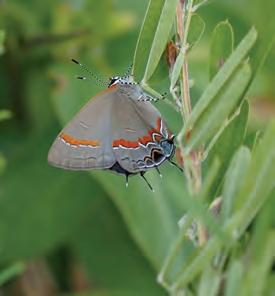
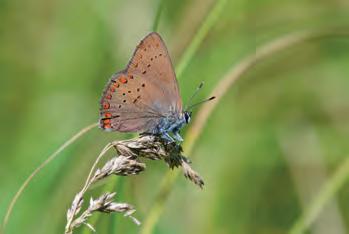
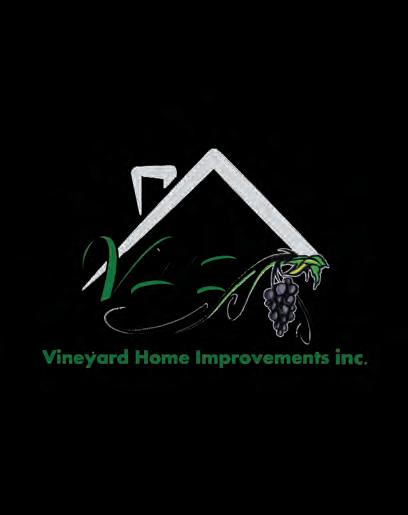

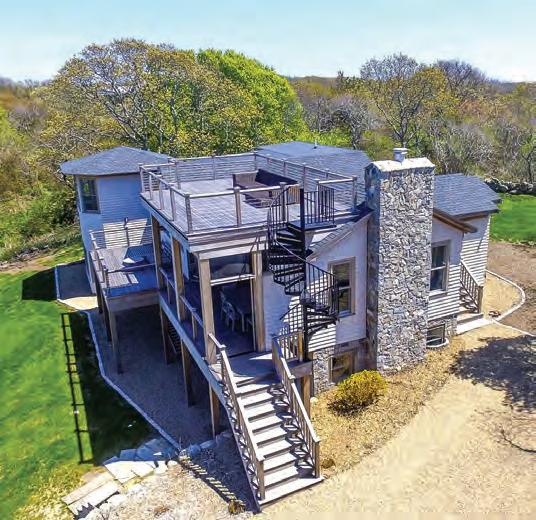
Webster’s Dictionary defines “cooperation” as: “operating together to one end; joint operation; concurrent effort or labor.’’ This accurately describes VINEYARD HOME IMPROVEMENTS’ culture and approach to every project. Our staff recognize the importance of partnership, and the ability to work as a team, as well as the necessity of being fair and flexible.

• Experienced in all phases of residential and commercial building construction.
• Skilled Craftsmen
• Design & Value Engineering
• Team Approach
Equipped to handle the more complex multi-story/multi-unit new projects, yet agile enough to execute the smaller jobs with the same degree of professionalism.
is very profitable internationally. Moreis said Indigenous sustenance rights are essential to the fabric of the Wampanoag community. Many tribes were forced onto small plots of land to farm, forage, hunt, and fish. Moreis said they are still fighting to reclaim the land they stewarded for millenia. “It’s important to have Indigenous communities steward the land and remain in control of these resources, and have them preserve the biodiversity in some of these natural spaces, like Felix Neck,” Moreis said. “Felix was a Wampanoag person, and a farmer, and he knew how to care for this land.”
The well-groomed trails and unique biodiversity of the Felix Neck woodlands, meadows, ponds, salt marsh, and shorelines make it the perfect outdoor classroom. Forager, cook, and internet personality Alexis Nikole, known online as Black Forager, has been exploring the preserve since she was a child. Nikole, who has more than 4 million followers on TikTok, was the guest of honor at the climate summit, and led a foraging walk where she pointed out common edible plants, and gave tips on how to make healthy and delicious foraged meals. “This is a milkweed plant. These guys only need a quick blanche for them to be rendered edible. At this stage it’s very asparagus-like. If it snaps like this when you break it, that means it’s good eating,” Nikole said.
While Nikole led groups around the campus, she described the connection between foraging and responsible land management. She said that when Europeans first arrived in America, they were surprised to find natural spaces so abundant in wild game and edible plants. “These spaces didn’t look like farms, but they were extremely productive. To them, it must have felt like a magical land filled with bounty,” Nikole said. “The reason for all that bounty and all that diversity was the stewardship practices that occurred in the United States prior to European arrival.”
Some students attended round table discussions where they heard practical tips on how to live more sustainably.
Forager and internet personality Alexis Nikole speaks with students about one of her favorite native edible plants, milkweed.
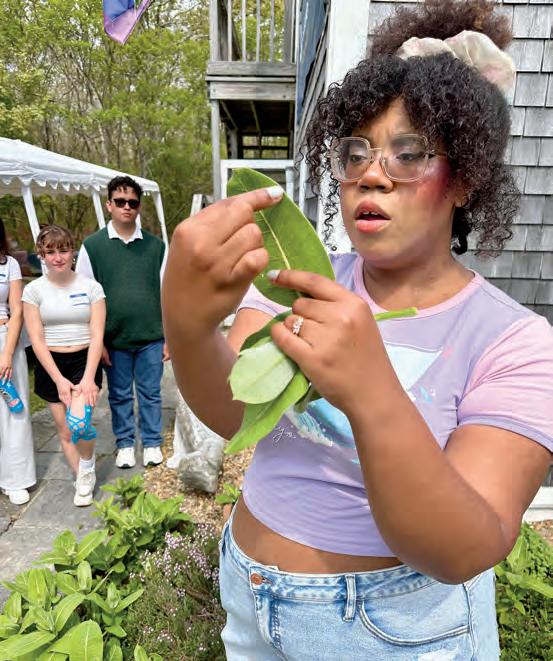
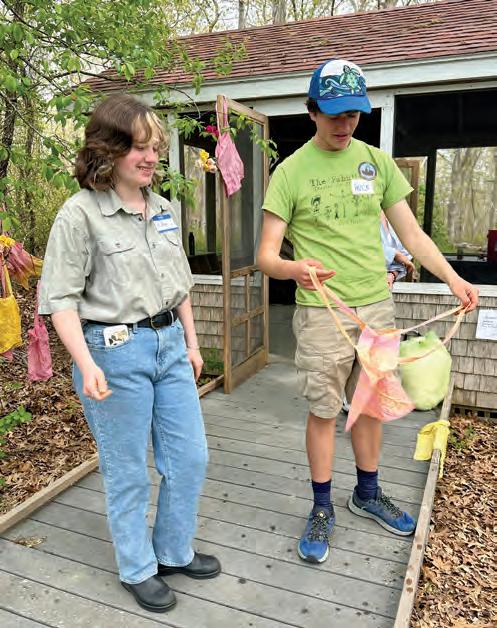
Executive director of Vineyard Conservation Society Samantha Look told participants that they as consumers have the power to steer the direction of commerce and production away from excessive consumption. “Ever heard of people referring to voting with your pocket book?” Look asked. “We are constantly being told we need the next best thing, whether it’s the latest season of fashion, or the newest phone. But because we can exert pressure on these companies by simply not buying more stuff, we are actually in control — our possessions don’t have to be our jailer.”
Team exercises at the climate summit prepared students to stand up and make their voices heard at town meetings, as so many consequential environmental decisions are made on the town meeting floor. Each team had to defend their stance on how an imaginary plot of town land would be used. Some students advocated for turning it into a public park, while others suggested preserving the land in its original state, and using some of it to create affordable housing.
“Studies have shown that time spent outside in parks can help people fight against mental health issues,” MVRHS student Senique Wilson said as she held a stick that served as her “microphone.”
Additionally, Senique pointed out that people visiting national parks contribute billions of dollars to regional economies, while creating hundreds of thousands of private sector jobs. “I believe we should continue to support the public environment,” she said. MVRHS students Finn Robinson and Brodie Vincent represented the interests of solar developers, and said using the parcel of land to construct a ground-based solar array would increase the community’s access to renewable energy, and reduce reliance on fossil fuels.
Bangii-Kai Bellecourt, a student and member of the Wampanoag Tribe of Gay Head (Aquinnah), suggested that the land be used to create affordable housing and the remainder of it be preserved.
“There is an extreme housing issue on this island, and development is causing an issue with native plants and animals. Land preservation is very important to me and has been important to my people, who have lived here for over 15,000 years, and continue to live there.”



Serving the Community of Martha’s Vineyard 1(833) MV SOLAR (687-6527)
Solar System Installation
New & Retro t Battery Storage Canopies & Pergolas
Commercial & Residential



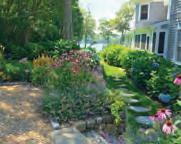
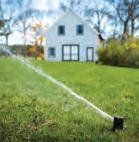
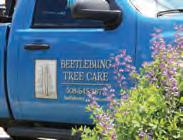
By Lauren Sinatra, Town of Nantucket; and Gail Walker, Founder of Nantucket Lights
In many communities, people leave on too many outdoor lights at night. This ever-present glow, known as light pollution, is interfering with our ability to enjoy the natural beauty of the night sky and is harmful in other ways. It’s also a huge waste of energy.
Nantucket has had an outdoor lighting bylaw in effect since 2005, and even stronger regulations were adopted in 2023 to address the growing light pollution on the island. In general, unless falling within an exception, all outdoor lighting must meet four requirements. It must (1) be fully shielded (meaning no light can be emitted upwards) if the light is brighter than 600 lumens; (2) have a warm color temperature of 2700K or lower; (3) not exceed specified limits on brightness; and (4) be turned off between 11 pm and 6 am.
To help property owners comply with the new requirements,


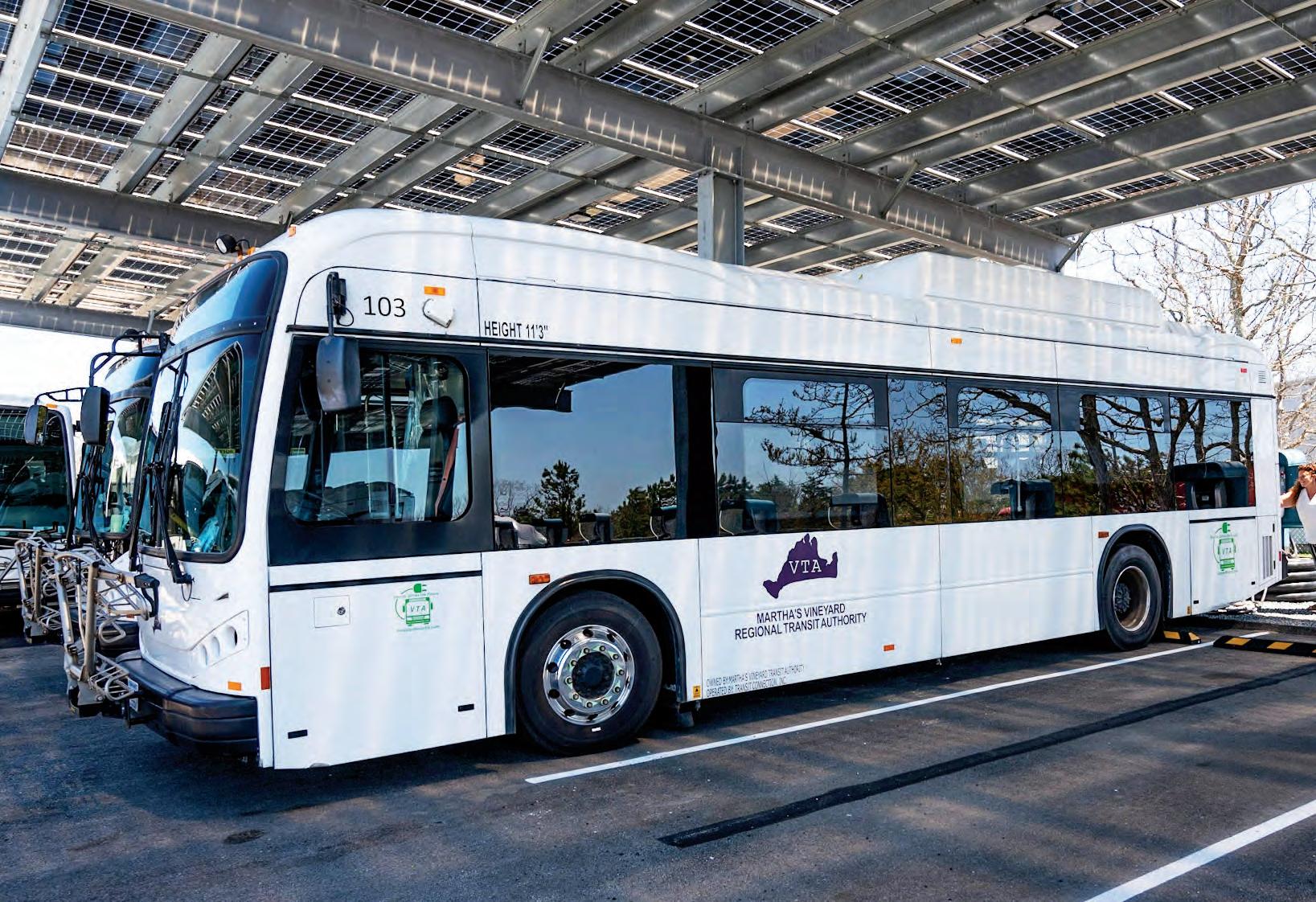
proponent of the new regulations — offers comprehensive guidance, and is working with the Town of Nantucket to urge property owners to take a careful look at their own outdoor lighting to ensure that it uses minimal energy and complies with the new regulations. To lead by example, the Town aims to upgrade all outdoor lighting at its facilities, is integrating lighting bylaw requirements in the design of new construction projects, and is investigating converting the streetlights on the island to more dark-sky friendly and energy-efficient models.
Read all about Nantucket’s efforts to save the night at bit.ly/ ACK-dark-skies.
By Corey Burdick
The Intervale, located between the Winooski River and Lake Champlain, is a gorgeous mix of farms and trails. Because the area served as a city dump from the 1930s to the 1990s, the observant trail explorer can spot vintage car parts peeking around the roots of trees. A local entrepreneur led a community cleanup, which restored soil health and inspired the germination of organic farms, gardens, and year-round recreation. But with all of this activity and public use comes the need for
maintenance. Duncan Murdoch, the Intervale’s Natural Areas Stewardship Coordinator, had participated in a trail stewardship program when working as a horticulturist in New York City, and he thought something similar could work in Intervaleas well. Turns out he was right.
Murdoch developed the Burlington Wildways trail stewardship program after collaborating and consulting with Rock Point, a center of the Episcopal Church in Vermont. Rock Point stewards 130 acres of publicly accessible conserved lands and already had a similar system in place. After securing the buy-in of the Burlington Parks and Recreation Department and the Winooski Valley Park District, the trail stewardship program launched in 2020. By 2022, 52 volunteers were logging an annual 484 reported hours in the program, working across the wildways at the Intervale Center, Rock Point, Riverwalk/ Salmon Hole, and McKenzie Park. The primary responsibilities of a trail steward are to identify issues on the trail and, if possible, remedy them in the moment — restocking supplies at information stations, for instance, or picking up trash. When a steward is unable to solve an issue, they use an app to snap a photo and report it.
Learn more about the Burlington Wildways trail stewards at bit. ly/VT-trail-stewards.
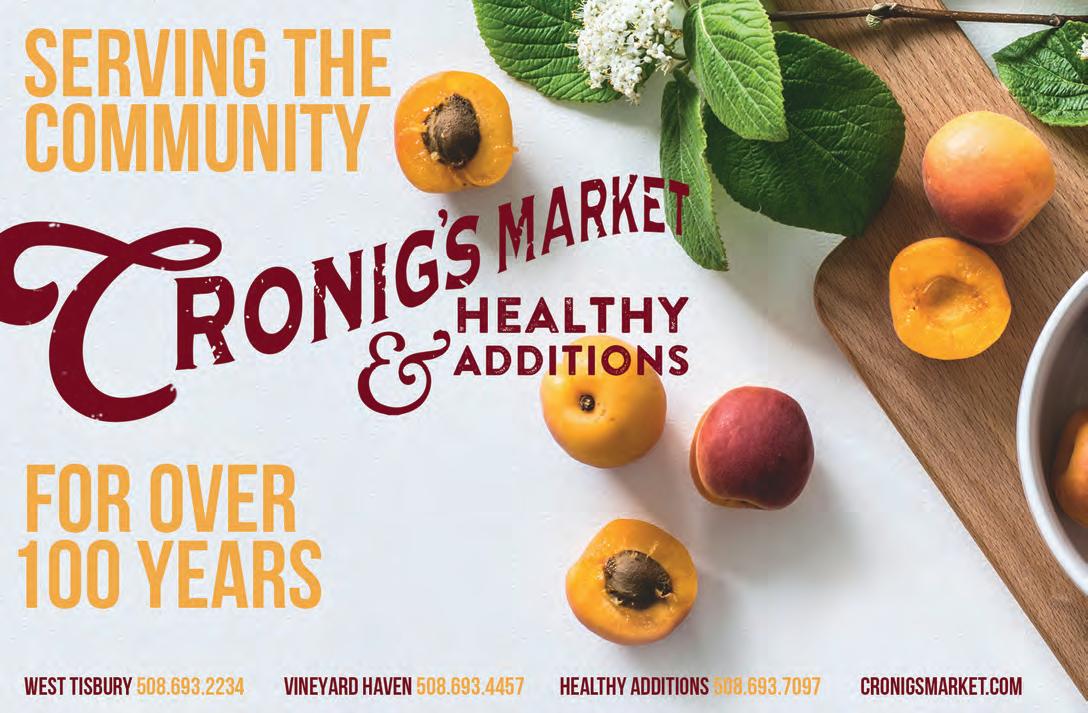


DEER, TICK & MOSQUITO CONTROL!
(508)627-2928 | MV@oh-DEER.com oh-DEER.com/locations/MV
By Frederick O’Brien
Joseph Haggard’s family has been tending land in Mendocino County, California, since his great grandmother bought property there in 1936. On their farm, Emerald Spirit Botanicals, the family grows fruits, vegetables, and cannabis.
California legalized cannabis in November of 2016, and by 2023, annual sales in the state amounted to $5.9 billion. While legalization has opened the door to many opportunities, it’s also brought challenges. The Haggards are one of dozens of families who own cannabis farms in the “Emerald Triangle” — a region in northwest California renowned for its cannabis produce — who have been feeling the squeeze of an industry with growing big money players.
In many respects, the questions asked by cannabis consumers are the same as those asked by consumers of other products: Where did the product come from? How can I know that it’s good quality? What makes its quality good? Do production methods align with my values?
In the world of cannabis cultivation, such questions revolve around environmental impact, workers’ rights, and the potency of the drug itself. In much the same way that certifications like Fairtrade strive to encourage ethical production practices, Sun+Earth Certified is having a positive impact on grassroots cannabis cultivators.
Read more about regenerative, community cannabis farming at bit.ly/CA-cannabis-agriculture.
Emerald Spirit Botanicals's Pink Boost Goddess strain.
• SAFE FOR YOU, YOUR FAMILY & PETS!
• KILLS TICKS & MOSQUITOS ON CONTACT.
• AN EFFECTIVE ‘GREEN’ ALTERNATIVE TO PESTICIDES & CHEMICALS
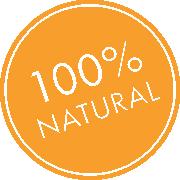
ohDEER offers you and your family a proven and safe solution to control ticks and mosquitoes so that you can enjoy your yard. Our products are true all-natural repellents that contain no pesticides or chemicals of any kind.
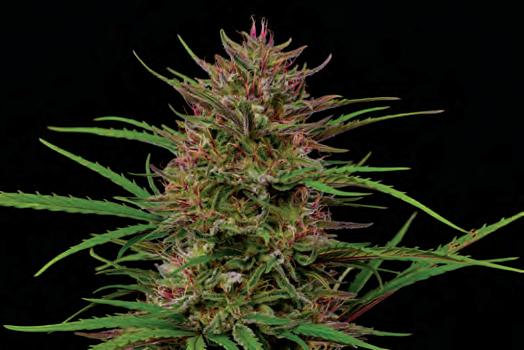
Toronto, Canada
By Alec Ross
There’s a lot to love about Toronto’s ravines. Their trees still help clean the air and suck CO2 out of it. They provide habitat for countless insects, birds, and small mammals. They serve as havens where people can walk and ride bikes and generally escape the busyness and noise of urban life. And they allow runoff to drain away from city streets into local waterways like the Don River and Lake Ontario.
Over the years there have been major changes in the
ravines. Their dirt paths are now paved over to accommodate the increased foot and bicycle traffic and many of the ravines’ native trees and shrubs have been crowded out by invasive species. One of these species, the Norway maple, is particularly nasty because it is poisonous to insects and other plants. If there are no insects, there are no birds, and if no other plants can grow nearby, the greenery on the forest floor withers away. Thus, if Norway maples and other invasives proliferate, they will ultimately take over and slowly degrade the important ecological services provided by the ravines and the diversity of the wildlife that lives there.
In 2005, in collaboration with a nonprofit organization called Forests Ontario, the City of Toronto launched the Tree Seed Diversity Program. In this program, private seed collectors hired by the city gathered acorns from High Park and the Glen Stewart Ravine, and a couple of nurseries north of the city nurtured the acorns into seedlings in controlled growing conditions. The idea was that as invasive tree species died or were selectively removed by arborists, they could be replaced with healthy young oaks that, over time, would help restore the compromised ecosystem balance.
Read more about Toronto’s Tree Seed Diversity Program at bit.ly/Toronto-Seed-Diversity. On Martha’s Vineyard, Polly Hill Arboretum offers shrubs and other plants grown from local Island seeds.



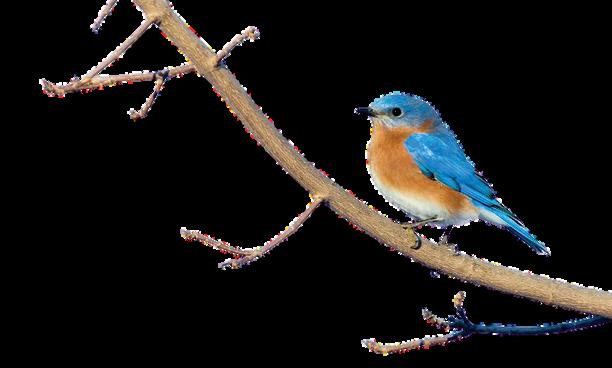
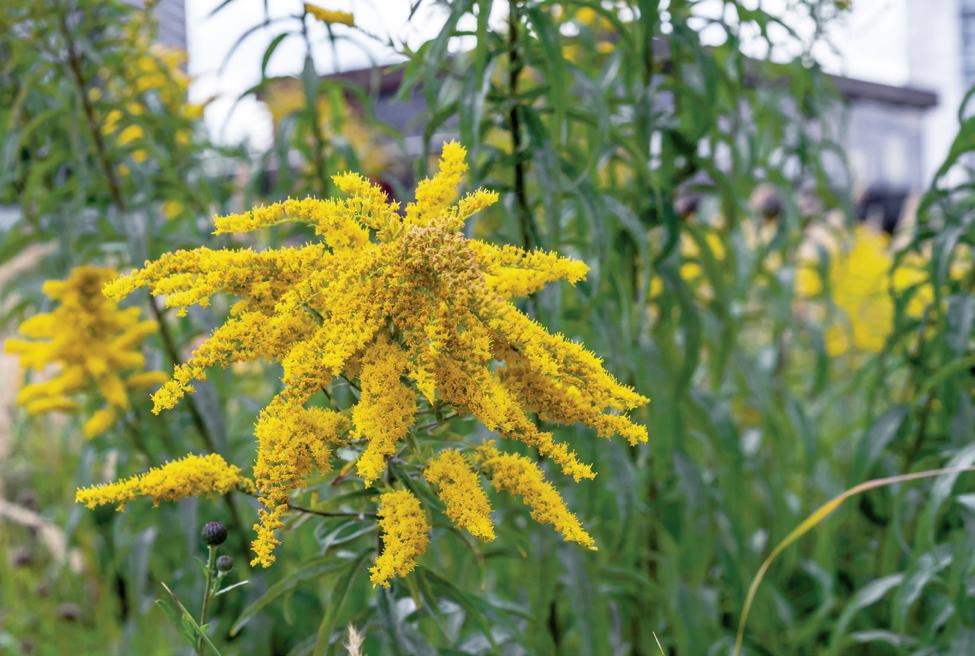

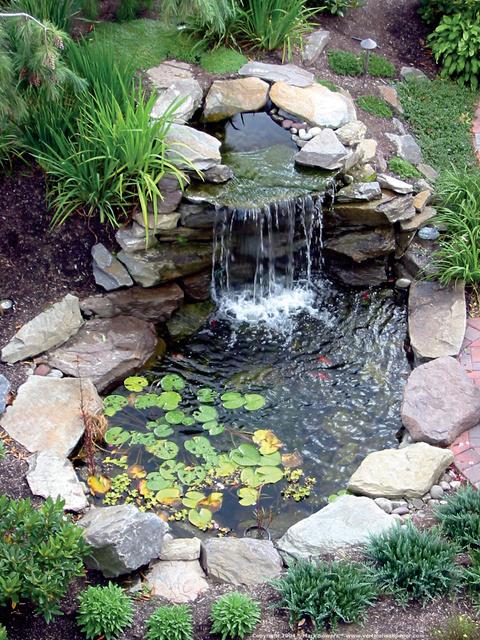
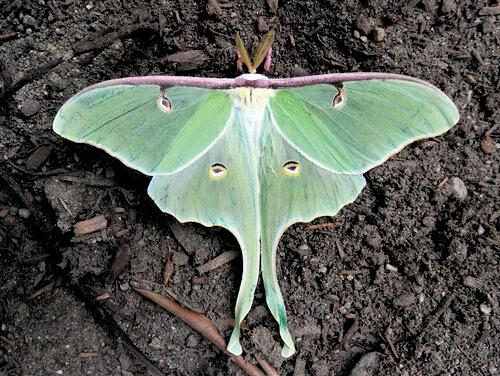
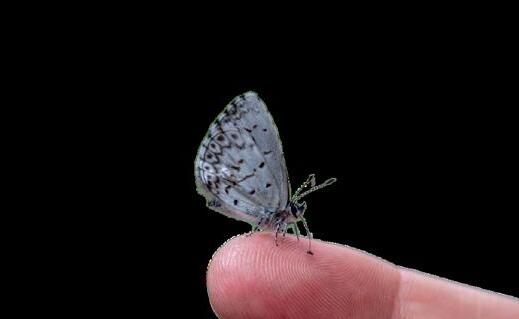
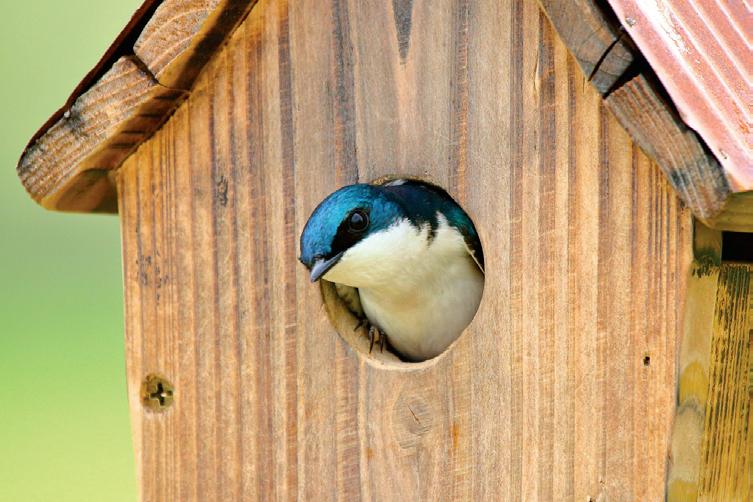

By Julia Cooper
Bluedot’s Creative Director Tara Kenny
spotted Loren Sipperly in a fabulous pair of patched-up pants at the Chilmark Flea Market last summer. We knew there had to be a story behind these jeans, so we reached out to learn more.
Julia Cooper: Where do you get the materials to make your patches?
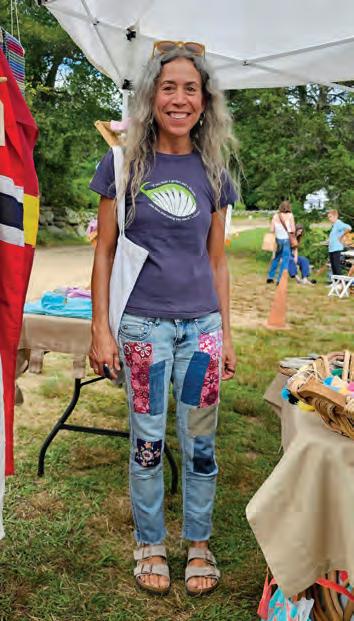
Loren Sipperly: I patch mainly with my favorite tiny things that belonged to my daughter. The darker patches on the pictured jeans are from a sweet dress of hers when she was maybe 3. Some of the corduroy is from a pair of her bellbottomed toddler pants. I also use vintage iron-on patches
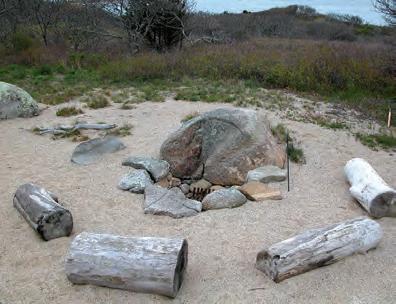

and souvenir patches from places we’ve been. My family is a bunch of thrift store fanatics so for most other patches, I buy children’s clothes and interesting fabrics at thrifts. My friends give me fabrics from projects they disbanded. I save everything.
JC: How long have these jeans lasted you?
LS: I have many pairs, first of all. Most are 15 to 20-plus years old, but this pair is nine. All of my jeans are patched as they are crazy old, but they are my treasures. They’re wearable art and neat reminders of my tiny kids who are now grown ups. I never throw away a decent pair of fixable jeans.
JC: What’s your favorite part about the process?
LS: I have zero background in sewing, but have found it incredibly soothing hand stitching my jeans.
JC: What advice do you have for people who are interested in repurposing their own jeans?
LS: Save it. Make do and mend. If a pair of jeans is too far gone, make shorts. Or use them to patch other pants. Most of all, be creative. If one patch fades, you can always replace it. Folks looking for advice and tips can reach me at azulikit@icloud.com.

Do you upcycle? Make new treasures from thrifted finds? Write us at editor@bluedotliving.com.

Using less energy is better for your home, your business, and the planet! Start with a no-cost energy assessment to find out how you can save energy and qualify for incentives on efficiency upgrades like HVAC, weatherization, and more.
Visit CapeLightCompact.org to sign up for a no-cost energy assessment.

ASa kid, I thought magnolia trees bloomed in anticipation of my early June birthday. These days, they celebrate those born in May (or even April), their lovely pink petals on the ground by the time my date rolls around.
We see other changes, too. Mosquitoes begin to annoy in early May, when they used to wait ’til Memorial Day. Daffodils pop up weeks earlier than before. Ask maple syrup producers, and they’ll tell you they’re tapping trees — done when daytime temps are routinely above freezing, while nighttime still dips below — earlier each year.
following in the footsteps of his father, whose records went back to the late 1800s. What his data showed was what we’re all seeing: change.
Professor Ed Hawkins at the University of Reading in the U.K. conceived of “heat stripes,” a way to make clear the changes we’re experiencing.
“No words. No numbers. No graphs. Just a series of vertical coloured bars, showing the progressive heating of our planet in a single, striking image,” is how his site describes heat stripes.
By Leslie Garrett
We’re not imagining this. The Washington Post recently put together a chart of how bloom times are changing.
Phenology is the study of these cyclic and seasonal phenomena, our dictionary tells us. The National Phenology Network (yes, it’s a thing!) keeps careful track of these changes. And some of us laypeople keep careful records of these changes too, such as the guy I knew who lived beside a lake who had spiral bound notebooks filled with the dates of when the ice formed on the lake and when it melted. He was
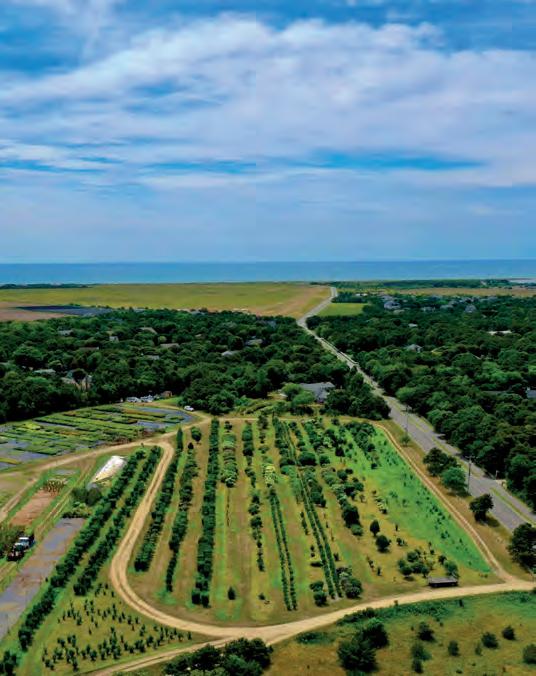
But what phenology doesn’t include are the feelings that accompany these long-relied-upon markers of time — when certain trees bloom, when certain bugs emerge, when certain birds return or leave.
A group of women created the “Tempestry Project,” based on Professor Hawkins’ stripes, as a way for us to process our feelings around these changes and channel both data and emotion into hand-woven tapestries.
The result is lovely. And devastating.
For that, we’ll need another word.




The Community First Partnership helps Island residents and small businesses increase energy efficiency, decarbonize their buildings, and save money.
BY LUCAS THORS
MassSave was established in 2008 to help Massachusetts achieve its energy efficiency goals.
The program provides no-cost energy assessment and helps people upgrade their home's insulation, heating and cooling systems, and add energy-efficient appliances (even electric lawn equipment). Funding for MassSave comes from a surcharge on all Massachusetts ratepayers' electricity bills. Cape Light Compact administers MassSave on the Cape and the Island.
In 2023, the Cape Light Compact selected the Island towns and Vineyard Power for their Community First Partnership to participate in the MassSave programs. The partnership seeks to expand access to energy efficiency and decarbonization funds “through strategic partnership with the Island’s six towns, collaboration with other Island organizations, community-based social marketing, and community-based outreach,” according to Vineyard Power’s Energy Transition Coordinator, Thamiris Marta, whose goal is to connect with all Island ratepayers — renters, landlords, residents whose primary language is not English, low-tomoderate income residents, residents of Environmental Justice communities (such as Aquinnah, Oak Bluffs, and parts of Tisbury), and small businesses.
You can start by getting a no-cost energy home assessment; an energy specialist will assess your home’s insulation, make recommendations for improvements, then present options to convert heating and water systems.
“Participants are matched with an approved insulation contractor if insulation work is recommended, and then given a list of approved local HVAC installers if system upgrades are recommended and desired,” Marta said. Financial incentives cover at least 75 percent of the cost of recommended work, and up to $10,000 for the installation of mini-splits. “The program may cover up to 100 percent of insulation and system upgrade costs for low- and moderate-income households,” Marta said. Costs that are not fully covered may be financed with a zero percent loan called the HEAT loan.
In 2023, approximately 800 households used Vineyard Power’s myriad energy efficiency programs; about 150 of those were low-to-moderate income households. Through the Community First Partnership, Vineyard Power is leading local outreach campaigns, building relationships with Island municipal and non-municipal organizations, and creating multilingual content to promote programming. “We worked closely with each town to distribute tax bill inserts that are sent out to all homeowners as a call to action to sign
up for a no-cost home energy assessment,” Marta said. Vineyard Power has also built relationships with each Island town’s affordable housing committee, with public libraries, senior centers, faith-based organizations, local nonprofits, grocery stores, and the Island Food Pantry to provide educational resources, host regular tabling events, and offer presentations on energy efficiency and electrification.
“Our goal is to make sure each individual, family, and small business on Martha’s Vineyard has access to energy efficiency improvements, the benefits of constantly advancing technology, and the financial incentives surrounding strategic electrification,” said Vineyard Power Program Analyst Sophie Pittaluga.
In addition to the Community First Partnership, Vineyard Power helps income-eligible Islanders reduce their energy cost burdens. Through the Resiliency and Affordability Program, Vineyard Power and Cape Light Compact distribute checks semi-annually to 430 income-eligible ratepayer households on the Island to subsidize electricity costs. These grants — totaling $190,000 in 2023 — resulted in an average savings of $300 to $400 per eligible household.
Income eligible ratepayers must be enrolled in the Eversource Discount Rate (either the R2 or R4 rate class) and the Cape Light Compact power supply program to receive grants from Vineyard Power. Vineyard Power supports enrollment in the Eversource Discount Rate and Cape Light Compact power supply program, as well as enrollment in other programs, such as the Low Income Home Energy Assistance Program, Supplemental Nutrition Assistance Program (SNAP/Food Stamps), and Low-Income Community Shared Solar programming through Vineyard Power’s Resiliency and Affordability Program partner Citizens Energy.
“It’s critical to ensure that the members of our community who are most in need are provided with a community resource that offers education, support, and guidance regarding these programs, especially for the elderly and English-isolated residents,” said Luke Lefeber, Controller and Renewable Development Manager at Vineyard Power. “Most people are unaware of these programs or don’t believe they qualify. But these programs can make such a difference in the transition away from fossil fuels.”
Vineyard Power office is located at 151 Beach Rd. in Vineyard Haven. Visit vineyardpower.com or call 508-693-3002 for more information about the Community First Partnership, and sign up for no-cost energy coaching at vineyardpower.com/energy-coach.
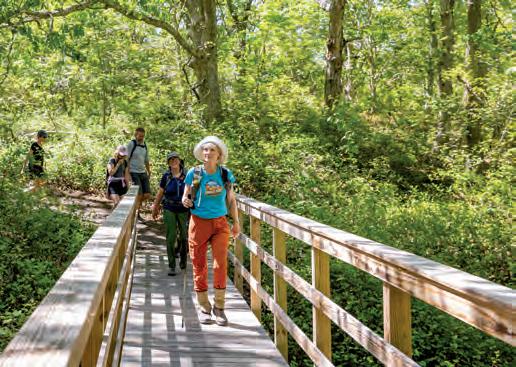
There are, as I write this, air quality warnings across the U.S. northwest, thanks to wildfires in British Columbia. And there are — no kidding — some social media accounts calling out Canadian Prime Minister Justin Trudeau, a Liberal and proponent of a carbon tax, for somehow sending this smoke to the U.S.
Against this tragicomic backdrop, scientists have conceived of a new measure of climate change. Something they’re calling “outdoor days.” The term aims to make the impacts of climate change feel more tangible to average people for whom the standard measures — mean temperature and extreme weather events, such as hurricanes — are less intuitive. Outdoor days are exactly what they sound like: the number of days conducive to outdoor activity. Or, as the research team at MIT put it, “‘Outdoor days’ are defined as the number of days with moderate
temperature, neither too cold nor too hot, that allows most people to enjoy outdoor activities, like walking, jogging, running, cycling, and more broadly enjoy travel and tourism.” Study team member Yeon-Woo Choi and his collaborators at MIT found that the historic trend of more outdoor days in the Global South than the Global North will reverse this century. “In tropical areas, outdoor days have decreased by about 13% in the last three decades compared to the period 1961 to1990,” the researchers write. “Meanwhile, high-latitude countries have experienced a 13 percent increase in the number of outdoor days.”
But before those of us who think we’ll benefit from this trend throw an outdoor party, let’s dig a little deeper into the data. Regions in the Northern hemisphere that have historically enjoyed an outdoor-days-friendly climate might also find themselves driven indoors. Texas, for instance, will see 43 fewer outdoor days, thanks to extreme heat. And, as a Canadian I noted that, while the Great White North is predicted to gain 23 outdoor days, they are mostly in the spring and fall. In fact, we will have fewer outdoor days between June and September than we do currently. Can we blame Justin Trudeau for fewer lovely summer days? The PM loves to paddle on a Canadian lake, so despite what social media would have me believe, I think he’s off the hook for this one.
- Leslie Garrett



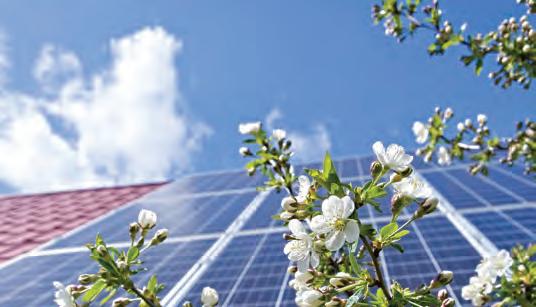


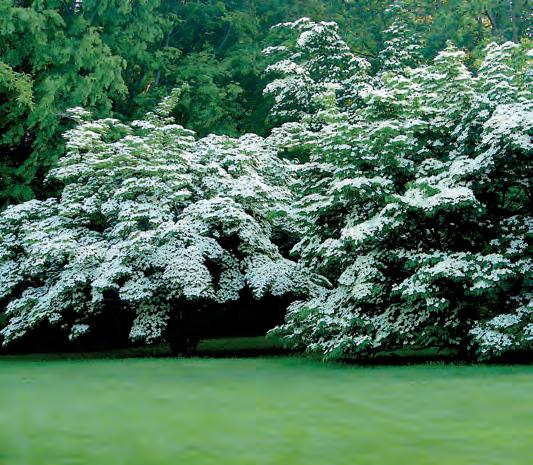
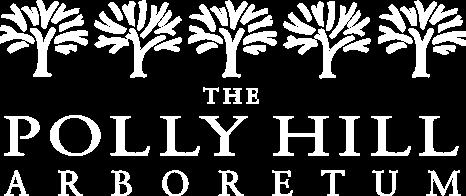
Dot tackles your thorniest questions from a perch on her dock.
Dear Dot,
I've heard that it's good to put a bee bath in my garden, because bees get thirsty and need water. I hesitate to leave out any standing water, though, because I don't want to invite mosquitoes to hatch. Do you have any suggestions?
–Thirsty for Pollinators, New York, NY
Dear Thirsty, Dot is delighted to report that your fears are unfounded, assuming, of course, that your bee bath will be well maintained and refilled with fresh water every few days or so.
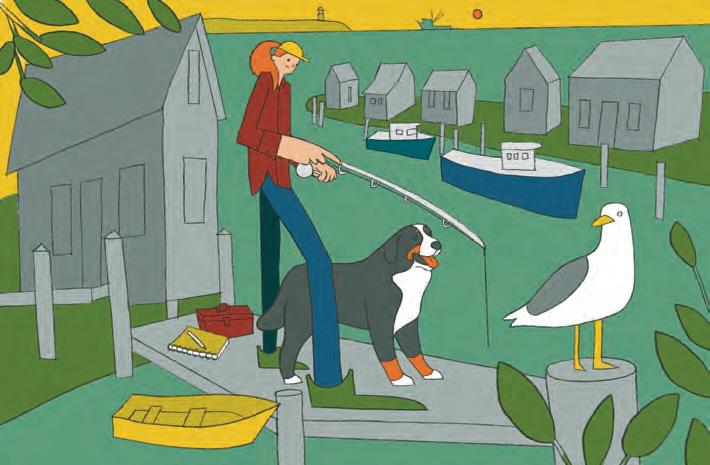
Consider this, Thirsty: Birds will likely share this bath with the bees (and why not? There’s no harm in a common water source!). And birds love little more than dining on mosquito larvae. If it’s there, they will eat it. What’s more, larvae take seven to seven 10 days to hatch. If birds haven’t consumed all the larvae, you will have dumped it all out when you refill/clean the bee/ bird bath every three or four days. If you remain concerned, you can
add some motion to your (wee) ocean, which will repel mosquitoes, who prefer their water still. A water wiggler (on Amazon) will add ripples to your bath and delight birds. While the sound might still attract bees — gurgling water means fresh water in the apian arena — bees are more likely (and safer) to stick to the edges of the bath where there’s no danger of falling in, while birds will happily frolic. ’
– Splashily, Dot

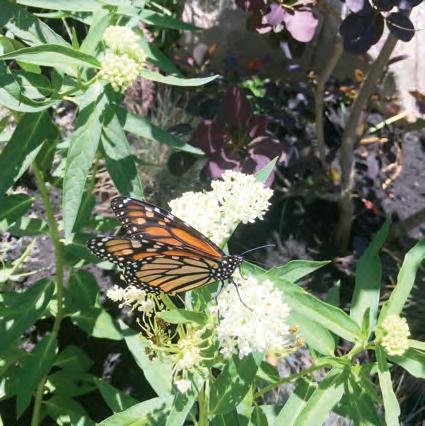

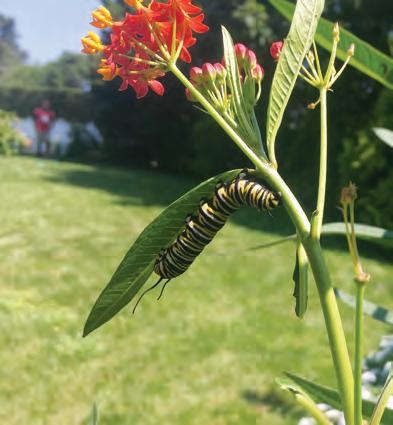
Dear Dot, How bad is it to use my barbecue? Are there good alternatives?
–Lee
Dear Lee, Your timing, Lee, is impeccable. You reached out to Dot on what is very nearly the eve of Back to Barbecue Day, a holiday (May 27) entirely made up by the Hearth, Patio, and Barbecue Association (it’s a thing, Lee!). And why not! Dot loves a good grill, a backyard barbecue, a patio party.
But, while I’m delighted you’re carbon-curious about your grill habits,
Lee, the fact is that outdoor cooking in North America makes up just a teensy-tiny part of carbon emissions. What’s more, Dot, as I’ve mentioned before, is Canadian: We Canucks have barely a nanosecond of weather conducive to outdoor grilling, so are more than a little wary of anyone who wants to pry those BBQ tongs out of our hands. After surviving a Canadian winter, we deserve to grill, goshdarnit! But even those of you who barbecue more frequently in more temperate parts of the continent aren’t likely to create an outsized carbon cook-print. In other words, Lee, while I’m happy to grill the experts on how to cut carbon, don’t sweat your outdoor cooking method too much.
There are parts of the world, including China, India, and regions of Africa, where cooking over “solid fuel sources” (typically wood) does contribute substantially to carbon emissions, and harms local health. The Clean Cooking Alliance, a U.S.based organization, works to shift

the more than one in three people globally who cook on an outdoor or wood-burning stove toward cleaner, safer methods. So bravo to them! Nonetheless, Lee, when we know better, we do better, as the saying goes, so let’s consider the ways we can put the sustainable in our sizzle. Let’s begin with what we’re grilling. Beef, we know, is particularly bad for the planet — both from massive deforestation for cattle farming, and the methane released when these cows burp and pass gas. Taking beef off your grill is a good idea. Rather than replacing it with another meat product, consider going 100% plant-based. Dot remains convinced that you could grill cardboard and it would taste delicious. Asparagus? Peppers and onions, tossed in garlic? Par-boiled potatoes coated in olive oil, seasoned with salt and pepper, and grilled over high heat in a cast-iron pan until the edges are crispy but the insides are soft? Oh yes, please! (If you’re looking for more inspiration, check out The Gardener


& the Grill, which comes highly recommended by our Marketplace Editor, Elizabeth. Find it on Amazon.)
Regarding what heat source we’re cooking these delectable delights over, while charcoal remains the choice among a select group who turn up their noses at propane or natural gas grills, it is, for the most part, the least eco-conscious choice. For one thing, burning charcoal is essentially burning carbon. And while there is responsibly sourced charcoal, researchers in a paper produced through United Nations Environment Program report that “even so-called ‘renewable’ charcoal has a detrimental effect on the environment through the use of monoculture, which compromises biodiversity.”
As for natural gas, Dot firmly believes it would be more accurately branded as simply what it is — methane. And we know, from another Dear Dot column, just how nasty methane is environmentally. As I wrote, “Drilling and extraction of natural gas leaks a greenhouse gas that
is particularly potent (from a heattrapping point of view) — methane. … And how potent is this leaked methane? About 30% more potent than CO2.”
How does propane stack up?
“Propane is usually more efficient, burning faster and hotter, and thus using less fuel with every backyardcooking session — and unlike a natural-gas line, it doesn’t keep you dependent on the fossil-fuel-delivery industry,” reports The Atlantic.
If you’re determined to reduce even your teensy tiny barbecue footprint, Lee, Dot encourages you to go electric (as with so many other aspects of our homes and lives). Even the heavyweights of the barbecue world, such as Weber and Breville, are offering electric versions (on Amazon). Or tap that sun to put sizzle on your plate with a solar grill, also on Amazon. (Rewiring America offers a guide to electrifying everything in your home — and why it matters. In brief: As we transition our grid to include more energy from renewable sources, we need appliances
that aren’t reliant on fossil fuels.)
Whatever you decide, Lee, remember that backyard grilling is small fish compared to the other ways we contribute carbon to the atmosphere. Changing what you grill (and eat, generally), how you move yourself around, and how you heat and cool your home will have a far greater impact.

- Heatedly, Dot
Please send your questions to deardot@bluedotliving.com
Want to see more Dear Dots? Find lots here: bit.ly/Dear-Dot-Hub

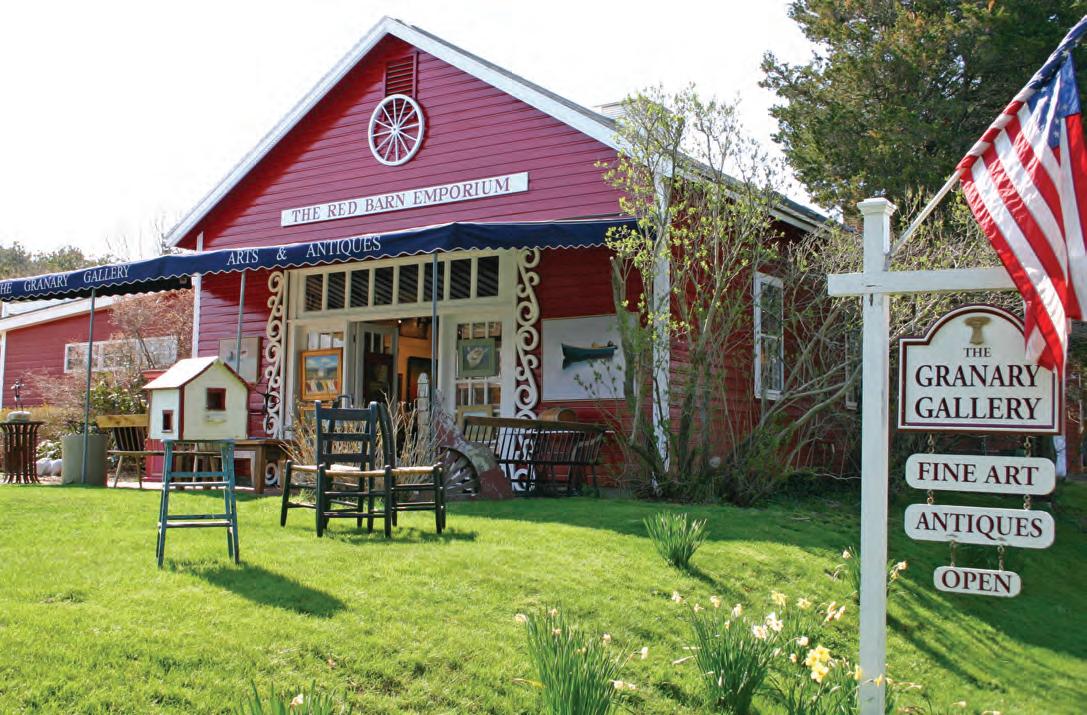
From news about local climate issues to planet-friendly recipes and tips on sustainable shopping, Bluedot Living delivers enlightening and eco-conscious ways to reduce our impact on Earth.

Questions and answers for everyday eco-friendly living.

Strive to buy less, but when you do buy — buy better.
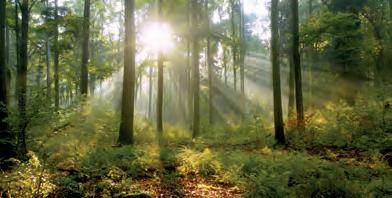
On-the-ground reporting highlighting a universe of ideas and changemakers.

Discover recipes and waste-saving kitchen ideas.
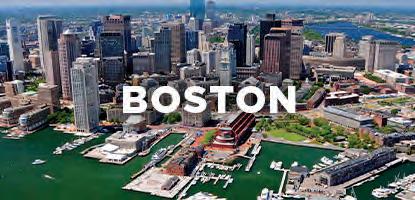


After 10 miles, countless scenic vistas, and a few blisters, I adore the Vineyard more than ever.
Story by Lucas Thors
It was 7:56 am when my girlfriend and I pulled onto Northern Pines Road and filed our way into a line of traffic headed toward the starting area. The annual Cross-Island Hike (XIH) was scheduled to kick off at 8 am sharp.
This was going to be a long day, and the online schedule for this hike explicitly said it would be “briskly led,” so there was no fudgefactor in our timing. Soon, it was time to go, and a stream of hikers meandered up from Hillman’s Point beach amidst a shimmering Lake Tashmoo backdrop. Along with Bill Veno (Martha’s Vineyard Land Bank trail manager, senior planner at the Martha’s Vineyard Commission, and longtime XIH coordinator), a few other familiar faces headed the pack. Photographer and outdoor enthusiast Randi Baird waved hello as she captured the determined smiles of hikers just beginning their journey. Island author and historian Tom Dresser kept pace, ready to take on yet another XIH. “I don’t know if it’s been every year, but it’s been at least 15 times, just not consecutively,” Dresser said. “I love it, it’s a great thing that gets
everyone together; and beautiful weather today, too.”
For 32 years, the Martha’s Vineyard Land Bank has celebrated National Trails Day on June 1 by hosting the Cross-Island Hike — this year exploring 17 conservation properties and five named ancient ways. Approximately 135 people participated in the trek. Some 99 started but didn’t stay for the whole walk, and 42 dauntless folks completed the full 19.2 miles from Hillman’s Point Preserve to the Chilmark Pond Preserve. It was entertaining to watch Veno lead the way on yet another new adventure for him — the route changes each year in order to paint the broadest possible picture of the island for participants. Going from trail to trail illustrated how diverse and interconnected the natural spaces on-Island are. One minute we’d stroll through farmland and along horse paddocks at the John Presbury Norton trailhead, and the next we’d traverse a winding tunnel of tall vines along Ice House Pond on the Manaquayak Preserve.
According to Veno, the only training he does for the XIH
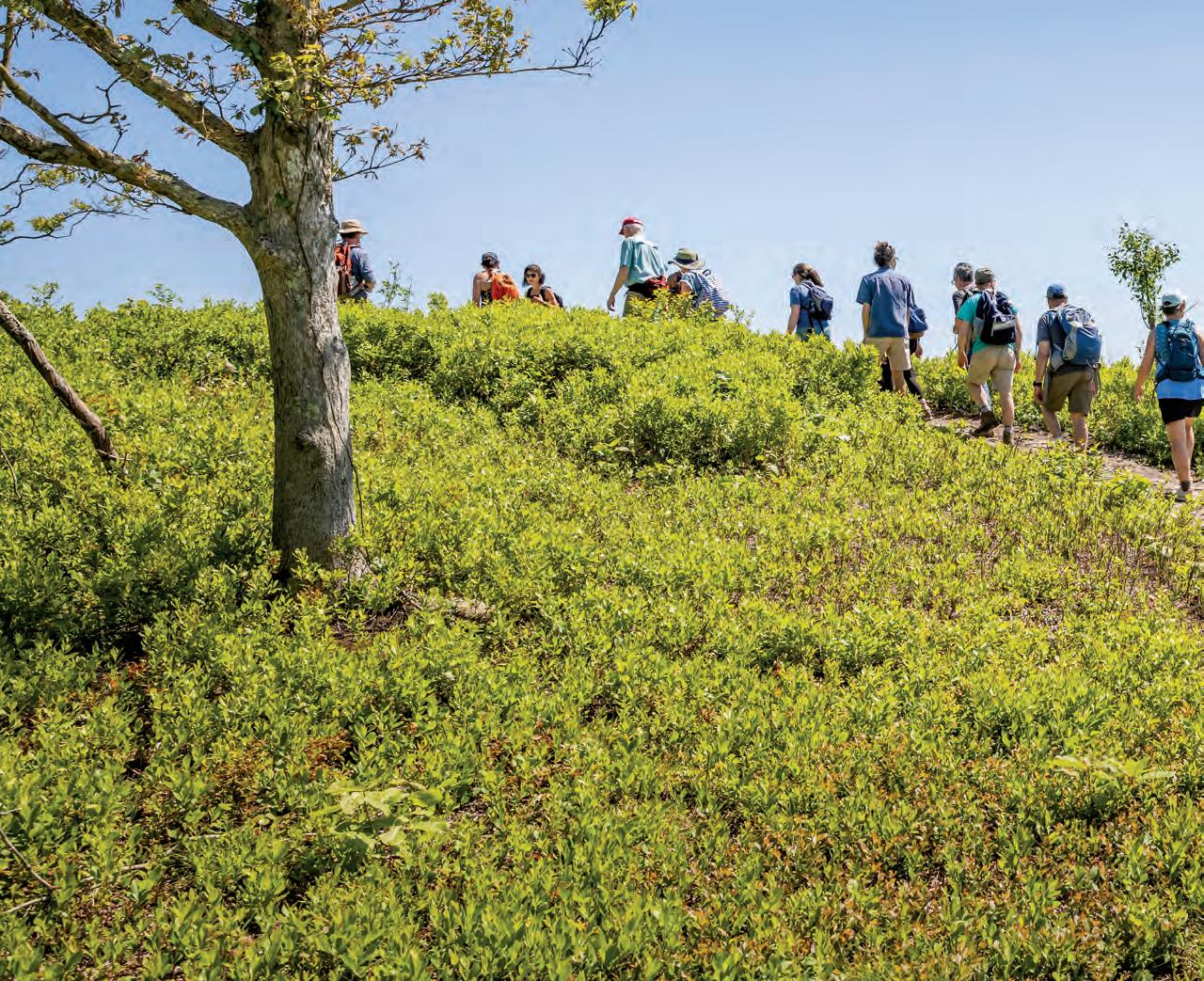
Cross-Island hikers weave along a Chilmark trail.
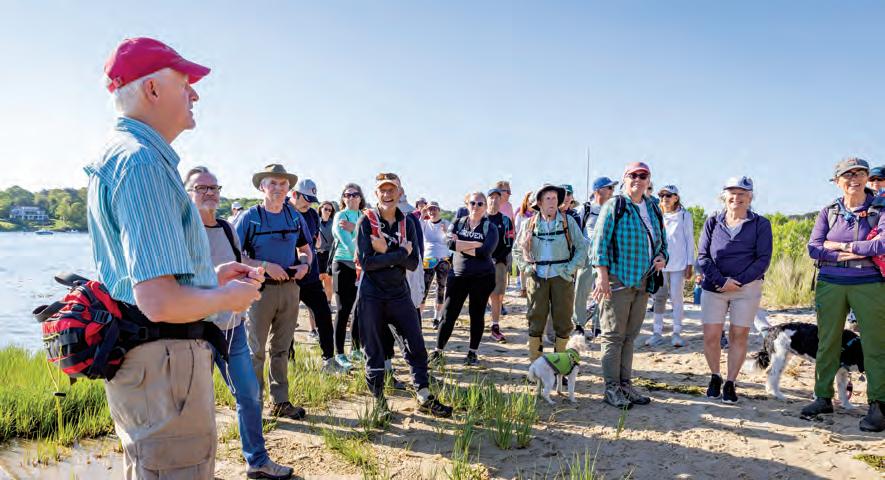
is walking his dog. “This year felt really good. For some reason it seems like the older I get, the less sore I am afterward,” Veno laughed. Normally, Veno will walk each segment of the hike beforehand, but this year he just figured it out as he went along. With a few minor course adjustments, Veno kept everyone on track. Being able to expose people to the trails and highlight the importance of connecting the island’s natural spaces is an essential part of Veno’s work with the Land Bank. “It’s all about promoting the network of trails that exists here,” Veno said. “and promoting a healthy lifestyle and an appreciation for the island.”
On a hike as long as this one, it’s tough to know what to expect, and there were a few moments along the way that I’ll never forget. The first occurred just a few miles in, when I slowed my stride briefly to grab a water bottle from my backpack. A soft voice came from behind. “Passing on your left,” an older hiker said as she continued briskly down the trail, hiking poles in-hand. I could tell she would be at the finish line, but I likely wouldn’t be seeing her
there. “Man, I really hope I can do the full thing by the time I’m that age,” I laughed to myself. I was impressed to see how many hikers were in their 50s, 60s, 70s, and 80s, many of whom would be high-fiving and contemplating a dip at the beach after arriving at Chilmark Pond following a full day of adventure.
When the trail forked at Nip ‘N’ Tuck Farm in West Tisbury, Veno referenced the route map and pointed in the direction of some massive, feather-hoofed black and brown draft horses who seemed nervous about the unusual number of onlookers. As hikers progressed along the trail and snapped photos of the Fishers’ majestic livestock, one of the largest black horses somehow found himself on our side of the fence. My girlfriend, who has a good deal of experience with horses, ushered hikers along so as not to further spook the anxious animal. I grabbed my cell phone and called Nip ‘N’ Tuck. “Hi, we’re participating in the Cross-Island Hike, and it looks like one of your horses might have just escaped his paddock,” I said. “Okay, thanks for letting us know — we’ll send
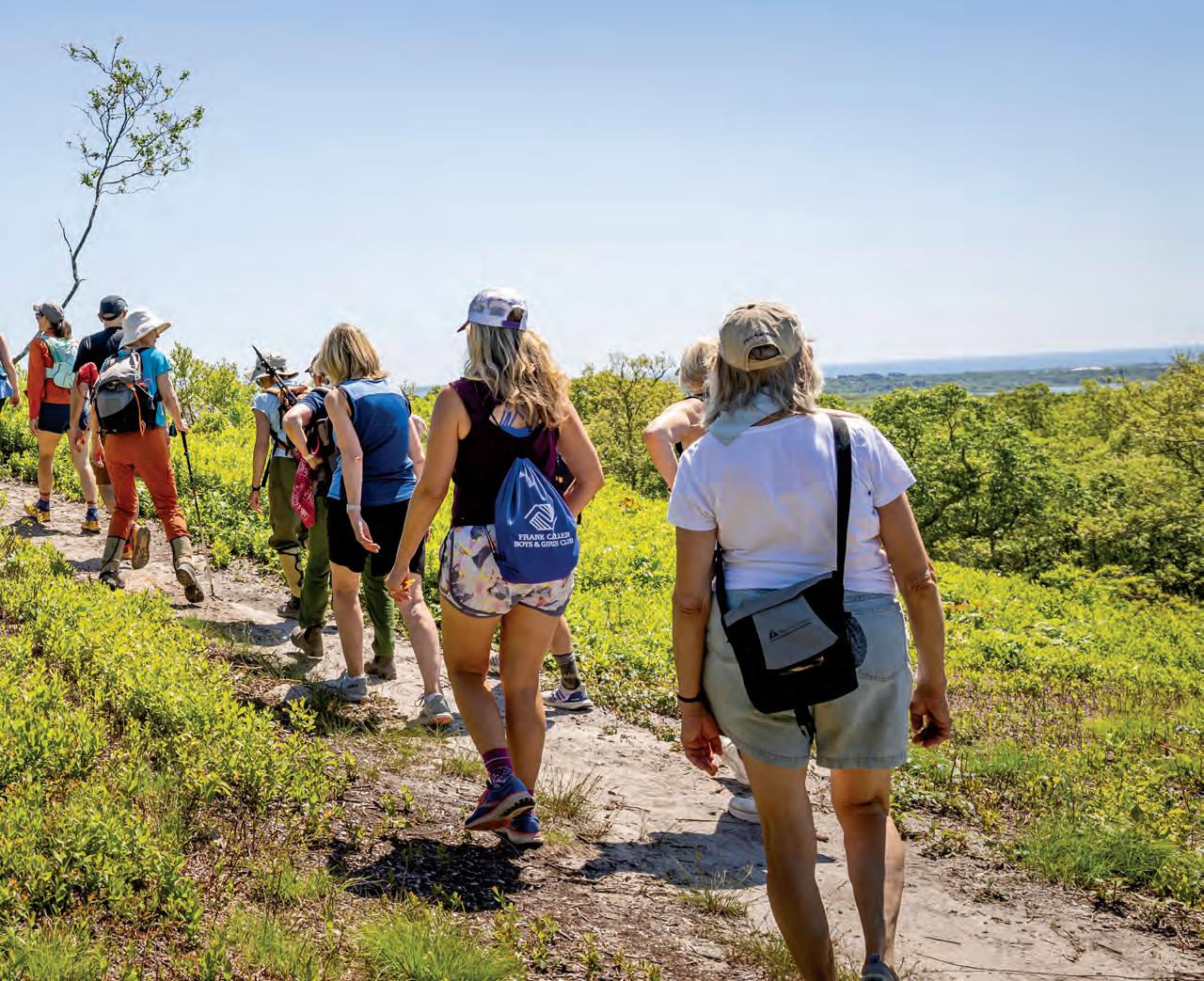
Farmers might own the land, but the observant walker in time owns the landscape.
-Henry David Thoreau
someone down,” a calm voice said over the phone. That felt like a quintessential Vineyard moment.
We walked cautiously along Lambert’s Cove Road and arrived at the West Tisbury Public Safety Building around 10:30 am for a well-deserved break. Officers at the West Tisbury Police Station took pity on us sweaty hikers and let everyone in for a pit-stop. Meanwhile, peckish participants passed around donated snacks and refreshments — granola bars, raisins, trail mix, and cups of water. Then we got going again. The entrance to Roger’s Path alongside State Road must have looked like a deer trail to anyone driving by, but as we entered the shady section of forest, I saw how expansive the area actually was. Thousands of acres of Up-Island wilderness were hidden just off the main road.
As the group marched past Scotchman’s Lane around noon and began heading toward the West Tisbury Town Hall (the next checkpoint), I looked over at my girlfriend, who seemed like she could go at least another few miles. “I think it’s time for me to throw in the towel,” I told her with a weary smile. She quickly responded, “Beach time?” I nodded. “Yup, I think it’s beach time.”
After about five hours of trekking through the wilderness, I had expanded my repertoire of beautiful Vineyard hikes, and developed a greater sense of appreciation for my home. I’ll surely be back at the Cross-Island Hike next year, with the goal of crossing that finish line.

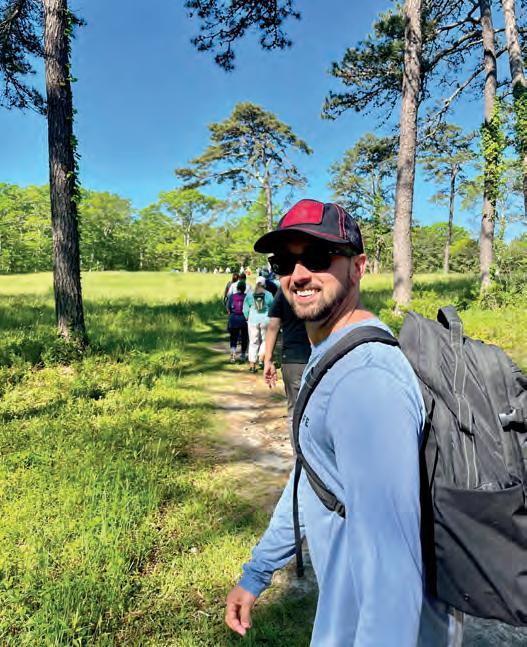
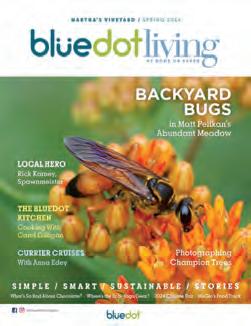






Targeted Departure Checkpoints (+- 5 minutes)
- 8:00
- 8:45
- 9:45
Start at Hillmans Point Preserve shoreline
A-B segment 2.1 miles
Ripley's Field Trailhead @ John Hoft Rd
B-C segment 3.1 mi (5.2 mi cumulative)
John Presbury Norton Trailhead @ State Rd
C-D segment 1.4 mi (6.5 mi)
Manaquayak Trailhead @ Lambert's Cove Rd
D-E segment .82 mi (7.3 mi)
West Tisbury Public Safety Building
E-F segment 1.4 mi (8.7 mi)
Roger's Path @ State Rd
F-G segment 1.1 mi (9.8 mi)
West Tisbury Town Hall
G-H segment 1.4 mi (11.2 mi)
Tiasquam Valley Trailhead @ Middle Rd
H-I segment 2.1 mi (13.4 mi)
Meeting House Rd @ Middle Rd
I-J segment 3.3 mi (16.7 mi)
Peaked Hill Trailhead @ Pasture Rd
J-K segment (2.6 mi (19.3 total miles)
- 3:20
Finish at Chilmark Pond Preserve shoreline
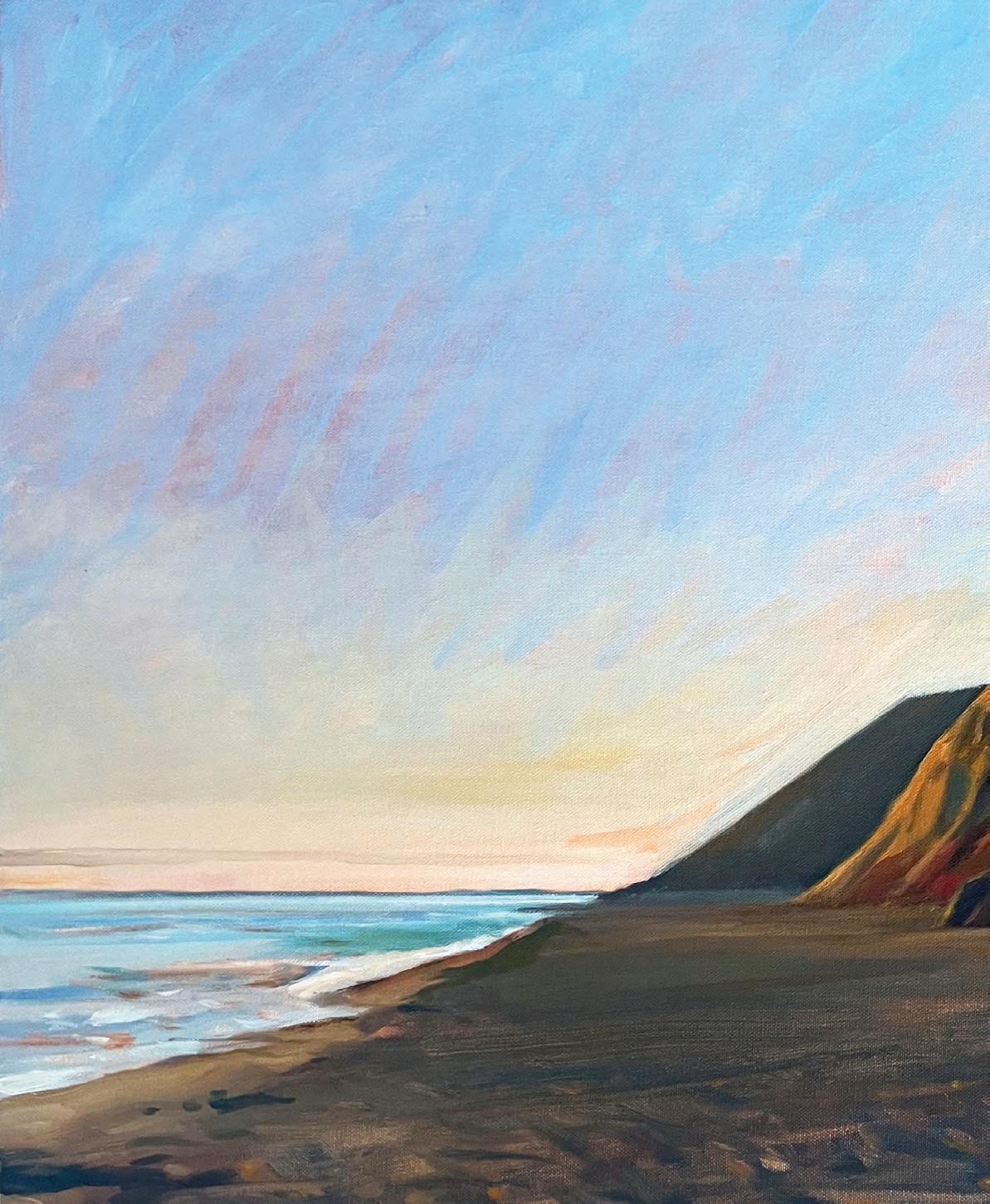
“The Gay Head Cliffs ... are magnificent beyond description. Here they rose in rugged ribbons of red, white, gray, yellow and black clay, 150 feet above the sea. ... The Wampanoag’s legendary Chieftan, Moshup, and his wife, Olesquant, are said to frequent the area. On foggy days, ‘tis said, you can see him smoking his pipe among the dunes ... and if you listen as the night gathers, you can hear Olesquant sing a lullaby to her children.”
–Wenonah V. Silva, teacher, historian, and former president of the Indian Tribal Council, from On the Vineyard by Peter Simon
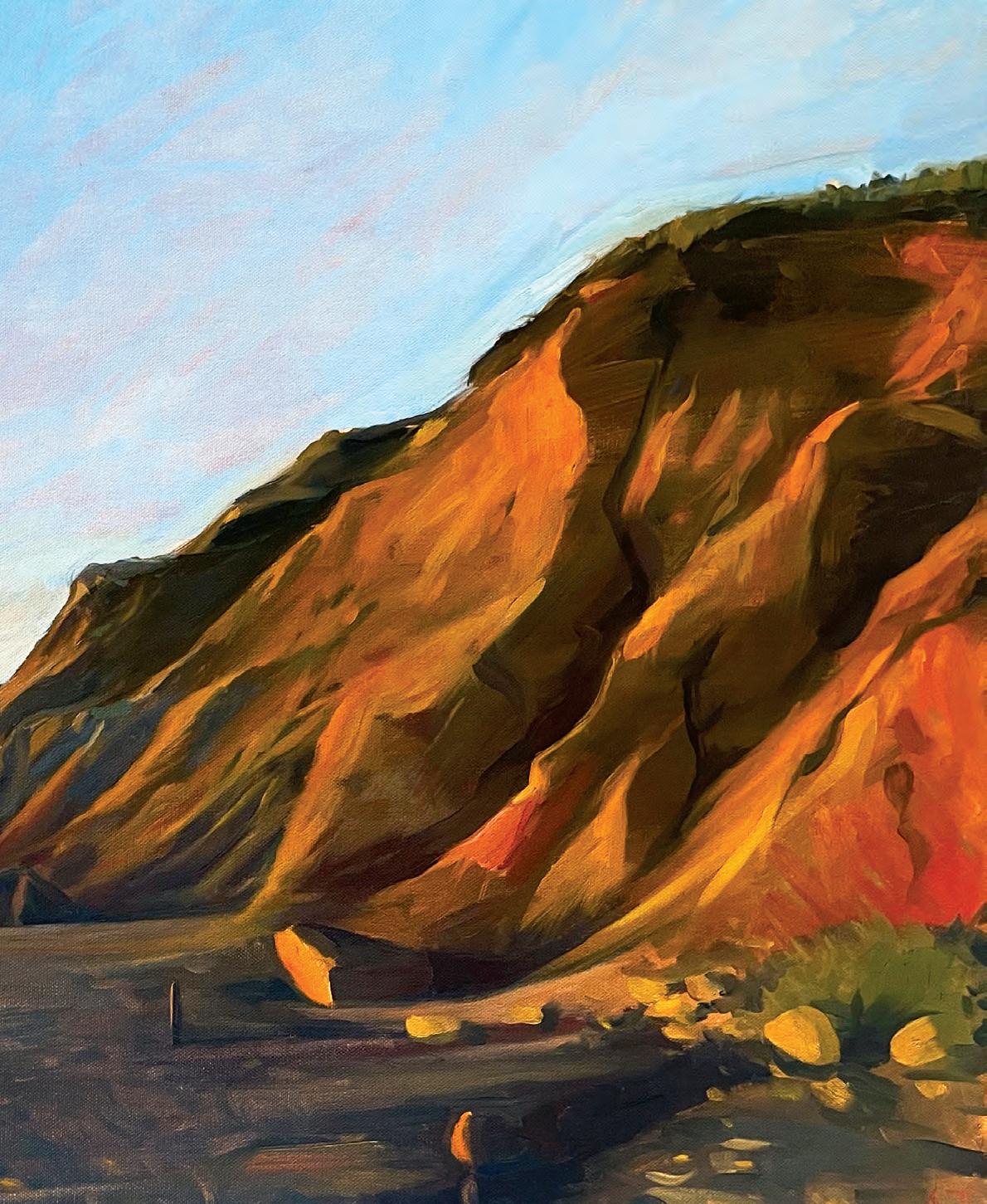
“Moshup is believed by our tribe to be responsible for the present shapes of Martha's Vineyard, the Elizabeth Islands, Noman's Land, and Nantucket. From near the entrance to his den on the Aquinnah Cliffs, Moshup would wade into the ocean, pick up a whale, fling it against the Cliffs to kill it, and then cook it over the fire that burned continually. The blood from these whales stained the clay banks of the Cliffs dark red.”
–From Wampanoag Tribe/ Ancientways
TTThe variety of landscapes that comes from the variety in our geology — from sandplain grasslands to glacial moraines, and boulders to beaches — has drawn or inspired artists for centuries (see Hermine Hull’s essay on page 39).
The Vineyard’s community of artists, wrote Sam Moore in a story in Arts and Ideas Magazine five years ago, are a key ingredient in conservation. … “They have a dual role: Many of them are affected by the land around them, and they help set the terms by which other people appreciate it.
“Island artists help us look at the landscape still more closely — to understand what might be at stake, and to imagine what the future holds. Painters, photographers and sculptors represent a middle range on the spectrum between ecologists and everyone else. Artists share this acute sense of detail, but weave it into an aesthetic process that might influence less empirical minds.”
To find out how we ended up with the landscape, we turned to Island engineer and geologist Doug Cooper. We sent him images of paintings and photographs collected by Jennifer Pillsworth and Chris Morse at the Granary and Field Galleries, and by Art Director Tara Kenny, and we asked him to describe for us what, beyond art, we were looking at, how the geology created the landscapes that artists are perpetually inspired by, and the rest of us are moved to preserve.
– Jamie Kageleiry

Gay Head, at the Aquinnah Cliffs, has the oldest exposed geologic materials observed on Martha’s Vineyard, composed of ancient marine (sea bed) deposits that date back well before the glacial periods of more recent geologic time. The variable sands, silts and clays exhibit a wide range of colors that are visible from great distances under the right meteorological and sun angle conditions. As such, mariners were able to identify their location when sighting this brightly
colored headland (hence the name “Gay Head” was derived). The intensity of colors of the cliffs changes over time as erosive forces expose brighter or duskier layers. The cliffs have always been a favorite attraction for artists and sightseers. The headland was also the most logical site for early lighthouse construction. Cliff collapse and erosion can be impressive and has resulted in several relocations of the lighthouse over the years.
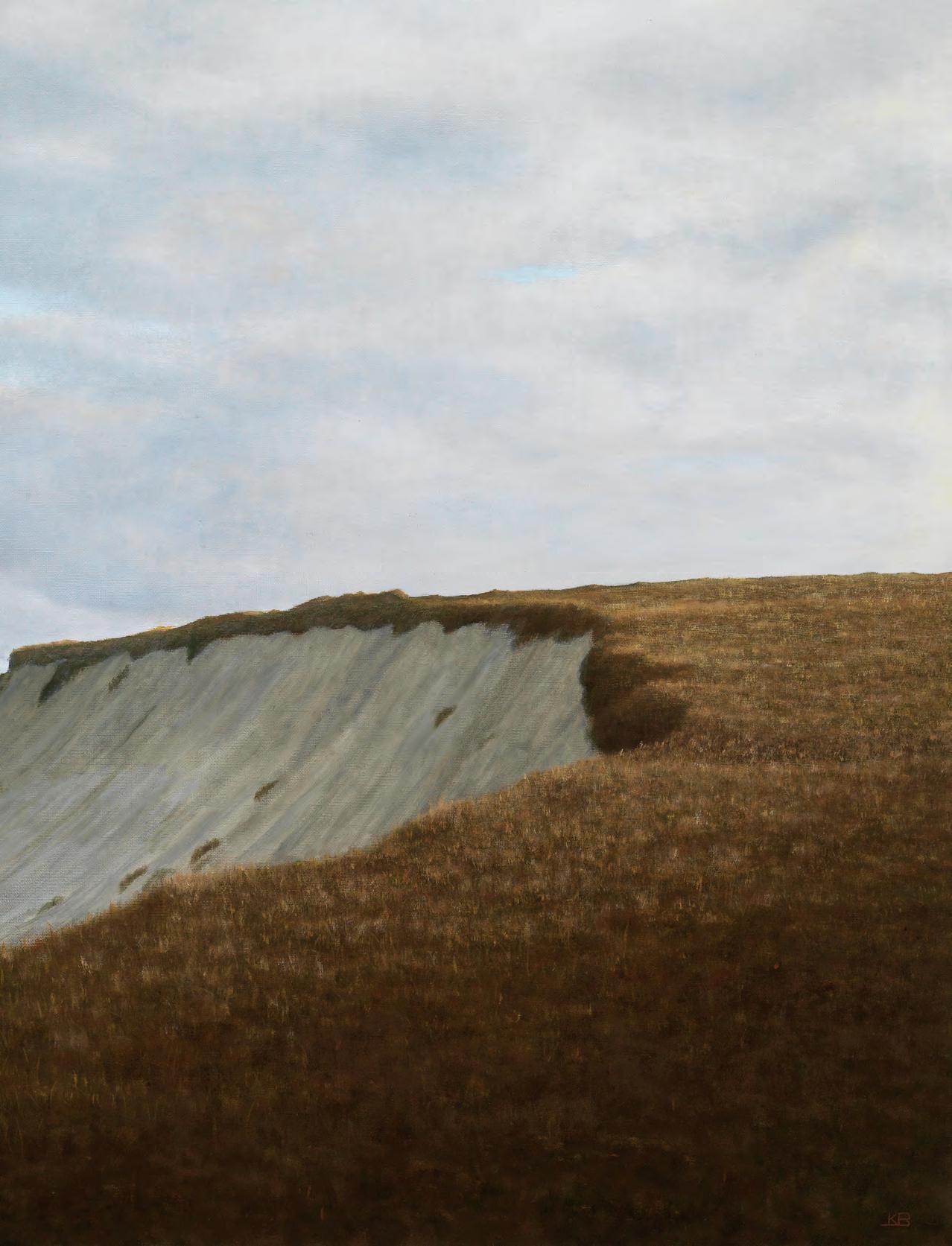
“No other landscape known to me has so many contracted slopes in an equal amount of profile; … nowhere else in this country do I know anything like the variety of scenic effect that is exhibited in this hundred square miles.”
–Nathaniel Shaler, Harvard geology professor and founder of Seven Gates Farm
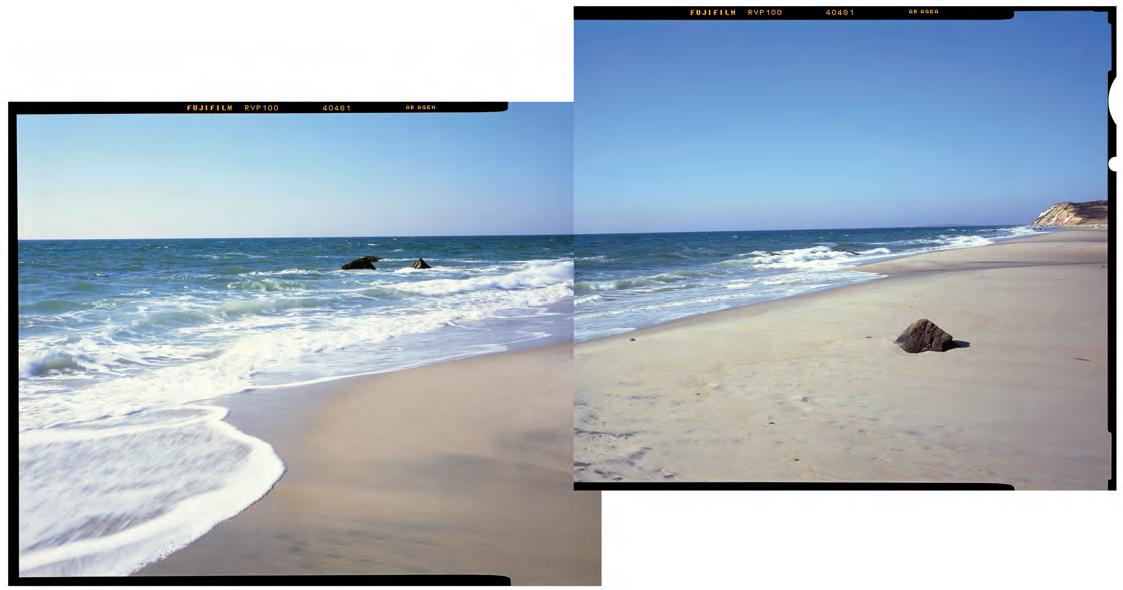
“When we do conserve land for its sheer scenic beauty and provide for appropriate public access, we are able to appreciate nature for its grandeur. This effort matters, because danger always surrounds us, and we need the occasional glimpse of natural beauty to lift our spirits.”
Adam Moore, Executive Director, sheriff’s meadow, from A Year On Martha’s Vineyard
The beaches that surround Martha’s Vineyard are as variable as the landscape from which they have evolved. The exposure to the ocean currents and wave action on the earth materials determines the character of the beach. Erosion rates along the South Shore can be on the order of seven feet per year. Less dynamic settings that are protected from the brunt of coastal storms may retreat less. There are also beaches where transported sediments are
deposited resulting in “accretion” or beach building where the shoreline is extending outward rather than vanishing. There are areas where the shoreline retreat has exceeded 1500 feet since early colonists arrived. Periodic storm events often result in newspaper headlines of the destruction of a particular beach and the need to implement measures to “save” the shoreline. These measures will always prove futile in the long term.
Salt marshes develop along portions of our shoreline where the erosive energy of wind, waves, tides and currents are more benign. Accumulated sediments and organic materials allow the growth of salt-tolerant grasses such as spartina patens and spartina alterniflora to establish root systems. These grasses tend to accumulate even more organic material and fine sediments to form a resilient mat that serves to protect the shoreline and adjacent coastal banks from erosion. The marsh also supports numerous organisms that contribute to the food chain and sustain fin fish, nematodes, insects, shellfish, and birdlife, while contributing to water quality improvement.
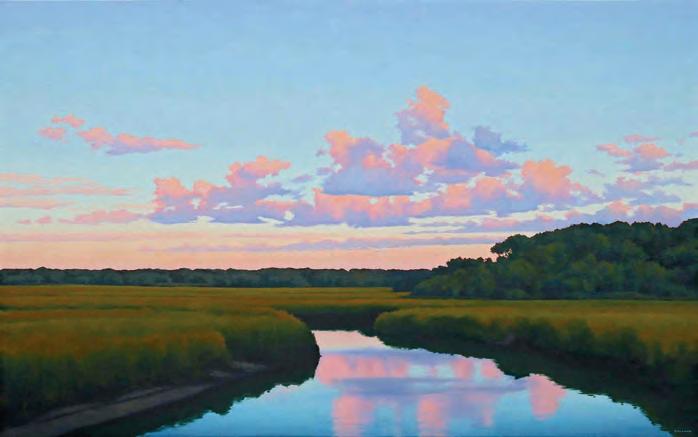
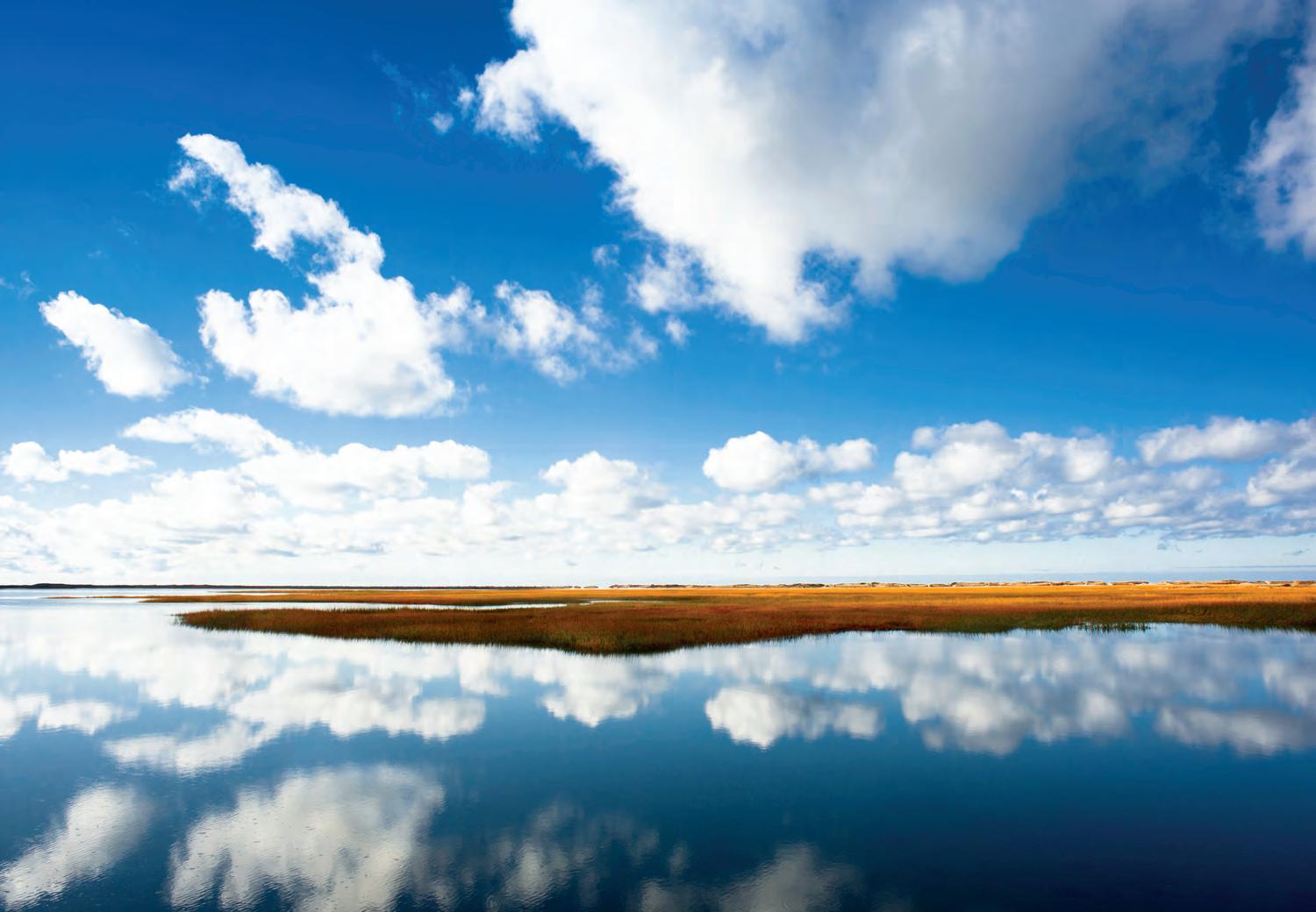
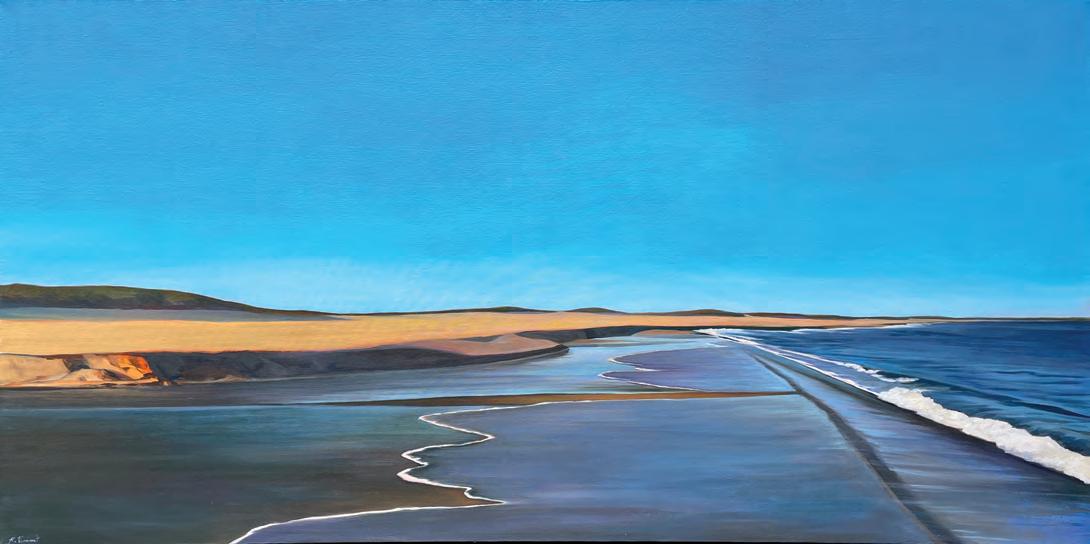
Breaches of salt ponds, embayments and coastal estuaries can occur by natural, storm-driven events or by planned “openings” as part of a man-made management strategy. Whatever the mechanism, these cuts, breaches, or openings can profoundly influence the salinity, water quality, currents, sediment deposition, and aquatic life within the pond or embayment. Historically, cuts or breaches were accomplished to create conditions that would stimulate fish or shellfish production. More recently, sluicing of nutrient-rich waters out to sea and introducing a flush of cleaner salt water is viewed as a means to reduce algae blooms in the ponds.
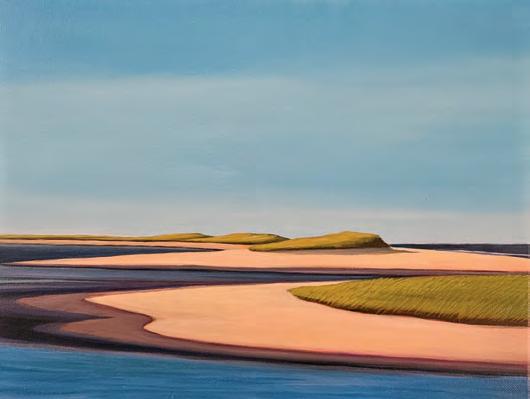
“The happy combination of hill, declivity and plain, extensive regions and vistas of moor, pond, oak woods, windblown copses; of marsh ready to flame into fall color; of high bluffs and broad, sandy beaches; of boulders, old dirt roads; of memory, legend, and history …”
Henry Beetle Hough, founder of Sheriff’s Meadow Foundation, in On the Vineyard by
Peter Simon
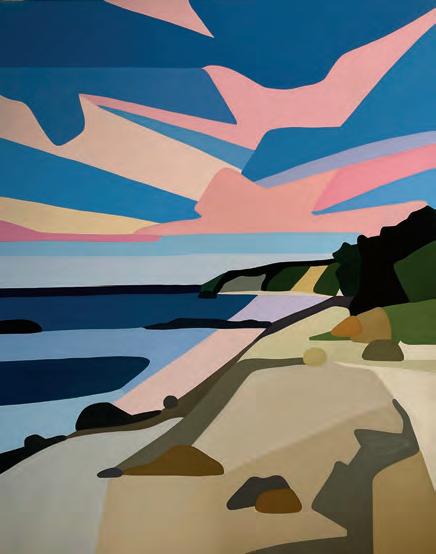
The North Shore of the Vineyard is the polar opposite of the South Shore. This upland is dominated by the moraine deposit that identified the terminus of the last glacial advance.
Approximately 25,000 years ago, the rate of advance of the Wisconsin ice sheet slowed, stalled, and began its retreat northward. The accumulated sediments within and under the ice were dropped to form this side of the Island. Raging torrents of meltwater then carried some of the glacier’s load southward to form the outwash plain along the Island’s South Shore. The North Shore in the vicinity of Great Rock Bight shows the steep cliffs composed of unsorted glacial debris being slowly eroded.
Boulders and stones are exposed and sit on the surface as “erratics” or fall to the shoreline, creating very interesting beach and water features. The North Shore moraine is also a source of clay deposits that once supported a brick-making operation. The chimney of the brick kiln still exists, and you can see it from the Menemsha Hills Reservation. The upland forests also provided wood to fire the kiln and were extensively cut for this purpose.
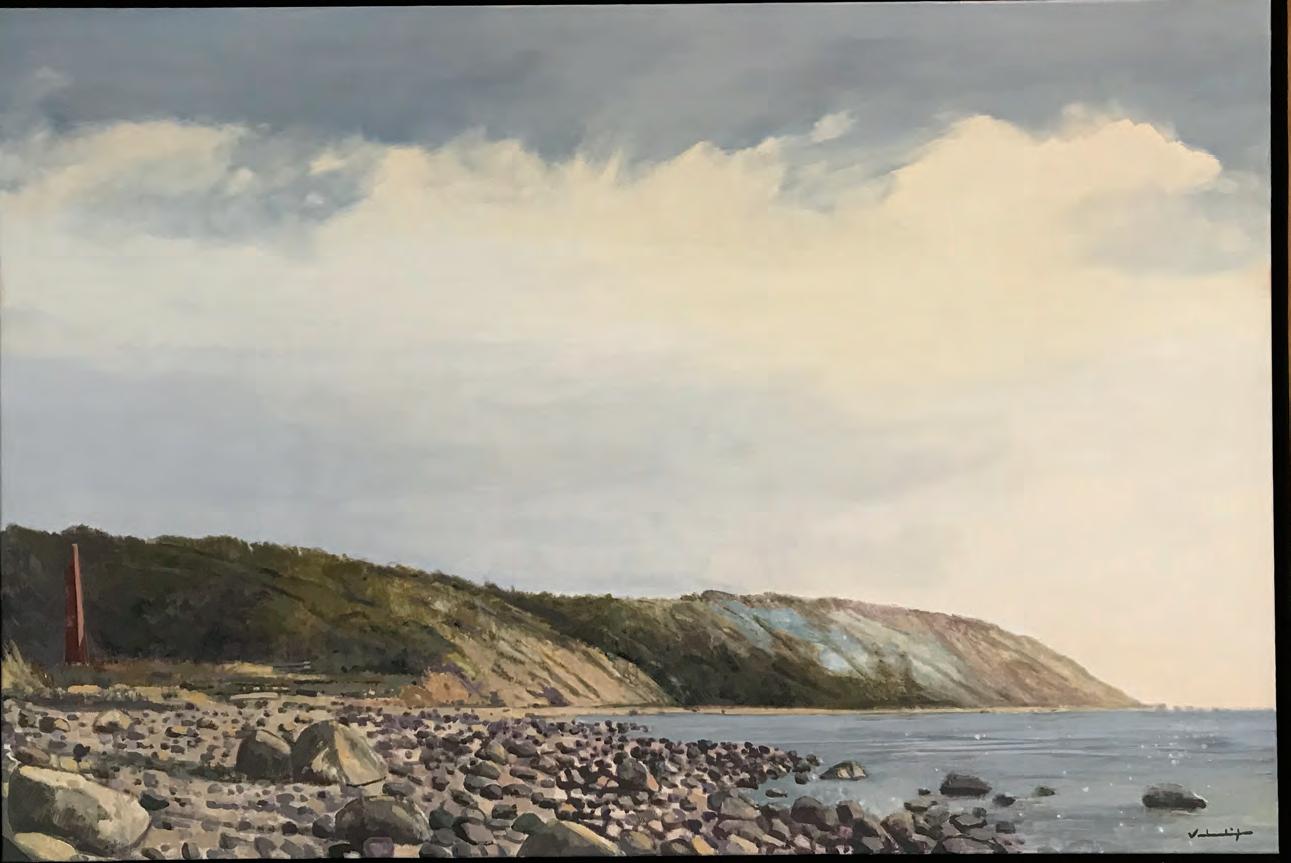
Meadow grasses are a resilient vegetative cover in a harsh maritime environment. These meadows can be a beautiful interlude in the more “scruffy” coastal heath and brush landscape. Human recreation, birdlife, and fauna also benefit from grasslands, whether they are managed by mowing or, occasionally, by controlled burns.
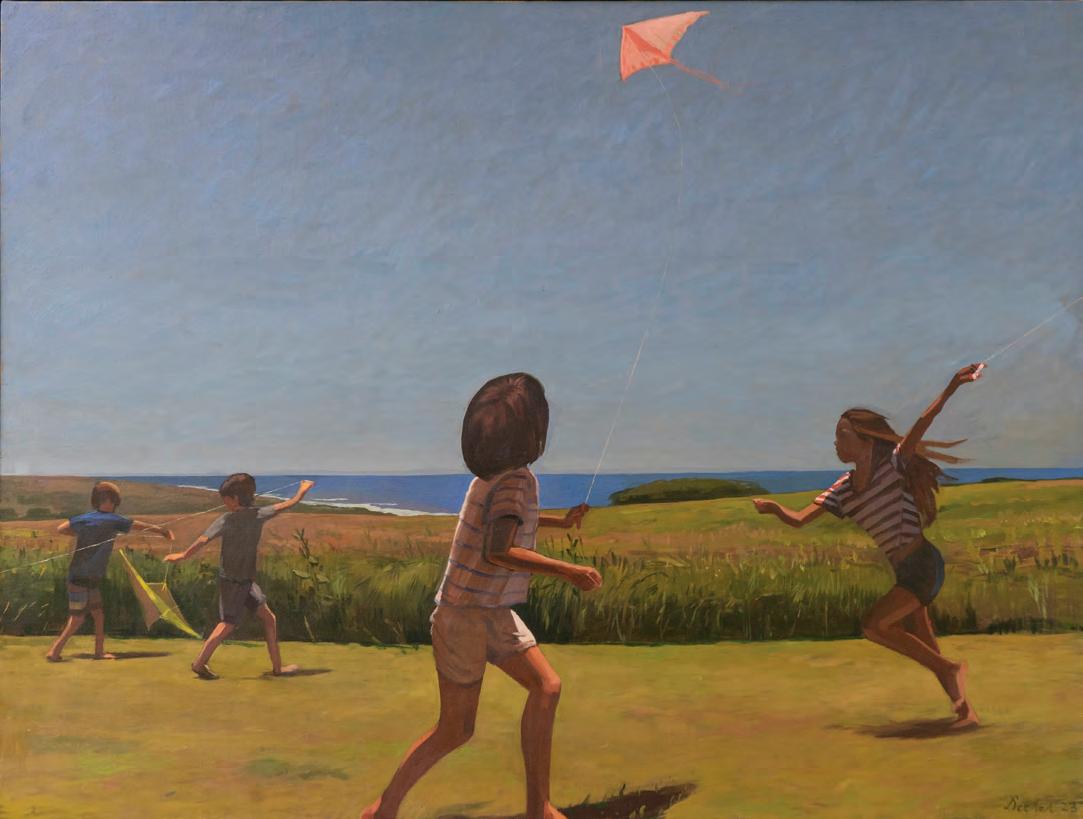
The multi-colored silts and clays of the cliffs around Wequobsque and Aquinnah erode to form sections of beach that depart from the white “sugar” sand of the barrier beaches or the brown beaches at the base of eroding cliffs of the North Shore morainal uplands.
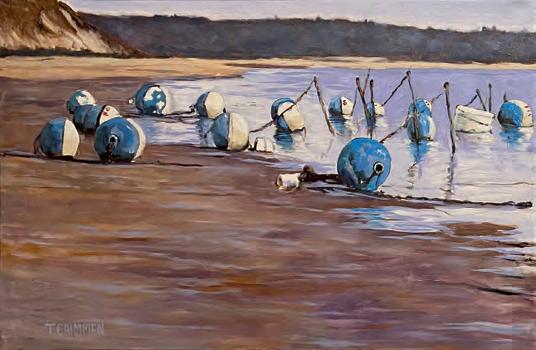
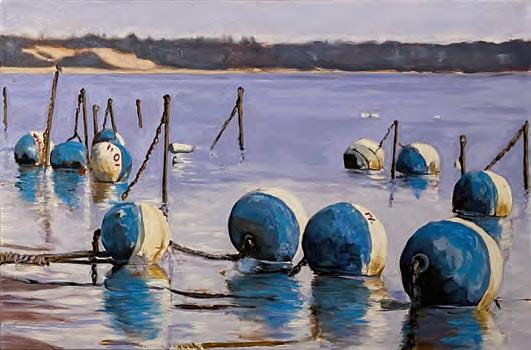
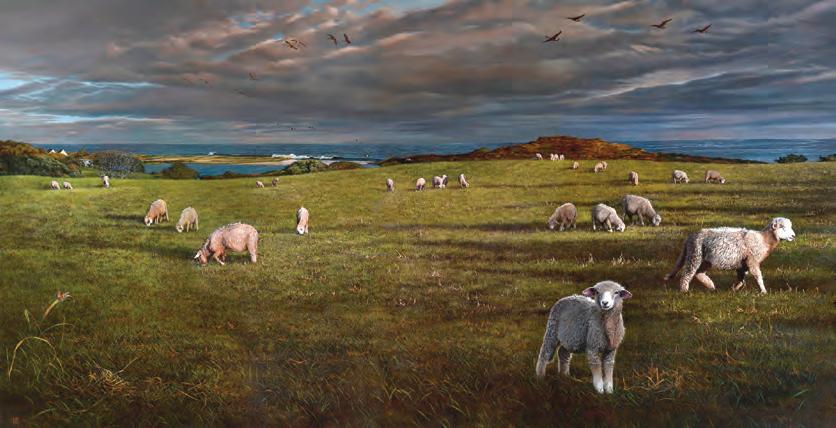
The coastal uplands in the area of Stonewall Beach and the Allen Farm in Chilmark provide spectacular vistas that have drawn tourists and artists for centuries. These uplands are part of the glacial
moraine deposits that form the “spine” of the Island. Moraine deposits are the result of the dumping of the unsorted glacial load of boulders, rocks, cobbles, sand, silt and clay when the ice advance stagnated. The resultant rolling, rocky landscape was difficult for planting crops, but early occupants found that grazing livestock, particularly sheep, could be profitable. As erosive forces proceed, the heaviest constituents of the morainal deposits (rocks) remain in place while sands, silts and clays may be washed out to sea, leaving a very stony beach and plenty of boulders for stone wall construction.
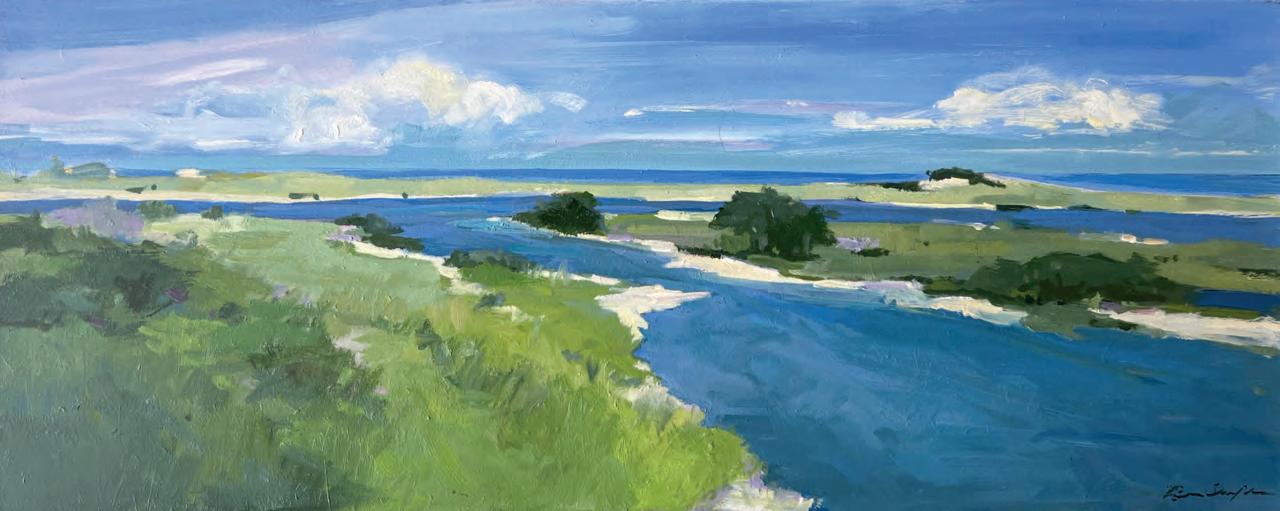
Coastal ponds, particularly the Great Ponds located along the Island’s South Shore, are unique and dynamic features on the Vineyard landscape. They formed in low-lying sloughs and channels in the outwash plain to the Wisconscian sheet. These ponds range in salinity from freshwater to brackish and occasionally saline when the ponds are breached by natural storm-driven or man-
made openings. This range of salinity creates conditions that sustain an abundance of plant, animal, and, particularly, avian life. The ponds are separated from the powerful waves and currents of the Atlantic Ocean by barrier beaches and dunes that act as soft shock absorbers to the ravages of inexorable erosion and storm events. Consequently, the ponds are ever-changing landscape features.

The great sand plains of Martha’s Vineyard are the result of outwash of sediments from the terminal moraine of the last glacial advance. Sediments from lodge rocks and cobbles to gravel, sand, silt and clay were sluiced off the massive dump of moraine by torrents of meltwater as the ice sheet stagnated and then began its northward retreat. These sediments
were sorted by virtue of grain size and water velocity and later re-worked and capped by fine materials deposited by strong “katabatic” winds in the immediate post glacial period. These dynamic forces resulted in an expansive nearly level plain that is unique to New England. Some of the Island's best “tillable soils” are found on this landscape feature.
“Nowhere in the world is there a place more beautiful than this.”
– Alfred Eisenstaedt
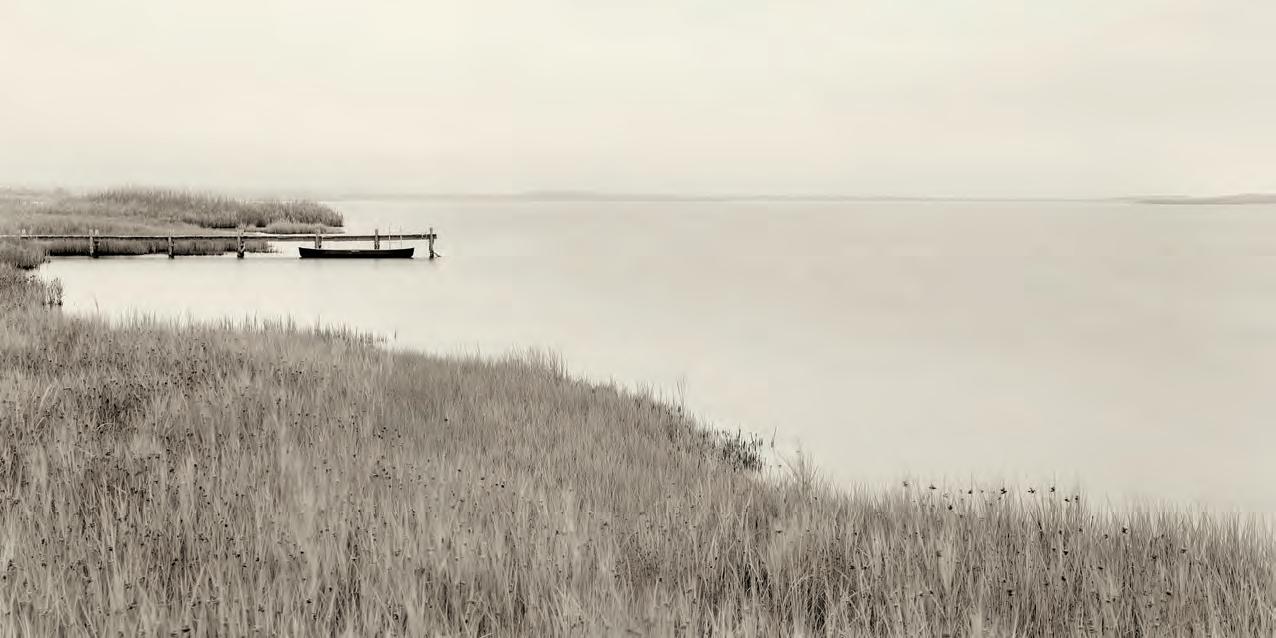
The relative tranquility of the salt pond environment allows the development of significant, stable marsh grass habitats that serve to physically
protect the shoreline, remove nutrients that might otherwise harm the pond and provide nesting and food source for numerous forms of wildlife.

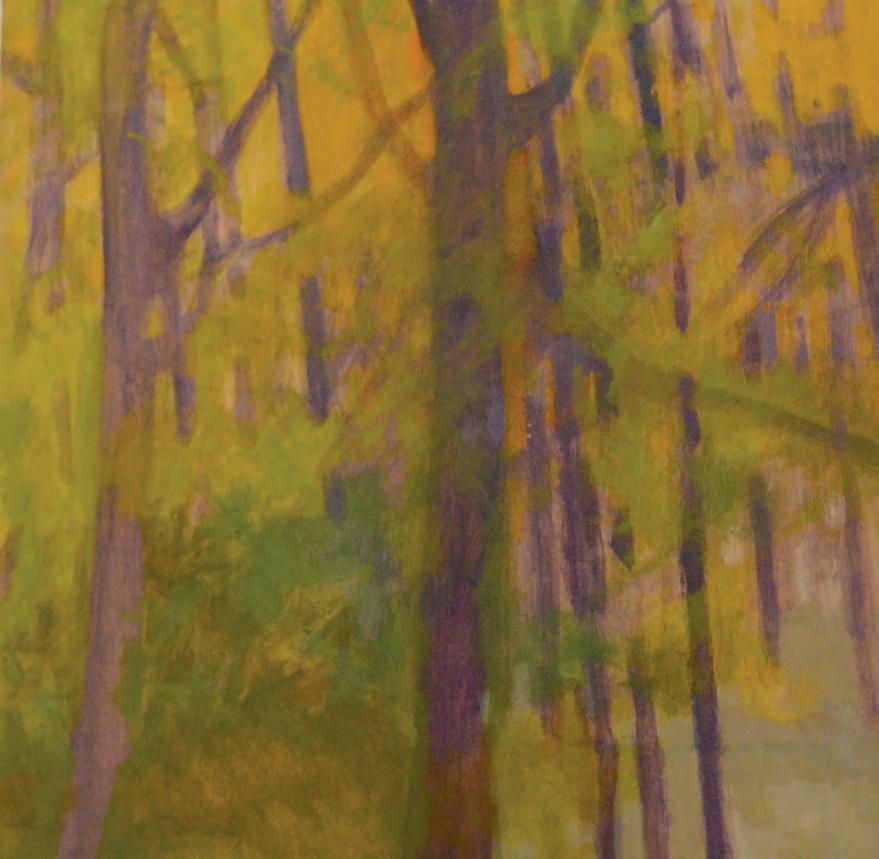
In the nineteenth century, landscape painting ignited the conservation movement. On Martha’s Vineyard, our artists inspire us to become better stewards of our lands.
By Hermine Hull
Artists create the visual record that has preserved our landscape.
That thought was in my mind as I began to write this essay. Throughout art history, artists have given us a continuum of pictorial and philosophical description. Certainly before cameras, when artists were sent out to explore the countryside or the
continent, they were expected to return with images of what they had seen. There were etchings or lithographs of country scenes. There was the grandiose wilderness of the nineteenth century Hudson River School, which many credit with inspiring the conservation movement.
I had never been a landscape painter before moving to West Tisbury. My
house is surrounded by woods that I look at every day. The first spring I noticed shadbush blooming in delicate white puffs through the still-bare trees, I was enchanted. I had always painted still life compositions set into interior scenes, often with friends modeling for me, but landscapes began to intrigue me.
My friend, Bill Ternes, had been coming for years to lead plein air painting
workshops on the Island. It was easy to go out painting with him and his group. I had a lot to learn. Landscape painting, especially outside, is a whole different set of skills.
What makes an artist choose a landscape to paint? What is it that attracts an artist to a particular place? What makes it endlessly interesting? I can only speak for myself and tell my own story, although it is probably similar to what others would say.
The Island is endlessly beautiful, an abundance of riches. For me, it is as simple as looking out my windows, walking my dog, driving around on errands or down dirt roads. It’s the dailyness, the observation again and again, arranging compositions in my mind. I am attracted by colors and big shapes, interwoven patterns of light and shadows. Those are ever-changing, endless
For me, it is as simple as looking out my windows, walking my dog, driving around on errands or down dirt roads. It’s the dailyness, the observation again and again, arranging compositions in my mind. I am attracted by colors and big shapes, interwoven patterns of light and shadows.
variations as daylight and the seasons progress. I like this quote from Ursula LeGuin: “Magic can be the fall of light on a place.”
The rhododendron hedge I planted when we moved here has grown into a thicket, the edge between open lawn
and our woods. I watch the earliest progression of coloring buds on spring mornings with skies of palest peach, the shapes of the spaces between branches and heavy trunks of oak trees. By the end of an afternoon, much of the woods will have flattened to deepening shade,
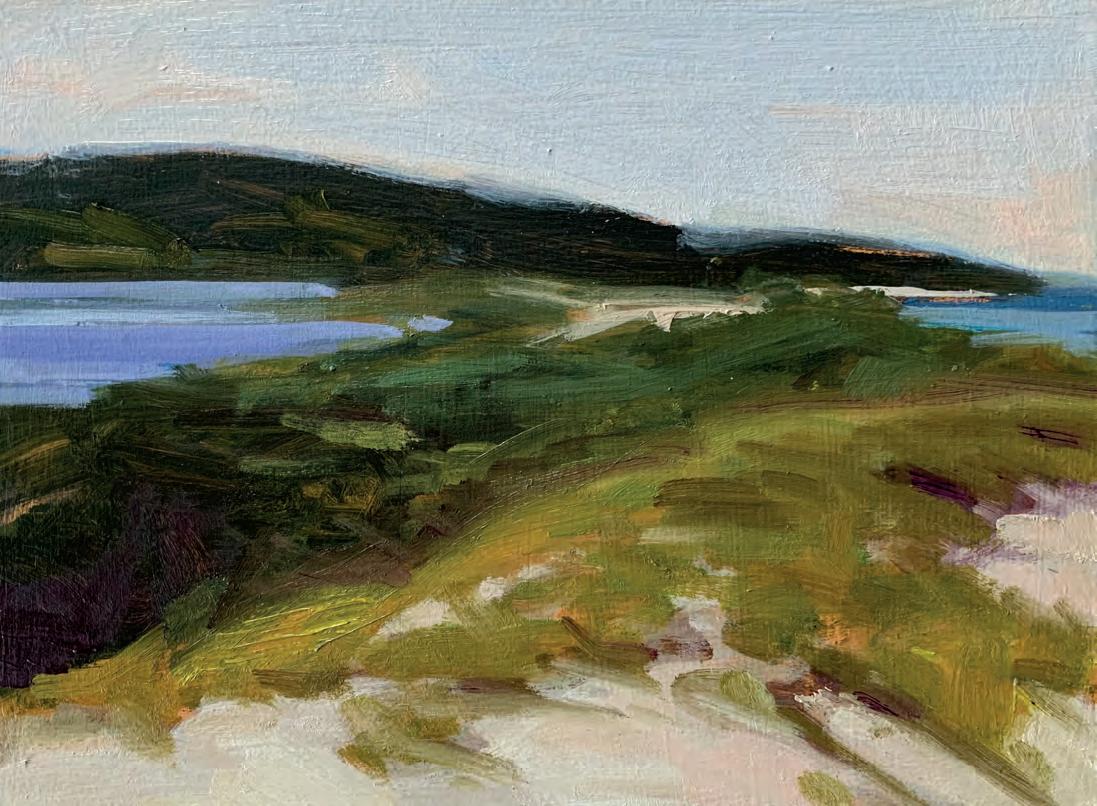
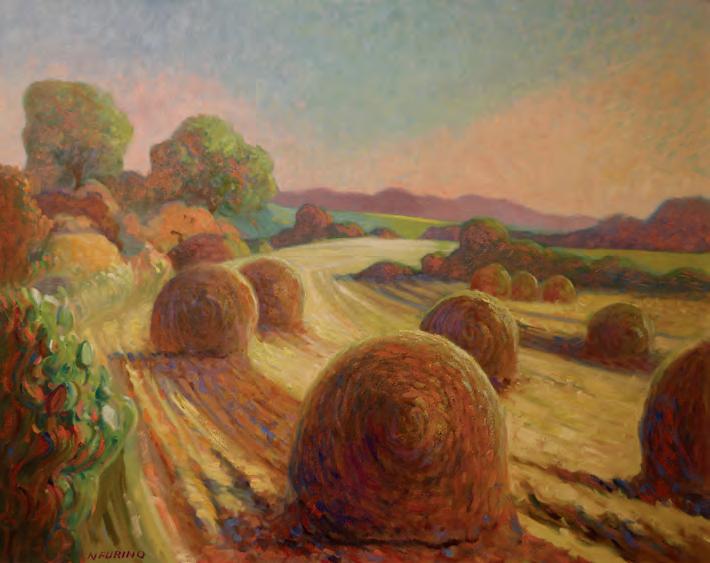
ochre runnels of cut hay that are bound into square or round bales, fields washed orange and purple by summer sunsets, fading to paleness in autumn, turning into twisting, wind-lashed wildlands in a winter storm. For artists who paint animals and farmers and fishermen working, opportunities abound. Our history as a farming community is important to preserve.
Paintings have their stories to tell. The Mill Pond, Parsonage Pond, Lobsterville, Mermaid Farm, Flat Point, Hancock Beach, Lucy Vincent, Quansoo, Red Beach, Polly Hill’s, Sepiessa, Sengekontacket, Moshup Trail, all those fields, all those marshes, all those walks through woods, and along the great ponds with their finger coves. So much to catch an artist’s eye. It always amazes me that a hundred painters could stand on the same
Hayfields, too, with their mounding hedgerows newly greening in the spring, ochre runnels of cut hay that are bound into square or round bales, fields washed orange and purple by summer sunsets, fading to paleness in autumn, turning into twisting, wind-lashed wildlands in a winter storm.
just the remains of daylight picking out patches of bark and leafy haloes. The sky will disappear for the summer once the leaves come out.
Then the marshes draw my attention. Water rising and falling, changing and redefining their edges. Spring rain fills tidal pools that disappear by summer. Sometimes, darkened, watery depths shoot right up the center of my composition, a contrast to brilliant green grasses, mud flats, lavender and blue-green marshes, all windblown. Other days, those same views rearrange themselves in flattened stripes of land, an odd tree making the only vertical to be seen.
Hayfields, too, with their mounding hedgerows newly greening in the spring,

spot and paint a hundred different paintings.
I think about the views that earlier generations of painters chose. There wasn’t much in the way of landscape painting here on the Vineyard before the late nineteenth century, when genteel ladies came in the summer to paint Island scenes, some of them quite good. The real influx of summer artists began in the 1920s and 30s, when a more bohemian cohort arrived in Chilmark, attracted by cheap rents, free or cheap food, sparse landscapes and beaches, and evenings filled with music, alcohol, and intellectual discussions. Thomas Hart Benton painted lush paradises or spare farmlands in which his characteristically stylized figures and animals worked in silence. Julius Delbos painted Edgartown and Menemsha harbor scenes on perpetually sunny days. Percy Cowen’s sheep farms with their rolling hills, broken brushwork, and brilliant skies provided an inspiring tutorial for his grandson, farmer and landscape painter Allen Whiting.
One of the first Island painters I met when I arrived here in 1982 was
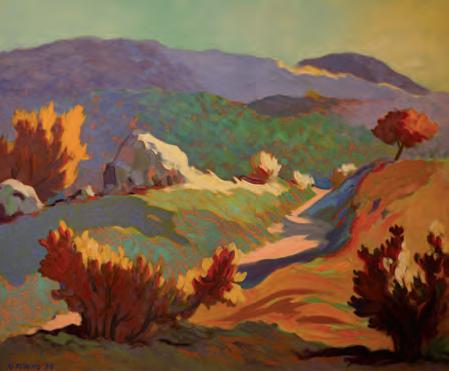
Nancy Furino. Her work was strong and colorful, an interesting combination of recognizable places and energetic, descriptive brushwork that danced and raged across the canvas. The sun felt hot in Furino’s landscapes. The wind blew through them, roughing up waves or hayfields and marsh grasses. Her skies were never merely blue; they were intensely cobalt or violet or viridian. She used broad strokes of many colors laid beside one another, brilliant green, red, purple, ochre, combinations of
complementary or analogous colors that gave her paintings an energetic surface. For all the abstract qualities she employed, her landscapes were of the Island.
Rez Williams was another artist who translated what he saw into something more than a representation of what was in front of him. His paintings broke apart the vision of a traditional landscape into stylized shapes and patterns of his imagination, rendered in colors the painting called for, rather than the expected local color.
There is a wonderful story about Wolf Kahn, who occasionally painted on the Vineyard, and Fairfield Porter, two of my favorite painters. Kahn was visiting Porter at his summer home on Great Spruce Head Island off the coast of Maine. Porter was struggling with a boat tied to a pier, trying to integrate the boat into his composition. Kahn said to him, “Just leave it out.” To which Porter heatedly replied, “You don’t understand what I do.”
There are many opinions about whether a landscape painter should work on site or from drawings or photographs or memories in the studio. Ask a plein air
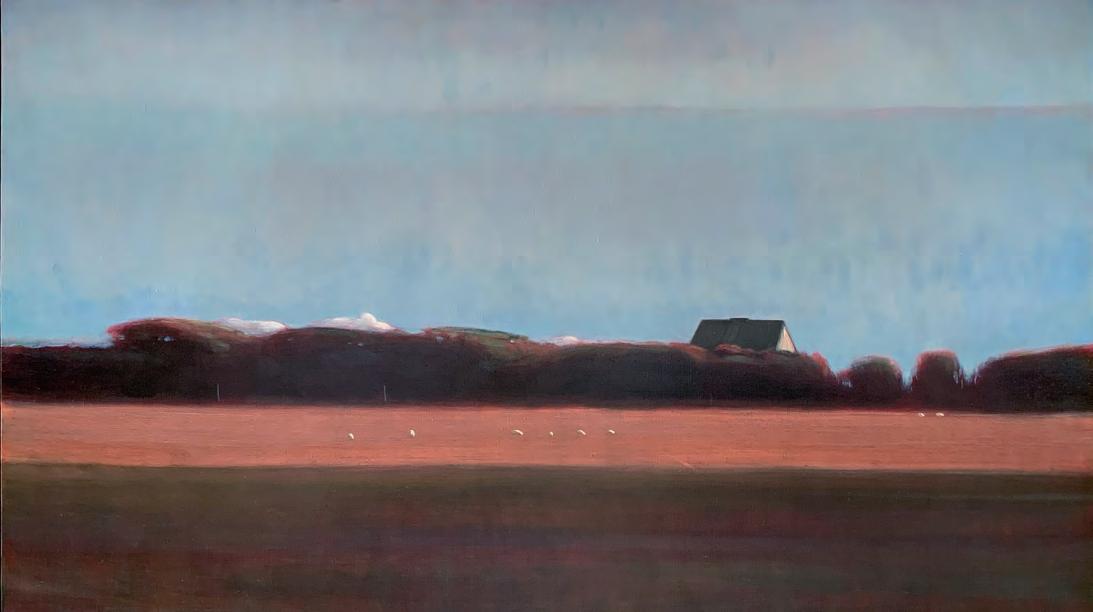

painter and he or she will say, “An artist must be in nature to truly understand it.” A studio painter will offer a different perspective: “An artist must reflect on the experience and refine it in the studio. It is not the relentless slavery to what is there that makes art; it is the artist’s interpretation, what is left in and taken out to render the most perfect distillation of what is seen.” Most landscape painters have done both and made their choices. Artists were unable to easily paint outside until the mid nineteenth century, when paint pre-mixed and put into tubes became available. The French
Impressionists were the first. Leslie Baker often said to me, “Painting a landscape is recording a moment in time.” I think of that a lot, looking at the changes on the Island over the years. Leslie and I had painted
along the south shore looking into Chilmark Pond just before Hurricane Sandy; when we went back after the storm, it had all been washed away. Liz Taft painted the iconic clay headland at Lucy Vincent before it collapsed and washed away. Parsonage Pond has become a flowery marsh, but it remains a pond for all time in Allen Whiting’s paintings and in my own.
A good landscape painting can transcend the simple reproduction of a place, inspiring viewers to preserve the Island's visual and ecological treasures. An unobstructed view. A stormy day or a placid one. Wind rushing through a hot, summer field. An opening beyond a woodland that draws a viewer to wonder where that pathway goes.
Conservation, preservation, the care and stewardship of our Island views and values, our traditions, our community, our history. That is what most of us care about. Art maintains these values. All contributions matter, and all contributors. Our goals are the same.

The writer has been an artist on Martha’s Vineyard since 1982.
Leslie Baker often said to me, “Painting a landscape is recording a moment in time.” I think of that a lot, looking at the changes on the Island over the years.

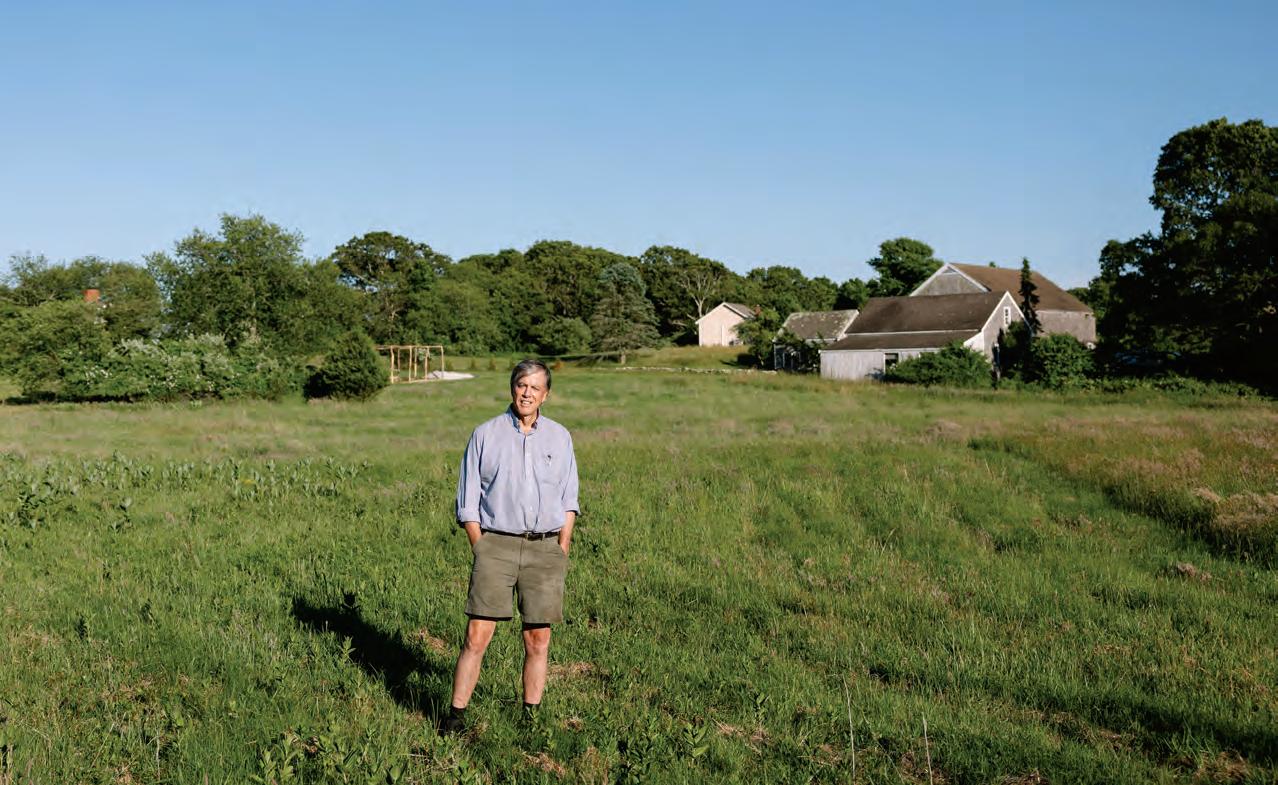
A conversation with David Foster about the past and future of landscapes on Martha’s Vineyard.
David R. Foster was the director of the Harvard Forest, a 4,000 acre field laboratory in Petersham, Massachusetts, from 1990 until 2020. As an ecologist and forest historian who is also a Vineyard resident, he’s a keen observer of this landscape’s past, present, and possible futures. You might know his book, A Meeting of Land and Sea: Nature and the Future of Martha’s Vineyard (see page 48), for its deeply textured profile of the Island’s ecosystems and human history, and for its coffee-table illustration and readability.
In 2005, Foster helped found Wildlands, Woodlands, Farmlands & Communities (wildlandsandwoodlands.org), an organization which set ambitious targets for forest conservation in New England. In 2017, their goal became even more ambitious: protecting 80 percent of New England by 2060, in a mixture of strictly protected wildlands, productively-managed woodlands, and working farmlands, a mosaic landscape intended to support people and nature. (Visit the dashboard on their website at bit.ly/WildlandsProgress to see where we stand now and find land use breakdowns for each state.)
This vision calls not only for accelerating the pace of conservation, but for setting aside at least 10 percent of New England as wildlands, protected in perpetuity and with strict limits on management by people. Under the definition Foster laid out, wildlands currently make up just 2 percent of the landscape in Massachusetts; on the Vineyard, despite 40 percent of the land being in some form of conservation, there are none.
I spoke with Foster about the future of Vineyard landscapes, and what the WWF&C vision might look like on the Island.
Interview edited for brevity and clarity.
Sam Moore: Can you give us a broad overview of Wildlands, Woodlands, Farmlands and Communities?
David Foster: Wildlands and Woodlands initiated out of a recognition that very few planning agencies, conservation organizations, or state leaderships actually define where they're headed or what their goals are. And this is especially true in terms of land protection goals. Most of these groups are trying to protect more land. But what does that mean? What's the vision that ties land protection together with, for example, land use planning? Without that kind of thinking, there wouldn't be a way to balance the different uses of the world out there. We started in Massachusetts with much more of a focus on forests. But over time we ended up developing not just a vision for the forests of Massachusetts, but a vision for the entire landscape of New England that tried to integrate land conservation and planning. When you first state those goals, conserving 50 percent of Massachusetts in forest or conserving 80 percent of New England in forest, they sound bold. But when you look at them from the other perspective: how much of Massachusetts would
you like to see developed? And how much of New England would you like to see developed? It turns out that they actually are quite reasonable.
SM: Martha’s Vineyard has more land conserved by percentage than many other communities, but is still facing substantial development. Could you talk about the status of conservation on the Island and how that relates to the Wildlands and Woodlands vision?
DF: We love the natural landscape of the Vineyard. We love the cultural landscapes, the farming landscapes, and other places that have been intensely shaped by people. And we need to have places to live. So what is that mix?
For a very long time, conservationists and others have been suggesting that we should define those limits. What is the capacity of the Vineyard, how do we define that through planning, and how do we reinforce that through conservation?
You want to conserve the forest. It probably makes sense to conserve a lot of it as wildlands, where you're just letting nature prevail, because that's the most efficient way to do things like store carbon and grow big trees and diversify the landscape. And then there’s the need to manage some of that for diversity, and for aesthetics, and a variety of other things.
The Vineyard has also been successful in developing remarkable farm communities. Farming actually ties into conservation objectives really strongly, and farm landscapes are tremendous places to breed biodiversity in nature. So clearly there's a big role for farming.
And then you have to plan your communities. So those are the three big elements, right? Forests, farms, and communities. If you're actually going to define what the remaining naturalized and cultural landscape would look like on the Vineyard, you want to define that now, because development is proceeding rapidly.
SM: I just read the 2023 Wildlands Report (bit.ly/ NEWildlands) that you co-authored. Could you talk about working forest lands as part of that landscape mix, and how that applies to the Vineyard?
DF: Our idea right from the beginning was that forest protection was essential because forest is the natural state of most of New England. But you can't talk about either preserving forests as guided by nature in wildlands, or conserving forests to be used in different ways to produce products, without talking about the other. They're kind of like the yin and the yang, and they're mutually supportive.
You've got cores of nature which are intact and not actively disturbed. And you want to buffer those from the developed world and the agricultural world with forests that are intact but are being used in a variety of ways. So you have this kind of gradient of use.
The Vineyard could make more use of its forests. There are a lot of people who continue to use wood for a variety of purposes, whether that's heating their homes or making boardwalks for Sheriff’s Meadow Foundation. You can do it in a sustainable way. You can do it in a way where people can hardly even tell that the forest has been managed. Yes, we are using resources. Those resources have to come from someplace. We better do a really good job of making sure we do that well. Everybody can benefit from understanding that our timber doesn't just come from Home Depot.
So I think there's a role for that — but there's a much bigger role for it off of the island. Wood has always been shipped into the Vineyard. You can go back to the earliest days of the Vineyard Gazette in the 1840s and find records of lumber being brought in from Maine.
SM: And in the Island’s case, maybe agriculture provides more of that working-landscape buffer around core areas of preservation.
DF: Yeah, that’s true. And it’s also true that in the history of the Island, there are a lot of areas that were never cleared, that were always kept in forest. I just came back from Seven Gates Farm, and there are trees there that are over 300 years old, and there are old forests that are just beginning to get into that very mature, almost-old-growth characteristic. But on the periphery of all of those areas are all these old farm fields that have been abandoned and have become forests. In a sense, those secondary forests provide a buffer to the agricultural lands or to people's backyards.
So I think there always will be that kind of tension zone, buffer zone, and that's one of the reasons that it's really important early on to define: what are your permanently preserved areas, where are your wild lands? And right now on the Vineyard, as you can see from that report, there are none.
SM: I spent a lot of time looking at your definition of wildlands, which I found interesting and a bit contrary to the kinds of active ecological restoration people may associate with conservation work.
(“‘Wildlands’ are tracts of any size and current condition, permanently protected from development, in which management is explicitly intended to allow natural processes to prevail with “free will” and minimal human interference. Humans have been part of nature for millennia and can coexist within and with Wildlands without intentionally altering their structure, composition, or function.”)
Could you talk a little bit about why most of the protected areas on the Vineyard might not qualify as wildlands?
DF: Everybody's familiar with, ‘we can buy a piece of land and conserve it. We can put a conservation easement on it and we can conserve it.’ But all that means is we're conserving it from
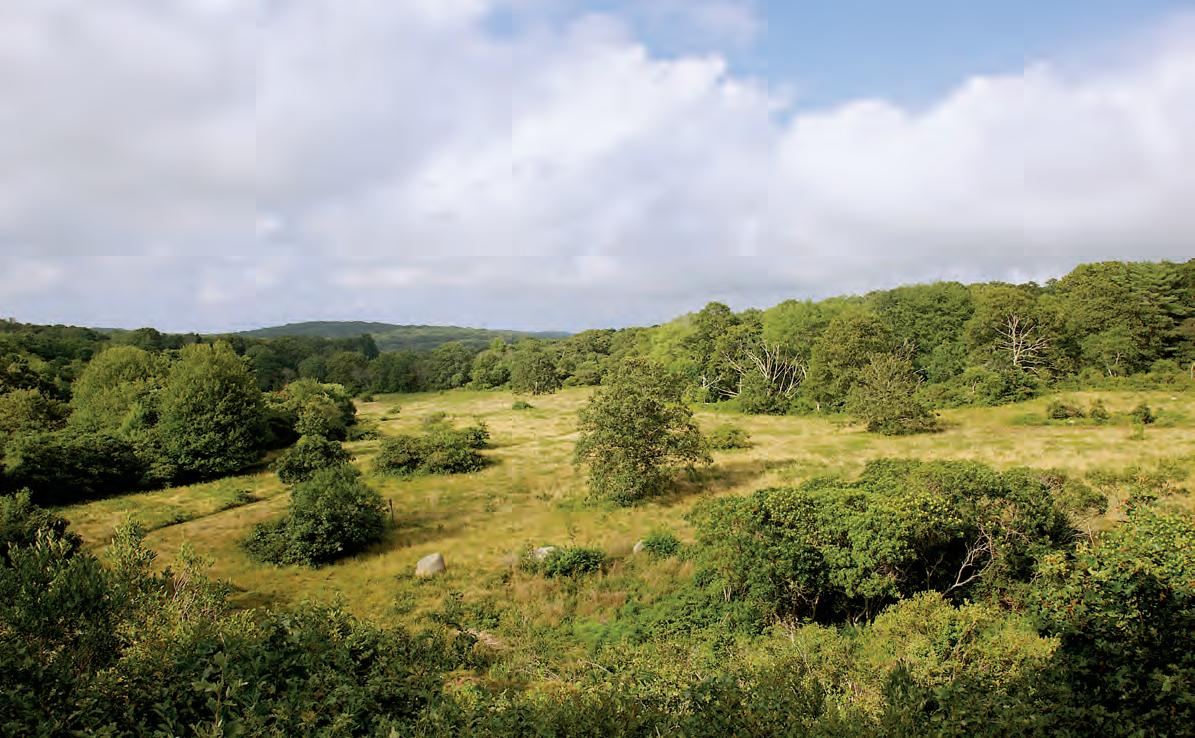
being developed. It doesn't mean that the forest couldn't be turned into a field, or the forest couldn't be actively managed.
The wildlands criteria say it's not a wildland unless there is a definite intent to make it a wildland. In other words, it’s an intent to allow the area to develop naturally with as little human impact as possible. And backing that intent up with a strict approach to conservation, either a conservation easement or bylaws establishing it, or some other guarantee that the management plan from this decade is going to work in the next decade and so on. And then there needs to be proof on the land that you're doing it. There are plenty of places on the Vineyard where people are not actively managing. And maybe they have decided they're not planning to manage, but they never made that intent known.
SM: One piece of your definition that I found really interesting is this concept of not managing in pursuit of a desired state, whether that's trying to reclaim a past landscape, whether it’s the pastoral Vineyard of yesteryear, or some imagined landscape in the future.
DF: Yeah, that's key. The test is: did they try to move the landscape in any particular direction? I benefited incredibly by reading this interagency wilderness group that works in the federal government and has spent decades on these issues. That's where I came up this notion, which I think makes great sense, which is: if you're trying to maintain a rare species, or inhibit another species, or if you're trying to selectively increase one thing over another, or trying to make it more healthy by doing this, that, and the other thing — you are trying to impose your
own values and your own future onto that landscape. That's when it stops becoming a wildland. And that's not bad, as long as you recognize that and are comfortable with it.
SM: For example, if we look at the state forest on the Vineyard, which you don’t consider a wildland, compared to the state forests out in Western Massachusetts that you do — what's the distinction?
DF: The big distinction is intent. The Massachusetts Department of Conservation & Recreation has management plans for every forest and all of its forest reserves. There's a long history in most of those areas of not being managed, and people recognizing they are really special and we need to leave them the way they are. The only two that call for active management are Corellus and Myles Standish. The state would like to manage them, they'd like to burn the scrub oak, they'd like to manage the forests to make them more diverse. They would love to do more, and the fact that they haven't managed the landscape much so far doesn’t make it a wildland.
If you look at some of the really beautiful sand plain forests across Massachusetts, most of them have been really actively managed now by the Division of Fisheries and Wildlife or by DCR for habitat, for their idealized thought as to what that should be.
So the point is, on the Vineyard no one has yet stepped forward and said, okay, we don't intend to manage our forests, and we're not going to manage in the future. They haven't done that and maybe they won't, because they worry about the future and want to have their options.
I think it's incredibly difficult for people to do nothing, and I think it's really difficult for foresters and land managers who are trained to be active people, and who get paid for making decisions on what to do, to say: “I've done all my research, I've looked at the situation, I've talked to best people I can find, and the way to proceed is to sit back.”
SM: What is the rationale for having this portion of the landscape set aside in these very strictly unmanaged, undirected wildlands?
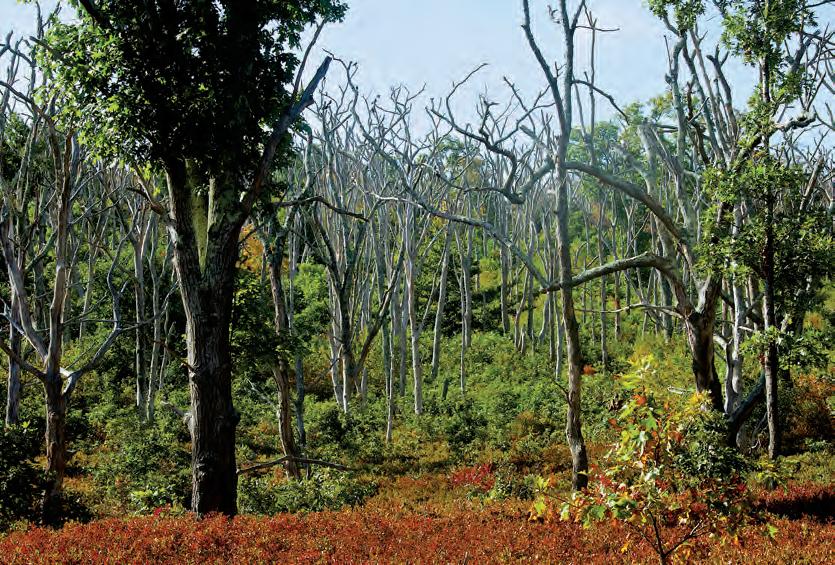
DF: Four arguments. One is the historical and ecological argument. The history and the paleoecology that I do, and work with other people on, argues that the vast majority of New England was treated that way in the past.
Yes, there was a sizable indigenous population of 75,000 or 100,000 people in all of New England. Yes, they undoubtedly had an influence on the forests, but they weren't trying to manage the forest extensively or intensively.
So that argument is: there is something big missing in New England, and it is the environments, conditions, and forest qualities that are shaped by nature over long periods of time. We've done everything we can in the last 400 years to make those disappear. Our ponds, our streams, our forests should be filled with big dead trees that have fallen down, and big standing dead trees, and lots of adjoining big old trees. Those don't exist. And associated with the ecological argument is that, because we don't know what's missing, there are habitats, and there are possibilities for species that should be here but aren't.
Then there’s the environmental argument, that if you want to maximize carbon storage and long term sequestration of CO2, the absolute best thing you can do in almost any forested landscape in North America, or in the world, is to do nothing. There's no way, by managing, that you can gain more carbon than you would have by not managing. When you go in and you kill trees, and you release carbon, and you move carbon out of the forest, you already start from a deficit, and even catching back up to where you were is incredibly difficult.
There is also the human argument, the spiritual argument, the aesthetic and emotional argument of knowing that you're in a landscape that isn't being driven in a particular direction, that is kind of relaxed from human oversight. I just spent the last week on Monhegan Island, where 70 percent of the island has been set aside as wildlands. And even though it's recovering from historical use, it has been long enough now that there's almost no evidence of human activity. Time has healed so much of what had happened out there. There's something emotionally
refreshing, a release that comes with that.
And then the final argument is of course, how can you judge what your impact is if you don't have scientific controls to evaluate? The first predecessor in my position as the director of the Harvard Forest was the guy who established it in 1907, and one of his first steps was to find examples of old growth forest as close to the Harvard Forest as possible, and preserve them intact so they could study how nature operated, and use that to guide their management.
That pertains to everything we see on the Vineyard today. If you're going to cut trees down for southern pine beetle (see our story on page 12.), set aside some big areas where you don't do that. If you're going to tweak the forest for beech leaf disease, or if you're going to do a bunch of other things to your forest, you want to have some controls so that you can see what nature does without you.
SM: A sort of thought exercise, if you're up for it, is to try to describe a hypothetical Vineyard, fifty or a hundred years from now, or even longer. What is the landscape like in a future Island that meets the Wildlands and Woodlands targets?
DF: To give you some sense as to how fruitful or fruitless those exercises are: if you look at my book, one of my great predictions was that beech would become a dominant species, because beech was originally very important on the Vineyard. Much, much more important than it is today. And it is a naturally successful tree because it is so shade tolerant. Who would have guessed that beech leaf disease is going to come in here and potentially eradicate beech? It's just remarkable.
As the future plays out, the first thing that needs to happen is the Martha’s Vineyard Commission and the Martha’s Vineyard Land Bank — to use them as two examples — need to come together and we need to map the development envelope for the Vineyard. It doesn't mean that you can't pack more people into
that, but we just can't keep spreading and converting forests and farms and other natural areas into development. We just can't do it. So that really takes land planning and land conservation.
Then within the conserved land landscape, I think there is a huge opportunity to create some really wonderful wildlands, and to have some areas where people will be able to explore and be able to go, and sit, and know that this is not going to be shaped by people. It's not going to be the same in 100 years, because we're going to get hurricanes, we're going to get beech leaf disease, we're going to get other things. But by and large, it's going toward a wilder and wilder condition.
And then the other extreme is the agricultural land. Everything happening on the Vineyard is moving in the direction of trying to make outdoor agriculture as diversified and as organic as possible so that it can provide benefits to nature as well as benefits to people. It doesn't kill insects because it's laden down with pesticides. So you're planting in ways that accommodate native species and pollinators.
And then the big question is the woodlands. What do we manage those woodlands for? The Vineyard isn't big enough to make all that much difference. But it's really important for people to understand the power of forests to combat climate change. And the less that we manage them intensively, the better. There's a good opportunity to let some more areas become forest.
SM: Last question: looking at the map from 1850 (bit.ly/ MAP1850) that you digitized, and toggling between that, the aerial photos of the Island from 1938, and current satellite imagery, you see farmland turning back to forest in plenty of places. But you also see development surge in those intervening periods, in Katama, for example. Are there particular spots on the Vineyard that you're watching closely?
Find David Foster’s book A Meeting of Land and Sea: Nature and the Future of Martha’s Vineyard on Amazon.
Check out the MV Map Explorer (bit.ly/MAP1850) to compare maps of the Vineyard from different periods of time, including the 1850 map of the Island, aerial photos from 1938, and present-day satellite imagery.
Find art, poetry and science writing from the Wilds and Woodlands project in their new quarterly magazine, From the Ground Up (fromthegroundup.org).
DF: To my mind, that map represents one of the keys that everyone should have for conservation and land-use decision making, because that history determines what we have. If you look at the distribution of invasive species in woodlands on the Vineyard, they're almost all in these areas that were completely cleared and have now become forest.
That's just one example of how history shapes what we have today. In many places, if you take that map out when you're walking through the woods, you can find a stone wall or a place where there was an old fence line. And that may all be invisible, but there's a sharp break in the vegetation from one side to the other.
One thing we've tried to keep track of is how much forest clearance is going on these days, and how much of it is happening in these primary forests that have made it all the way through from 1850? There's one map in the book which is just glaring in the amount of ancient forests — forests that have gone for 15,000 years without being destroyed by people — being converted. I think the history map can help to prioritize. Not that I really like saying this forest is more important than that forest, but areas that have never been converted are not the obvious places to produce new grasslands or put solar fields or plunk down big houses.
SM: That is a continuity that you can't get back once it's gone.
DF: No, absolutely not.

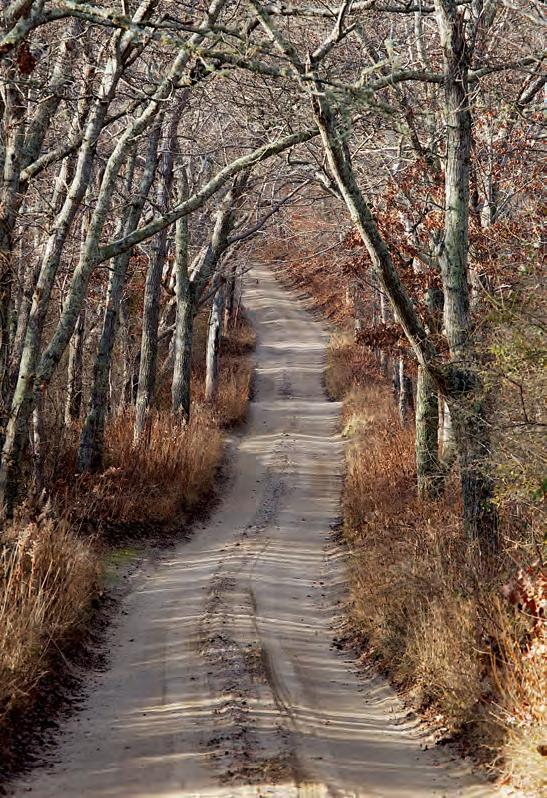
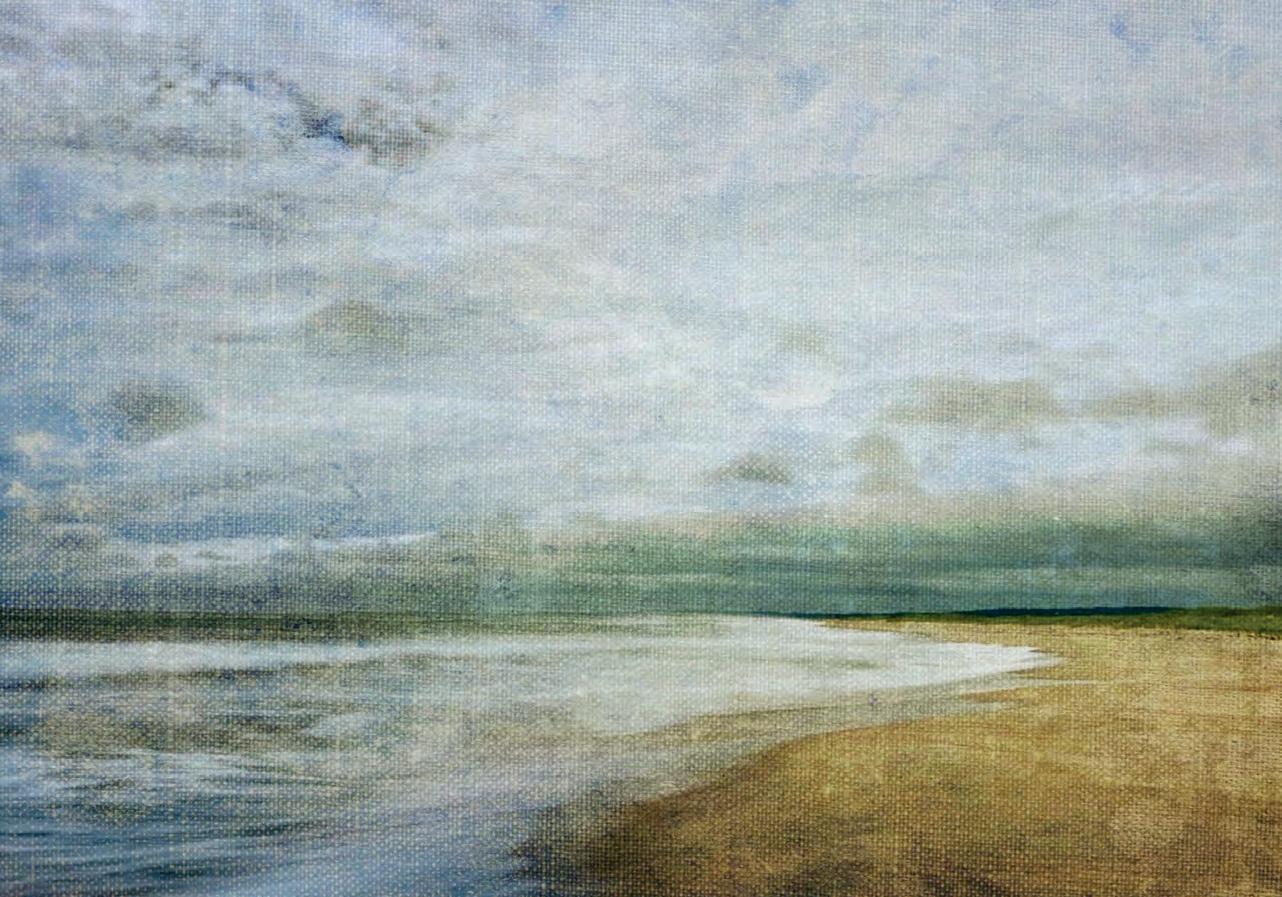
CBy Geraldine Brooks
Caleb's Crossing was the first novel I wrote while living in the place I was writing about. My first novel, Year of Wonders, is set in England's Peak District, but I wrote the book in a room overlooking a horse paddock in Virginia. By the time I wrote March, which is mostly set in Virginia, my study was located in Sydney, in a room overlooking a stretch of harbor where giant Maersk cargo ships slide by the window.
So it was a great luxury to be actually writing about the Vineyard of the 1660s while living on the Vineyard of the 2010s. If I came to a logjam in the writing, all I had to do to get a fresh idea was to take a walk. I could notice the same things my protagonist would have noticed: the silvery light on beach grass in the early evening, the patterns of ice on puddles, the tenacious attachment of sepia beech leaves to winter branches, the variety of flotsam in a wrack line. Of course, my 21st century Vineyard was very different from hers, and yet there were still a few places where I could hike to a hilltop, look across trees to water, and see a landscape
similar to what she would have seen: a natural world not interrupted by one man-made thing.
– Geraldine Brooks, 2024
From Caleb’s Crossing
“On one bright day, when the weather had warmed and steadied, I rode Speckle to the south shore. The prospect is remarkable there, where the wide white sands run uninterrupted for many leagues. I watched the heaving waves, smooth as glass, unspooling down the rim of my known world. I dismounted, untied my boots, stripped my hose and let the seafoam froth about my toes. I led the mare along the wrack line, studying white shells shaped like angels’ wings, and bleached bones, light as air, which I took to be from a seabird. I picked up scallop shells in diverse colors and sizes — warm reds and yellows; cool, stippled grays …”
– Bethia, age 12

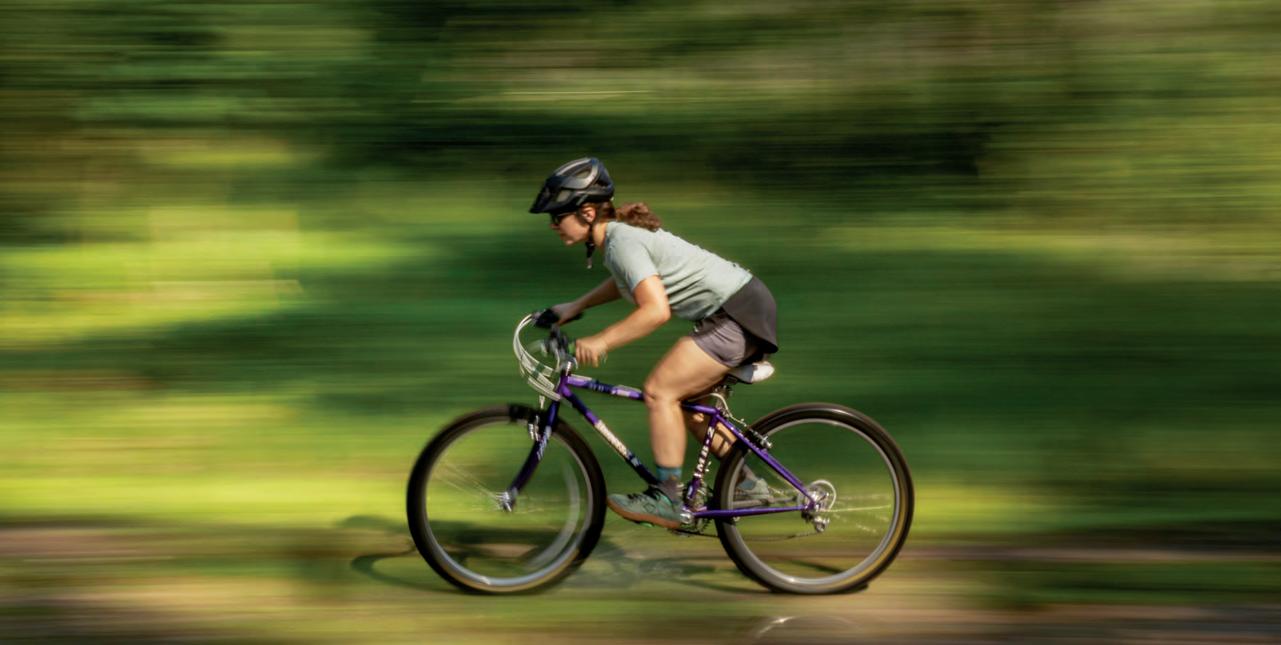
Martha’s Vineyard is more cycle-friendly than it appears. All you have to do is get off the bike path.
Given how many hours I spend on a bike now, it’s incredible to remember that for most of the time I lived on Martha’s Vineyard, bicycles were little more than an annoyance to me. I sweltered through summers in my car, calculating how many minutes I would be late to work while a serpent of traffic elongated behind some clueless cyclist.
Once, in a fit of road rage, a friend of mine harangued one of these spandex-clad fools to use the bike path. Balanced atop his skinny road tires, the cyclist lifted one fist into the air and cried “Neverrrrrr!” as he sailed backward into the vanishing point of the rearview mirror.
Comedic genius aside, I was struck by the cyclist’s determination to ride his bike in the face of unfriendly traffic, his fist raised against an infrastructure designed for things-that-go-by-gas. The bike paths, with their random deposits of sand and enough fissures to rival the San Andreas fault system, are notoriously despised among the Lycra crowd. Not that the narrow, winding roads of the Vineyard were any safer for a human head encased in an inch of styrofoam — especially when those roads became congested with checked-out
vacationers and late-for-work locals. At the time I moved to the Vineyard, scores of cycling accidents were reported each year, and some particularly tragic fatalities were still fresh in the Island’s collective memory. For the most part, I preferred the perceived safety of a metal box with four wheels and a windshield.
The trouble with cars is that they demand care and feeding. And if a careless operator neglects to nourish the hungry tank, she might find herself, like me, sputtering to a halt worse than summer traffic, growing inexcusably late for work, and blocking the entrance of a nature preserve.
I left a note with my phone number
as a meager apology. While the preserve’s caretaker eviscerated me via voicemail and recruited the fire department to roll my car out of the way, I walked home and dusted off my next-fastest form of transportation: a somewhat rusty mountain bike from the early aughts. I pedaled to Granite Hardware for a gas canister. I pedaled to the Mobile station to fill it up. I pedaled back to my car, hoping desperately that the caretaker would not be waiting with a pitchfork. And because I was already so irreparably late for work, because there was something redeeming in how the summer sea breeze alleviated my need to rush, I smuggled my car home and pedaled to work too.
I pedaled back to my car, hoping desperately that the caretaker would not be waiting with a pitchfork. And because I was already so irreparably late for work, because there was something redeeming in how the summer sea breeze alleviated my need to rush, I smuggled my car home and pedaled to work too.
I discovered how to bypass paved roads altogether by seeking out stretches of Land Bank singletrack and the Island’s ancient ways that endured precisely because they were the best route from one central location to another. I learned to pump between the speed bumps and potholes of Head of the Pond Road.
So began my summer of cycling. It turned out that I could make impressive time when I was not confined to the flow of vehicular traffic. I discovered how to bypass paved roads altogether by seeking out stretches of Land Bank singletrack and the Island’s ancient ways that endured precisely because they were the best route from one central location to another. I learned to pump between the speed bumps and potholes of Head of the Pond Road. I fishtailed through the deep sand of the State Forest fire lanes. I sweated out the climbs to some of the Island’s most iconic overlooks, and with white knuckles and gritted teeth, I smiled all the way back to sea level. As my confidence on two wheels grew, even the roadways felt less threatening, and the fault lines in the bike paths less cavernous.
Looking back, these were the
beginnings of an obsession with mountain biking that blossomed when I later moved off-Island. During the early months of the COVID-19 pandemic, seeking safety from sickness, some of us abandoned our physical well-being to the thrill of extreme sports.
And just like that, my attitude toward bikes became like Ebeneezer Scrooge’s nephew Fred’s attitude toward Christmas: “Though it has never put a scrap of gold or silver in my pocket, I believe that it has done me good, and will do me good; and I say, God bless it!”
If the planet’s well-being benefits from my compulsion to ride my bike, that’s just the cherry on top. Now that I work from home, I have no real claim on the identity of bike commuter. And I confess that I frequently drive to trailheads to start my ride. We all do moral gymnastics to justify the things we love (though some of us are more bendy than others).
Better humans than I have battled for bikes as alternative transportation. But bikes are so much more than a way to get from point A to point B. If you really want to wax poetic about it: They are your dad’s
hand on your shoulder as you balance for the first time on two wheels. They are a respite from a world-rending pandemic. They are a cool sea breeze on a day when your car dies of thirst and you are late for work and you have royally pissed off a caretaker and possibly the entire Edgartown Fire Department. And sure, bikes are also a fist raised against a fossil fuel-powered future in which the consequences are closer than they appear.
When I return to the Vineyard, it’s always by bike. (When it comes to paying the Steamship Authority the price of a car ticket, I’m less like Fred and more like Scrooge). It’s become a homecoming ritual to cruise the Shining Sea Bikeway into Woods Hole, embark and disembark with my bike, and roll blissfully away from the congestion that plagues the ferry terminals. As I pedal down some scrub-oak-shaded path, brimming with nostalgia for a place I once called home, I rarely worry about being late. If I arrive sweaty, show I’m putting in the work, who is going to fault me for saving the planet? No one has to know I had fun doing it.


My preferred fuel for a bike adventure on Martha’s Vineyard is a Liz Lemon sandwich from 7a Foods.
Here’s how I bike from Vineyard Haven to West Tisbury center with minimal time on busy roads.
Note: I’ve kept directions intentionally vague in the spirit of exploration (and because online mapping tools are not privy to every Vineyard trail). This ride is best suited for bikes with gravel/off-pavement tires. Make sure to bring water, tools, and a plan — including a few bucks for the bus if you need a bailout!

1. Avoid Five Corners by crossing the street from the ferry terminal to the Stop and Shop parking lot. Use Cromwell Lane to cut over to Beach Road, cross, and make your way through Veterans Memorial Park.
2. Use Causeway Road and Skiff Ave to get to Edgartown Road, where you can promptly hop on the bike path.
3. Turn right onto Canterbury Lane. When you get to the end, you’ll find the Tisbury Cross Town Trail to Sailors Burying Ground.
4. For a more adventurous ride, follow the trail system through Wapatequah Woods. Or, ride the gravel Takemmy Path to get to Stoney Hill Road.
5. Use the trails behind Island Grown Farm Hub at Thimble Farm to access Checamo Path. The Greenland Loop Trail (heading southeast) will deliver you directly to the bike paths of Manuel F. Correllus State Forest.
6. Choose your own adventure through the State Forest: Paved but cracked bike paths, or sandy fire roads. The goal is to reach the southwest corner near the West Tisbury Fire Station.
7. Brave the last stretch of pavement through the three way intersection to State Road and downtown West Tisbury.
Find that map online here: bit.ly/MV-Off-Trail-Biking
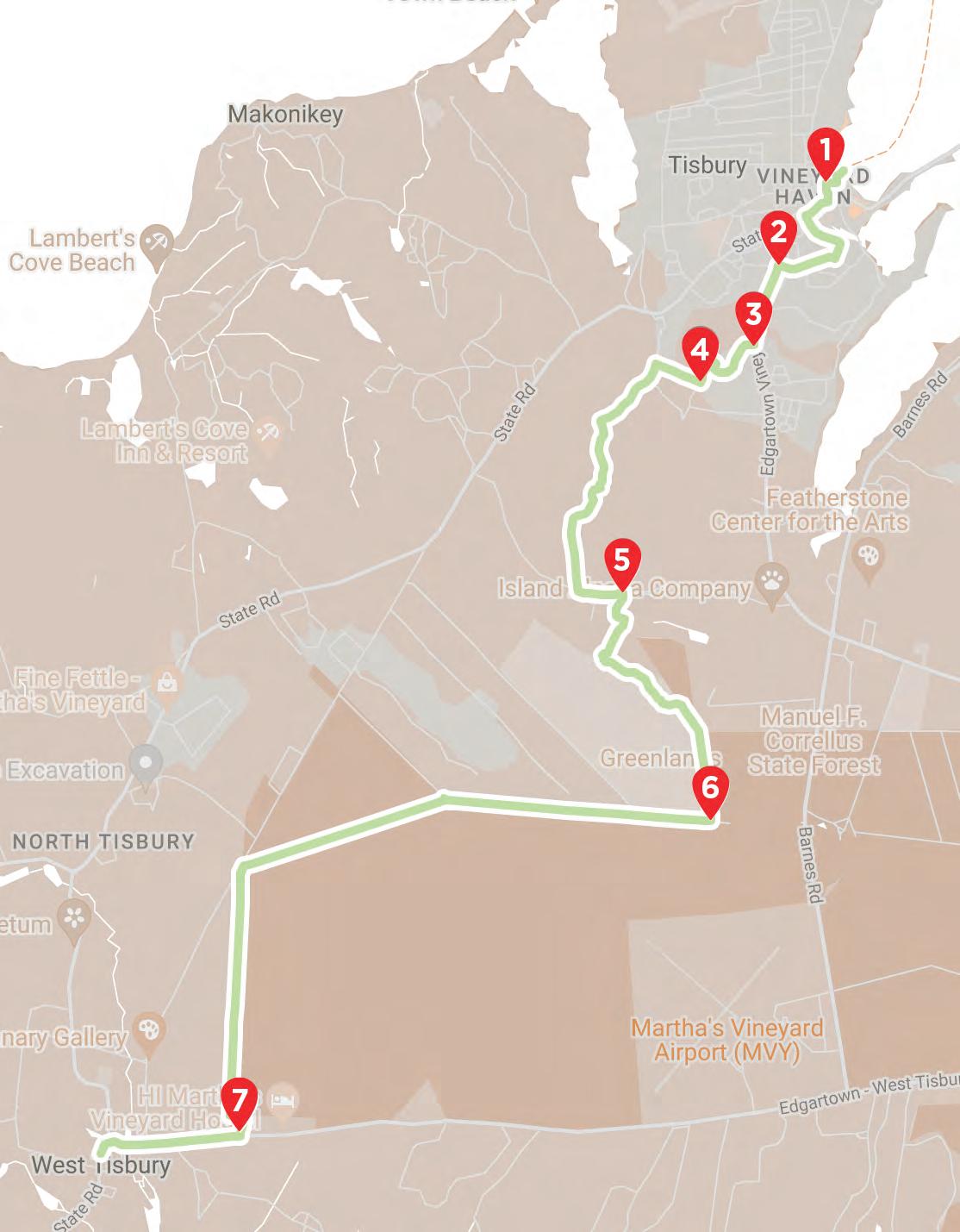

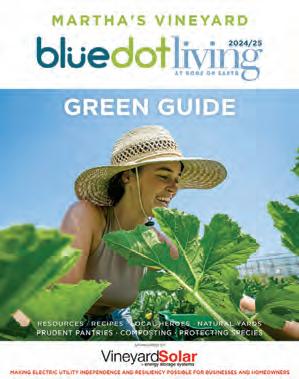
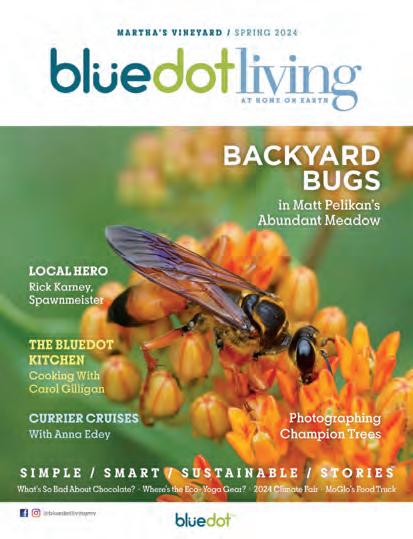
•
•
•
•

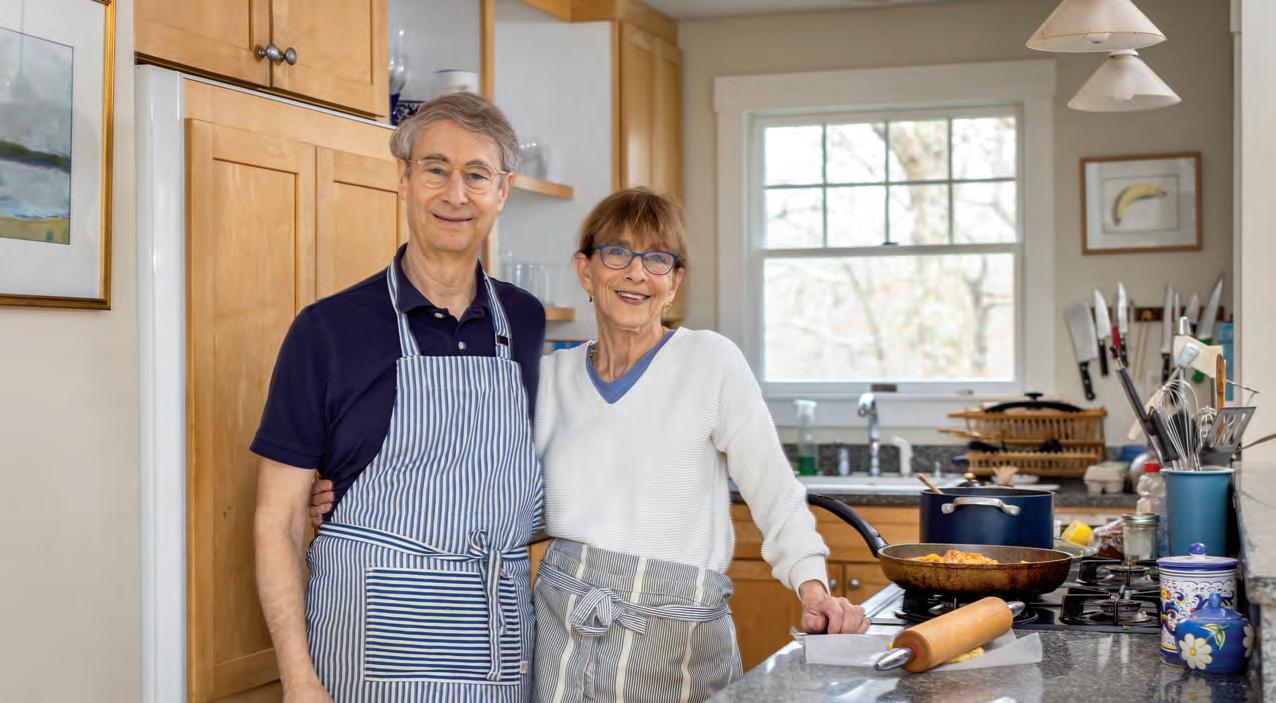
Much of the couple’s cooking takes its cues from what’s growing in the garden.
Story by Laura D. Roosevelt
SSometimes he’s her sous-chef; sometimes she’s his. One night, she’ll make the whole meal, and the next, she’ll come downstairs and he’ll have dinner ready and on the table. Often, she’ll make the main course while he makes the sides, and sometimes they do the whole thing together.
These are some of the many ways things work in the kitchen of Peter Kramer and Rachel Schwartz, who have been married for 44 years. Even before they met, preparing and enjoying food has always been important, so much so that when they married (when Rachel was 30 and Peter 31), they merged two sets of Sabatier knives and Le Creuset pots — both pricey, top-of-the-line items, but worth the investment to the serious cook. Peter had purchased his with the first paycheck he received when working as a medical intern at the University of
Wisconsin. And Rachel, who, by the time she met Peter, had worked as a chef professionally more than once, knew well the importance of quality cooking gear.
Both Peter and Rachel started cooking when they were children, Rachel making cakes from mixes with her brother, Peter frying up after-school snacks on a plug-in pan designated for his use. Rachel (whose parents both worked) recalls watching an Austrian babysitter mix dough with her hands on the kitchen table. “She’d tell me why she was doing things,” Rachel recalls, “and I was fascinated.” Peter, whose German immigrant mother loved to cook, remembers enjoying German specialties such as sauerbraten and rotkraut, but also American, pan-European, and even Chinese food for dinner.
When Rachel was 21, in her last year at
Carnegie Mellon University, she contacted a well-known chef in Pittsburgh about her interest in learning his trade. He invited her to take his French cooking course for free, in exchange for assisting him in class preparation. “He was a big guy, probably sixfoot-two,” says Rachel, who is petite, “and he said that being a chef was as physical as being a ditch digger. He said, ‘It’s 100 degrees in the kitchen, and you’re carrying around enormous pots, and working with huge ovens that aren’t safe, and moving at speeds you can’t imagine — all while being yelled at. You can’t do it.’”
Rachel took him at his word and tried a different tack, seeking work as a food writer with the New York Times. Though she didn’t get the job, the paper’s restaurant critic and food editor, Raymond Sokolov, ended up coming to Pittsburgh and writing an article about Rachel. She cooked a variety of dishes
for him, including Chinese sweet and sour pork — a recipe she’d learned from a chef in Taiwan during a visit when her parents were living there. “It was a fun recipe,” Rachel recalls, “and it was interesting [for an American] to even know how to make it back then.”
Sokolov’s New York Times article led to a cover article about Rachel in Redbook, featuring her natural foods cooking (she’d been quasi-macrobiotic for a while) — what she describes as “mostly granola, breads, hippie food.” It also got her a job as a private chef on Martha’s Vineyard the summer after she graduated. While here, she gave a boost to the newly founded Black Dog Restaurant: She praised the restaurant to Sokolov, who then came to the Island, ate there, and wrote a glowing review in the Times. “So,” notes Peter, “Rachel played a role in the ascent of the Black Dog.” Then she went to the University of Michigan and got a master’s degree in public health.
All this time, Peter was developing as a cook in his own way, making food in the fireplace of his Harvard dorm room and, during a two-year Marshall Scholarship after college in England, collecting a full set of Penguin paperback Elizabeth David cookbooks. (The chutney recipe below is from one of them.)
“From fairly early on,” he says, “I had a nurturant personality (which ended up with my becoming a psychiatrist.) Anything that grew, I did; I made yogurt before everybody was making yogurt. I made bread. In my psychiatry residency, I grew vegetables in baskets on my fire escape in New Haven. During residency and internship, you’re working so hard that there isn’t time for anything else, and you’re exhausted all the time. I liked that while I was putting in the hours, my plants were doing some of the work at home on their own.”
Peter first came to the Vineyard while in medical school in the 1970s, when he apprenticed to local doctors Russ Hoxsie and Milton Mazer. After Peter wrote his 1993 best-selling book, Listening to Prozac, in which he examined the ethics and impacts of antidepressant use, he and Rachel were able to buy land in Chilmark. Now, Peter has a
large and productive vegetable garden there. Most years, he starts almost everything he grows in his garden from seed, under grow lights at his home in Providence. He and Rachel come to the Island for most of the summer months, but they’re also often here on weekends during the off-season, which allows him to get his seedlings planted on time, along with those vegetables that he sows directly into the ground, like lettuces, radishes, and peas.
Much of the couple’s Island cooking takes its cues from what’s in the garden. “When something’s ripe,” Rachel says, “we think: what can we do with this that’s fun?” Peter adds that sometimes they have what they call “emergencies” — a “string bean emergency,” for example, when suddenly they’re awash in beans. Some will get eaten right away, of course; but also, Peter says, “in my growth/fermentation theme, I’ll pickle a lot of beans, and also garlic scapes. Things in the garden can be demanding. At some point, the fennel just has to be picked and used, or else it’s going to go to seed.”
When the couple was here full-time during the pandemic, they were delighted that a relatively mild winter allowed their garden to continue producing well into December, and in the case of a few plants, beyond that. They had their own onions and garlic that they’d picked and cured during the summer, but they also still had sweet and hot peppers in the garden, along with carrots, herbs like parsley and chives, and kale. Making meals that centered around items in their pantry (beans, lentils, pasta) and what was still growing outside, they were able to keep their visits to the grocery store to a minimum.
When Peter makes the green tomato chutney featured below, he uses tomatoes from his garden. Likewise, when possible, Rachel uses their own rhubarb in her latticed rhubarb pie. They don’t grow the Meyer lemons in Peter’s preserved lemon recipe themselves, but they get them from a relative who does.
“For most of our marriage,” Peter says, “Rachel has been semi-fanatical about cooking. She used to wake up in the morning planning what we were going to
have for dinner two days from now. When we travel, we seek out local dishes and ask how they’re made, and Rachel replicates them at home.” In 2015, having retired from a long career as a healthcare executive, Rachel started the Providence Baking Company, which made cookies and other sweets while providing decently paid work for women reentering the workforce. “I paid more than other people,” Rachel says, “because kitchen work is dangerous.” Partly because of this, she says, “I just couldn’t make the numbers work,” and the company closed in 2018. But at home, cooking continues to be a major focus of Rachel’s life.
“I’m not at Rachel’s level as a cook,” Peter says. “When the kids were growing up, I would do ‘tofu Wednesdays’; I was in charge of the tofu so Rachel could do the real food. I think the secret to Rachel’s cooking is constant adjustment; it’s not just that she picks good recipes, but that she’s constantly tasting, adjusting, modifying.”
However, he adds, Rachel is also “really opinionated” about food. He tells a story of a time that he wanted to try making pasta e ceci, an Italian pasta dish with chickpeas. “Rachel said, ‘That sounds horrible, don’t make it.’ So one night, when she was out until late, I made it and had it ready when she got home, and she liked it so much that it became one of our staples. It’s a great off-the-pantry-shelf dish, if you have some parmesan and ditalini and chickpeas.”
Rachel acknowledges that, after all of her years of serious cooking, during which she’s developed an extensive repertoire, it’s become challenging to find new things that are good enough to add to it. “I’m terrible at following recipes,” she adds, “because I’m always thinking, ‘no, that’s not right; I wouldn’t do it that way.’”
Below are five recipes that are triedand-true components of Peter’s and Rachel’s cooking repertoire. With a quickly whipped-up salad and some rice, they’ll make you a full and delicious dinner, and might — who knows? — become part of your own recipe collection.

(Sign up for the soon-to-be-launched Bluedot Kitchen newsletter at bit.ly/MVNEWSLETTER)
By Rachel Schwartz Serves 5 to 6

1 1/2 lbs fresh asparagus
1 /2 medium russet potato (2½ to 3 ounces), cut in large chunk
1 medium onion, peeled and thinly sliced
1 shallot, thinly sliced
3 Tbsps butter or oil
1/8 tsp dried thyme
2 cups chicken broth/ stock (or water)
1/3-1/2 cup hot water or stock to thin
1/4-1/3 cup milk or cream (optional, to taste)
1. Break off the tough stems of the asparagus and discard. Cut off the tops of the asparagus and save for later. Cut the remaining stalks into 1½-inch pieces.
2. Melt the butter in a 4-quart pot, and sauté the onion and shallot on medium heat until soft and golden brown, about 15 minutes. Add the cut-up asparagus stalks and sauté for about 5 minutes. Add the stock and potato and cook until both the potato and the asparagus are tender. The asparagus should remain bright green, preferably, but if it turns olive green, it’s fine too.
3. Using an immersion blender, blend the soup until smooth (or blend in batches in a stand-up blender). Add ⅓ cup hot water or stock (or more) to thin it a bit. It should be the consistency of a smooth pudding. Add some milk, cream, water, or stock (probably about half cup) to bring soup to your preferred consistency and taste. Place the asparagus tops in a bowl with 2 tablespoons of water, cover, microwave on high for 90 seconds, then add them to the soup.
4. If you have time, let the soup sit for an hour or so to develop flavor. Serve warm.

NOTE: If the soup is stored in the fridge before warming, heat on low to medium. Do not let it boil.

1. Season the chicken thighs with salt and pepper.
2. Use just enough oil to barely coat a heavy skillet. Heat the oil on medium high until the oil ripples, then place the chicken in the pan, skin side down. The chicken pieces should not touch.
3. Cook on medium heat without moving the chicken pieces until the skin is deep golden brown and crisp, about 20 to 25 minutes (depending on their size). If you have a spatter guard, you will want to use it. If the chicken starts to stick, gently loosen it with a spatula. Adjust the heat as necessary, lowering it if the skin threatens to burn. When the skin is golden brown, turn the pieces over, placing a portion
Adapted by Rachel Schwartz from Canal House's Chicken Thighs With Lemon, by Genius Recipes (FOOD52)
This recipe is deceptively simple: Five ingredients and one cooking method. But the result is astonishingly good. And of course, one of the ingredients, the preserved Meyer lemon, is prepared from more than a half-dozen ingredients, so the aromatic spices are built in.
Serves 4 to 5
INGREDIENTS:
2 tsp olive oil
5 bone-in, skin-on chicken thighs, air dried or patted dry
Salt and black pepper
2 1/2 Rinds from preserved organic Meyer lemons, sliced lengthwise, then chopped into ¼-inch chunks, divided into 5 portions.
(Regular preserved lemons can be substituted, but since they have thicker rinds than Meyer lemons, you’ll need to chop the rinds more finely.)
Preserved organic Meyer lemons recipe on page 58
of chopped preserved lemon beneath each thigh. Continue cooking until the meat closest to the bone is cooked through, about 15 minutes more.
4. Serve the thighs immediately, drizzled with the pan drippings and cooked preserved lemon. Serve extra preserved lemons and green tomato chutney on the side.

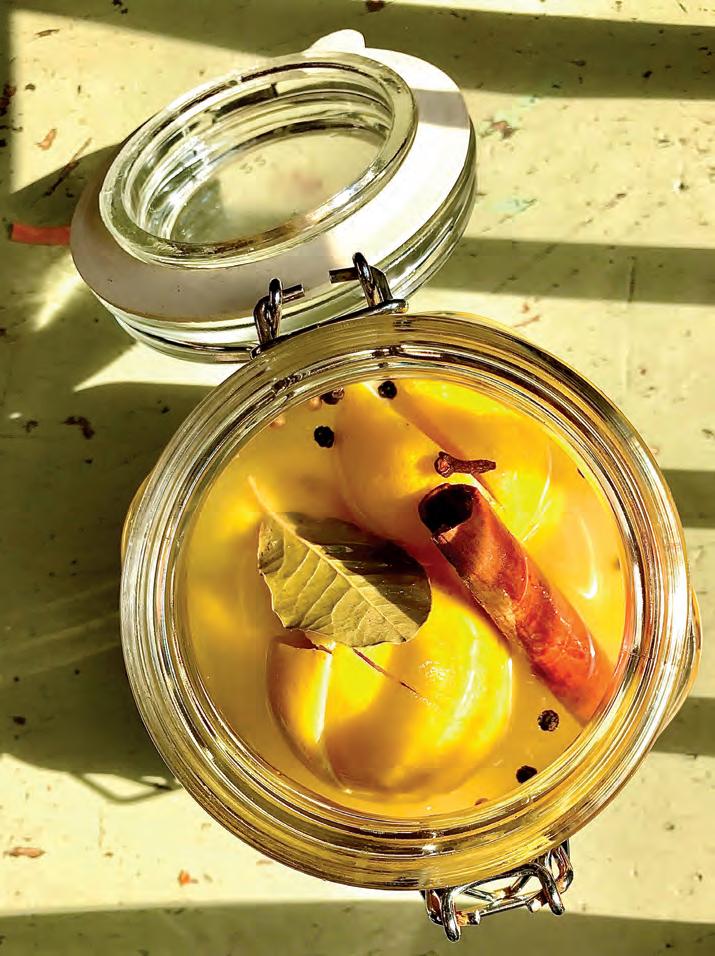
1. Quarter the lemons from the top to within ¼ inch of the bottom. Splay them open partially, remove seeds where possible, sprinkle salt liberally on the exposed flesh, then reshape the fruit.
2. Place 1 tablespoon of salt on the bottom of the Mason jar. Pack in the lemons, pushing and
pressing them down to release their juices and to make room for the remaining lemons. Place spices between the layers of lemons.
3. Pour in additional lemon juice to cover the fruit, leaving ¼ inch of air space at the top of the jar. Cover tightly.
By Peter Kramer, after Paula Wolfert
Use organic fruit for this recipe, as you will primarily be eating the peels, and they can retain pesticide. I like the distinctive flavor of Meyer lemons, but conventional lemons can be substituted for a good, if slightly different, result. These keep for a year — or two. (Most recipes call for 30 days of curing and say that preserved lemons can be stored on the counter, but those recipes also add additional salt as the lemons are packed in the jar.)
Serves enough to fill one 1-quart Mason jar
5 organic Meyer lemons 1/3 cup kosher salt, more if desired
1 small cinnamon stick
2 - 4 cloves
5 coriander seeds
4 black peppercorns
1 bay leaf
1 1-quart, wide-mouth Ball or Mason jar for packing, and an additional pint jar if needed
Fresh lemon juice (conventional is fine)
4. Let the lemons ripen in a warm place, shaking the jar each day to distribute the salt and juice. To make sure that all the lemons stay moist and the salt is well distributed, you may want to have the jars stand upside down on alternate days.
5. After a week or ten days, refrigerate to slow further pickling. Wait another couple of weeks before using.

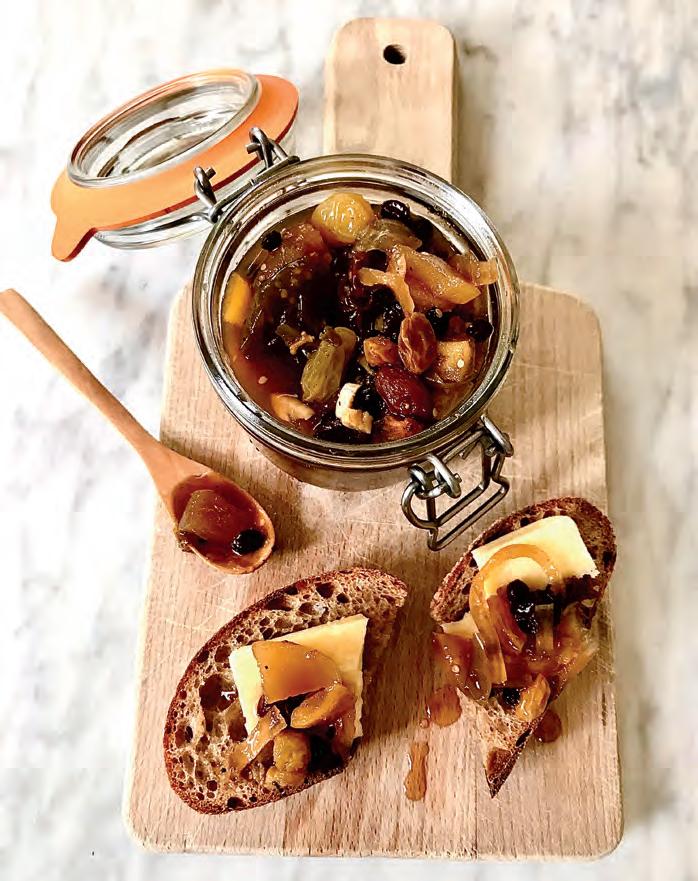
2 lbs green tomatoes, chopped
2 lbs tart cooking apples, peeled and sliced
(Some years, I have used firm pears.)
1/2 lb onion, thinly sliced
1 lb raisins or currants, or a mixture.
(You can sub in some golden raisins.)
1 organic lemon, peel on, seeded and coarsely chopped (or ½, but I like the texture)
1 1/4 lbs brown sugar
2 tsp ground ginger
By Peter Kramer, after Elizabeth David, Salt, Spices
and
Aromatics in the English Kitchen (volume 1, 1970)
This recipe is forgiving. All sorts of fruits and vegetables work. If at season’s end, I don’t have enough green tomatoes, I sub in the flesh of a small pumpkin or winter squash. When I come into firm pears from a neighbor’s tree, I use them in place of half of the apples. Depending on the sweetness of the fruit, the brown sugar quantity can be reduced — hold a couple of tablespoons back and taste as the chutney develops — but keep in mind that both the salt and the sugar help in preservation.
The cooking takes time. The original recipe says, “for about an hour,” but I find that it takes much, much longer. Never mind. The whole house will smell heavenly, and the result is a delicious, versatile chutney, good with grilled foods, curries, tagines, you name it.
For safety’s sake, I pack the chutney into sterile jars and can it in a water bath for eight or ten minutes, but the original recipe does without this step. This chutney is great for gifting, and it’s a very long keeper. I tend to store jars in the back of the refrigerator. If I forget about one, the chutney will still be good at the two-year mark.
Serves about 10 cups of chutney
2 tsp allspice
2 tsp black pepper, very well crushed, or 1 tsp coarsely ground black pepper
2 small garlic cloves, peeled and coarsely chopped
2 Tbsps kosher salt
Up to 1 1/2 pints white wine vinegar or a mixture of apple cider vinegar and distilled vinegar
1. In a nonreactive saucepan, combine the tomatoes, apples, onion, raisins,
lemon, brown sugar, ginger, allspice, black pepper, garlic cloves, and salt with a little vinegar to moisten, and cook gently, adding vinegar sparingly as the mixture boils down. Toward the end, stir constantly to prevent burning. The mixture should reach a jam-like consistency. I rarely use all the vinegar.
2. Pour the chutney into mason jars. If you choose to can the chutney, it will keep on the shelf for perhaps up to a year. If you don’t can it, screw the lids on tightly and keep the jars in the refrigerator.

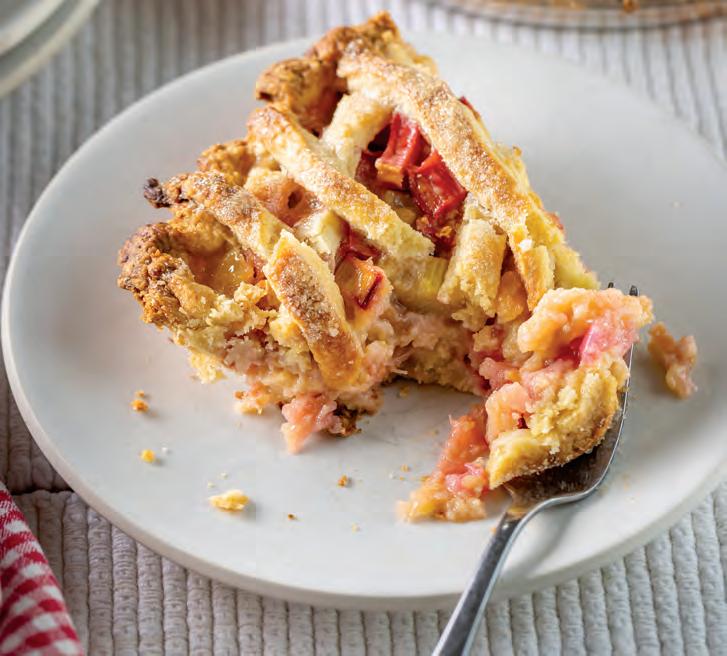
Crust:
2 2/3 cups unbleached flour
2 sticks unsalted butter, chilled
1/2 tsp table salt
1/2 cups orange juice (freshly squeezed or from a carton)
4 Tbsps granulated sugar
Filling:
5 cups fresh rhubarb, washed and sliced into ¼-inch pieces
1 scant cup sugar
2 eggs
1/4 cups flour
DIRECTIONS
1. Preheat the oven to 375 degrees. Have ready a 9-inch pie pan (preferably glass).
2. Mix together the flour, salt, and sugar in a medium bowl. Cut the cold butter into this mixture until you achieve a cornmeal consistency. (To do this, you can use a pastry blender or two knives
slicing crossways to one another, or just use your hands. Alternatively, put all the ingredients into a food processor and pulse until the mixture reaches the desired consistency, then place the mixture into a bowl.)
3. Pour in the orange juice and, using your hands, quickly mix and form the dough into a ball. Cut the ball in half and let it rest for a few minutes.
4. Roll out each half between two pieces of wax paper to ⅛-inch thickness. Refrigerate for at least 10 minutes, until the wax paper will pull away from the dough easily.
5. While the dough is chilling, mix together all the filling ingredients and set aside.
6. Remove one sheet of chilled dough from the fridge and peel off one side of the wax paper. Create the bottom of the pie by placing the sheet, dough side down, into the pie pan, then peeling off the second piece of wax paper. Press
By Rachel Schwartz
I’ve made this pie for over 40 years. Pie dough is pretty standard, with variations occurring in the type of fat used and the specific amounts of salt, sugar, and flour. With salt, I tend to err on the side of less rather than more, but you can add more (and also more sugar) if preferred. My addition of orange juice to the crust is a bit unusual, but I like the result.
Some years ago, we went to the season’s-end sale at Jardin Mahoney and bought a variety of rhubarb called Emerald, which is green rather than red. Peter says this makes my rhubarb pie look like a vegetable pie, but it tastes the same as it would if made with red rhubarb.
Makes one pie
the dough into the pan so no air space remains, then flute the top edges.
7. To make a lattice top, take the second sheet of dough out of the fridge. Remove the top layer of wax paper and cut the dough into strips slightly less than half an inch wide.
8. Scrape the filling into the pie pan. To crosshatch the top with crust, lay down the first half the strips across the entire pie, spacing them evenly. Then place the remaining strips across these at an angle, again, evenly spaced. (I don’t take the time to weave them, because I want to get the pie in the oven quickly once the filling is in the pie pan, to avoid a soggy bottom.) Sprinkle the lattice with sugar.
9. Place the pie on the bottom rack of the oven. Bake for 10 to 12 minutes, then lower the temperature to 350 degrees, and bake for about another 60 minutes. A glass pie pan helps you see whether the bottom is brown enough. When done, the pie should be golden brown on both top and bottom.

Continued from page 64
EH: I was the first of my family to find the Vineyard. I came here as a young person because I was very into cycling — I used to bike from Framingham, where I grew up, down to the Cape during the summer, and eventually to the islands. I fell in love with Nantucket first because of beach access. It was too hard to get around on the Vineyard as a young person, but it was really easy on Nantucket. But the Vineyard had a special place in my heart right when I first showed up.
I loved the racial diversity on Martha’s Vineyard, specifically in Oak Bluffs, that Nantucket didn’t have. There has always been, in [Oak Bluffs], a strong sense of community, and it felt incredibly welcoming whenever I would visit. It’s always been about OB to me. We moved to the Vineyard to create a multigenerational experience. My parents, my children, my partner, and her parents — being able to be under one roof for a finite period of time every year. We bought a home, and it was that classic “be
here for extended family in the summer” that grew into “this is the place we want to raise our kids.”
Freedom, my partner, came here and immediately fell in love with this place. We had one child at the time, and it took me three years to realize that she wasn’t going back to Newton. I’m like, “When were you going to tell me that you were making this place home?” She said, “When you slowed down enough to hear it.” I have always been in sales, and I travel a lot nationally and back then internationally, so I didn’t really know where I lived until I moved to the Vineyard.
BDL: Have you always been passionate about public service?
EH: I am the product of parents that are both advanced degree earners — my father in theology and religion, and my mother in science. There was a purposefulness to our family: why are you here, how are you using up natural resources, how are you making the world a better place?
“There was a purposefulness to our family: why are you here, how are you using up natural resources, how are you making the world a better place?”

I was in the private sector when I was starting out here, but I always felt I wanted to be of service. I sat on numerous boards and have been doing nonprofit social action work my entire adult life. A little over 10 years ago, I decided to run for state rep. Having won in all the towns on the Vineyard and done respectably on Nantucket, I got destroyed on the Cape because of that Island versus nonIsland thing. We spent $60,000 on our campaign, and it was like we hadn’t spent a dollar. There is so much money involved in running for public office. Plus, I was discouraged by this chasm of the Vineyard Sound — by the fact that it was so significant that I couldn’t overcome it.
BDL: What spurred you to get involved with the Oak Bluffs planning board?
EH: I have always been a student of government and of the public sector — how decisions are made in a democracy, what makes it all tick. After a lot of research, I realized that the planning board is essential in the commonwealth of Massachusetts, and often overlooked. One of the highlights of the planning board in Oak Bluffs was their proactive stance on cannabis overlay districts. If you didn’t have a designated area for that kind of business, it could be anywhere. So they very considerately defined areas for cannabis, and I was intrigued by that. But I saw how the planning board in Oak Bluffs had been operating for the last 30 years, and I noticed that it wasn’t being nearly as assertive as it needed to be.
I knocked on over 1,000 doors during my campaign for the planning board, telling people why I was running — because I wanted to see change in the way the board operated. I feel as though the job of the planning board is to know Massachusetts general law, and to execute it as it’s outlined. I have spent the past ten years knowing that many decisions are unpopular, but they are required. For example, our bylaws have not been written with protection of our environment as a principle guideline. Our systems have been designed with commerce in mind. There are going to be decisions that

cost our community money. I think in the long term those decisions are a wise investment, but in the short term it’s lost revenue. There is going to be developed property that should be reclaimed and not developable, which means it comes off the tax rolls. People lose their minds when you say things like that, but we better start thinking about it. The recent “no” vote in Oak Bluffs for the industrial overlay district zoning was very disheartening to me. The idea of overlay districts was to give the planning board tools to regulate development that they didn’t have in areas that will inevitably be developed. Things are so noncompliant and unregulated now, and we don’t have really aggressive tools to regulate land use with environmental concerns in mind.
As the chair of the planning board, I needed to advocate for those businesses that have been constrained by the
BDL: At what point did you decide you wanted to step down from your planning board role?
EH: There came a time recently when I was no longer willing to be constrained by that responsibility as an elected official, I wanted to be an unabashed
“Where do we think all our garbage goes? Where is our plastic going? It’s certainly not going to Sherborn, it’s not going to Weston, it’s not going to Cambridge. We talk about trying to be a community that supports environmental justice, but we discard so much for our convenience. To me, the plastic fields were symbolic of that.”
incursion of residential interests. These operations like Johnny Leite’s junkyard operation, the Goodale’s operation, the boatyard operations — these are 75- or 100-year-old businesses in our community that are being squeezed. We have 95 to 97 percent of the town zoned for residential. Where will you get all your industry essentials?
environmentalist. If what you are doing has downstream implications in traditionally underserved or economically deprived communities, that is the antithesis of environmental justice. If you are going to have a plastic [playing] field that you are going to be able to use for eight to 10 years, and then roll it up and send it to a poor community to deal
with it, that is not environmental justice. If you are saying that you don’t want to source raw materials locally and you want to continue to build, and you think it’s alright to barge in sand and gravel to make the cement because you won’t slow down your consumption, that is the antithesis of environmental justice. We aren’t slowing down growth, so how are we going to grow in an environmentally responsible way?
BDL: What would you consider some of the biggest accomplishments of the planning board during your tenure?
EH: Reconfiguring the skateboard park and the bus stop [by the high school]. Prior to that, you could not get to the bus stop in a safe way if you were physically challenged — it was an island unto itself. We did it with state funding and we spent all the money locally, and we did it quietly so there wasn’t a bunch of controversy.
BDL: What is one environmental concern you want everyone on the Island to be aware of?
EH: Right now, we have nothing built into our systems that effectively curbs behavior of consumption. People don’t know the volume of water that we consume — it’s staggering. We empty our water tank in Oak Bluffs twice in a 24-hour period during the summer. Close to 70 percent of our water consumption is non-household related consumption: irrigation, pools. Right now in Oak Bluffs we are looking at needing a new well. That’s a $10 million or more investment. If we modified 70 percent of that consumption, we wouldn’t need a new well. Let’s say we go to drought-resistant, non-lawn solutions; it’s not just an environmentally good move, it’s going to save us huge money. At some point the paradigm is going to have to change, and the public should shun bright green lawns. But you know how far away we are from convincing everyone that a green lawn is something they should be embarrassed about?
BDL: Tell me about your current role at Public Employees For Environmental Responsibility.How did you first find out about PEER?
EH: PEER is an organization of lawyers who empower public officials who want to speak truth to power. I sought legal advice from them during a time when I felt as if my voice as a public official was being suppressed, along with my ability to operate in my elected position. I first engaged with PEER for their whistleblower expertise. I later became aware of their scientific expertise around forever chemicals and PFAS, and they helped me find subject matter experts. They gave public testimony in front of the MVC [on the Martha’s Vineyard Regional High School project to install a synthetic turf playing field] and the Planning board because, again, I can’t make decisions as an elected official based on my preference; it has to apply to the law. I was impressed with their work, they were impressed with my advocacy, and I was invited to interview to be on the board.
challenged here locally, and I am seeing that play out across the Commonwealth in my current work. Right now, I’m going to other communities [that are dealing with emerging PFAS concerns] and coaching them [on how to deal with the proliferation of PFAS], and using the experience I’ve gained here to help them prepare.

Sherborn, it’s not going to Weston, it’s not going to Cambridge. We talk about trying to be a sustainable community that supports environmental justice, but we discard so much for our convenience. To me, the plastic fields were symbolic of that. Half of our recycling is ineffective because we won’t self-regulate. We won’t clean out our mayonnaise jar before we recycle it, we’ll bury plastic within our newspaper when we put it in the paper section, and send it away to slowly degrade somewhere else.
BDL: What do you think are some of the most important environmental initiatives happening on the Island right now and in the near future?
BDL: Did your time working on the MVRHS athletic campus project change your outlook on public service and environmental activism? What did you learn?
EH: I believe the planning board should have appealed the judge’s ruling on overturning our decision in the case of the high school athletic campus project, but politically there was no appetite to do that. [The efforts to install synthetic turf at the regional high school] had an impact on other parts of the state, and people were really frustrated we didn’t appeal. It got so contentious that there was no way to get the town to stand behind that kind of legal action, because we were suing another public department [the MVRHS school committee].
We saw the national playbook from the plastics industry when we were being
What PEER has learned is that industry interests don’t come in with outside voices — [they] don’t have suits getting off of the boat to show up at town meetings and nobody knows who they are. [They] find like-minded individuals from the community and empower them. To fight that from an environmental advocacy point of view, you have to do the same thing. I’m not going to stand up at a town meeting in Wakefield and tell the community the perils of plastic fields in their communities, but I will work with individuals in Wakefield so they can become advocates.
BDL: Do you see your work as a civil rights activist running parallel with your work as an environmental activist?
EH: On the Vineyard, because of the lack of physical proximity to some of these historically disenfranchised communities, we don’t realize the impact we are having — we just don’t see it. Where do we think all our garbage goes? Where is our plastic going? It’s certainly not going to
EH: There are so many examples of some really encouraging work being done here. We have to get more people informed about and connected with these resources. We want people who visit the Island and work here in the summer to know about the water refill stations where you can get filtered water. We want to get more people on the VTA. I am a huge fan of Angie Gompert and what she is doing with her fully electric bus fleet. Public transit here is actually very convenient and reliable, but there are so many people who have no idea. You can actually download an app and you can see on a map exactly where the bus is.
Vineyard Conservation Society is one of the most promising organizations. I am so excited to be on its board. I’m not going to be doing the presentations — that’s Samantha Look, that’s Signe Benjamin, that’s Jeremy Houser. I love these folks, and they are doing amazing work. Whether it’s legal advocacy, temporary land ownership, or education, VCS has always morphed to what is needed to protect our environment. I think everyone who lives here should really support and be cheerleaders for these kinds of efforts, because the environmental challenges we face as an island have to be met by the entire community.


The longtime, now-retired Oak Bluffs planner is diving headfirst into environmental activism.
By Lucas Thors
Oak Bluffs resident Ewell Hopkins is known around town for his commitment to the community. First elected to the OB planning board in 2014, he recently served as chair and was part of some of the town’s most critical and sometimes controversial oversight decisions, including whether the Martha’s Vineyard Regional High School should install an artificial turf field. The planning board ended up denying a special permit for the installation, citing concerns with water contamination in the town. But the board’s decision was overruled by a land court judge, citing a zoning law that exempts schools, allowing the project to move forward.
“I didn’t really know where I lived until I moved to the Vineyard.”
Hopkins recently stepped down from his position on the board to focus his attention on another one of his lifelong passions: environmental activism. He’s a board member with the Vineyard Conservation Society as well as the Public Employees for Environmental Responsibility (PEER) group, an organization that supports public employees who want to advocate for environmental accountability in their agencies.
Following his retirement from the planning board, Hopkins spoke with Bluedot Living reporter Lucas Thors about his passion for public service and environmental advocacy, how he found the Vineyard and became a town planner, and what he’s up to now.
BDL: How did you first come to Martha’s Vineyard? What made you decide to make Oak Bluffs your home?
Continued on page 61
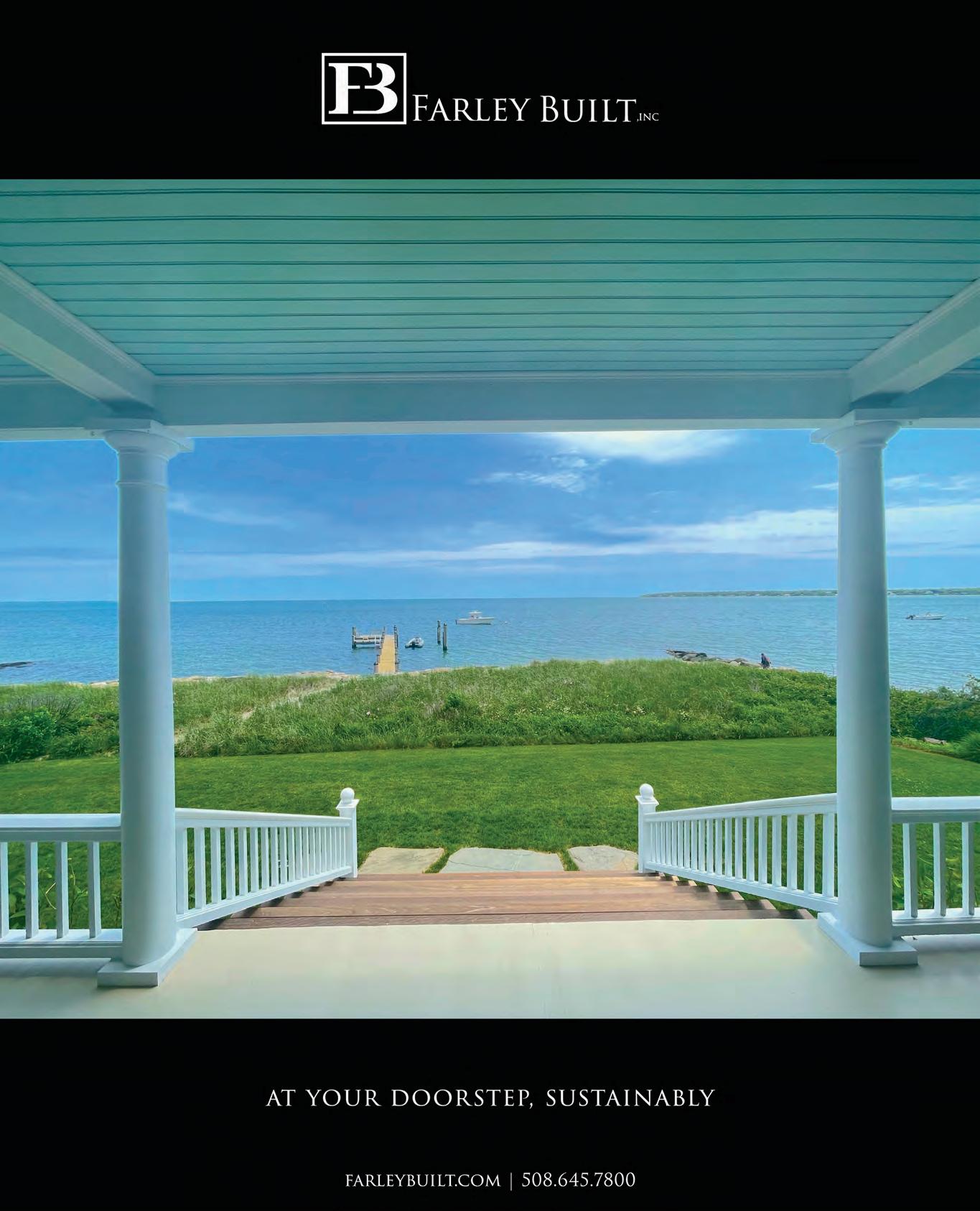


508.696.9999 West Tisbury
508.645.2628 Chilmark
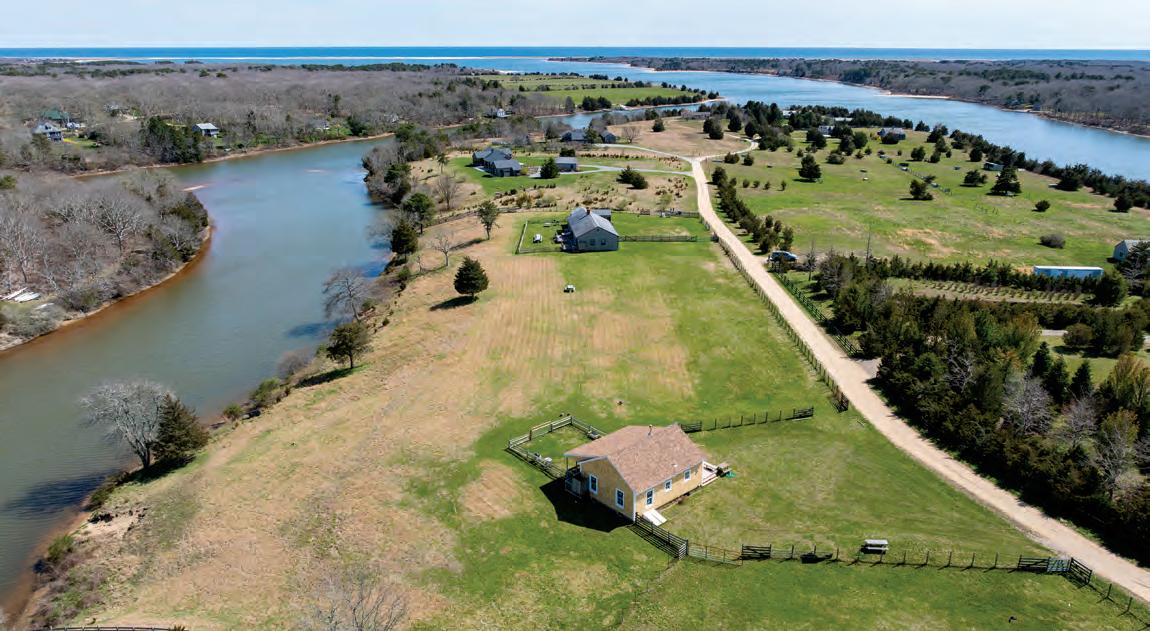
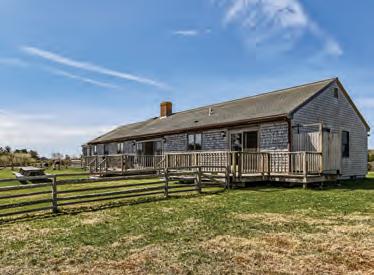
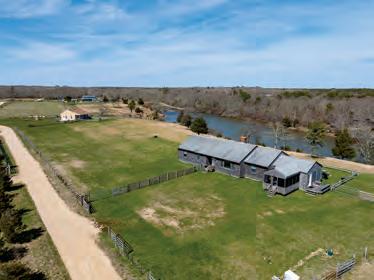
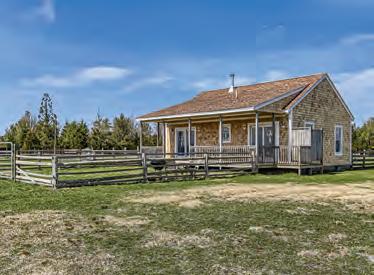
An exceptional 3.2 acre waterfront property on the Tisbury Great Pond, that has two homes and a permitted dock. Just a short drive from the village and Alley’s General Store the location also offers tranquility and privacy surrounded by nature - the best of both worlds! Keep several boats and motor out from Pear Tree Cove to the south shore Atlantic sandy beach at Long Point and the Land Bank. The property consists of a four-bedroom, three-bath main home, and a two-bedroom, two-bathroom guesthouse with a strong rental history in this very desirable area of West Tisbury. The existing infrastructure is ready to live in now or plan to renovate or rebuild the home of your dreams with unobstructed water views ready to enjoy. Exclusively offered at $5,300,000
